
- WHERE TO GO
- CHERRY BLOSSOMS
- FALL COLORS

Kyoto in November can be perfect for fall colors! + Things to do in Kyoto Japan in November
Is november a good month to visit kyoto.
Yes, November can be a great time to visit Kyoto if you are looking for fall colors!
Since it’s nature, the exact time of the month that is best for the changing colors of the leaves can vary from year to year depending on when it starts to get cold.
But in general, there’s a good chance you will see vibrant fall colors if you visit Kyoto in November!

There are some higher elevation spots in Kyoto that may be well past peak fall colors in November.
But lower elevation areas (like the main Kyoto city area) will have yellow, orange, and red leaves!
There are a lot of places to see red, orange, and yellow if you are in Kyoto in November!
You might even be able to see fall colors into early December.
And, Kyoto can be a perfect place to see fall colors in Japan because there are lots of temples which can make for a perfect backdrop to those fall colors!
Things to do in Kyoto in November

Again, your experience with Kyoto in November can vary based on whether the current year is cooler than usual (peak color will come sooner) or warmer than usual (peak color will come later).
I was in Kyoto in November in 2019. This was late November.
This means that you can also use this to judge the places that might have peak fall foliage time earlier (if you see some pictures that have shots of leafless tress) and places that might have fall foliage time later (if you see some pictures that have a mix of green and yellow in them too).
While I did this November photo walk when it was generally considered to be peak around the city, I did miss out on seeing fall colors in places like Kurama and Kibune , as well as Mount Hiei. (aka places at higher elevation that get fall colors earlier!)
1. Tofukuji Temple

2. Chishaku-In Temple

3. Myoho-In Temple

4. Kiyomizu-dera Temple

- Kumano Kodo ancient pilgrimage trail (temples and shrines through the mountains)
- Must-see sumo show
- Traditional yukatabune dinner cruise
- Fun ninja lesson
- Koyasan pilgrimage temple town

5. Daimonji-yama hike

6. Ginkakuji Temple

7. Philosopher’s Path walk

8. Honen-In Temple

9. Eikando Temple

10. Nanzenji Temple

Kyoto itinerary for November
This is how I did Kyoto in late November!
Actually it was 2 days in November and 1 day in December. I did this Kyoto fall colors walk on back-to-back(-to-back) days.
This can be perfect if it’s your first trip to Japan because it can give allow you to see some fall colors while also taking in some of what Kyoto (and Japan!) is known for – the history and culture!
DAY 1: Walk from Tofukuji to Kiyomizu-dera
- Tofukuji Temple (including the zen garden )
- Chishaku-In Temple
- Myoho-In Temple
- Kiyomizu-dera Temple
DAY 2: Around the Philosopher’s Path
- Daimonji-yama hike
- Ginkakuji Temple
- Philosopher’s Path walk
- Honen-In Temple
- Eikando Temple
- Nanzenji Temple
DAY 3: Around Arashiyama
- Hokyo-in Temple
- Nison-In Temple
- Jojakkoji Temple
- Okochi Sanso Gardens
- Arashiyama bamboo forest
- Tenryuji Temple
Cup of tea in November
At many temples, there will also be an outdoor seating area so you can enjoy a cup of tea or another sort of small snack, and even possibly a meal.
This can be a way to try matcha green tea (that Kyoto is famous for) surrounded by colorful trees!

HAPPY SEEING KYOTO IN NOVEMBER!
Is a jr pass worth it.
- Google maps can make it easy to figure out whether or not you should get a JR pass!
- In google maps, type in your departure and arrival city, and choose the transit icon. The route will come up, and so will the estimated cost at the bottom!
- Here is an example of a train route with cost on google maps.
- So do that for all of your long distance routes to figure out how much it might cost.
- Next, go here to see how much a JR pass costs from an official JR pass vendor (and partner of this website).
- And compare!
- Not all forms of public transportation are JR, but long distance shinkansen bullet trains are, and that's where the most cost savings will come.
Best of Kyoto (and Japan!)
- Best temples to visit in Kyoto
- Japanese gardens in Kyoto
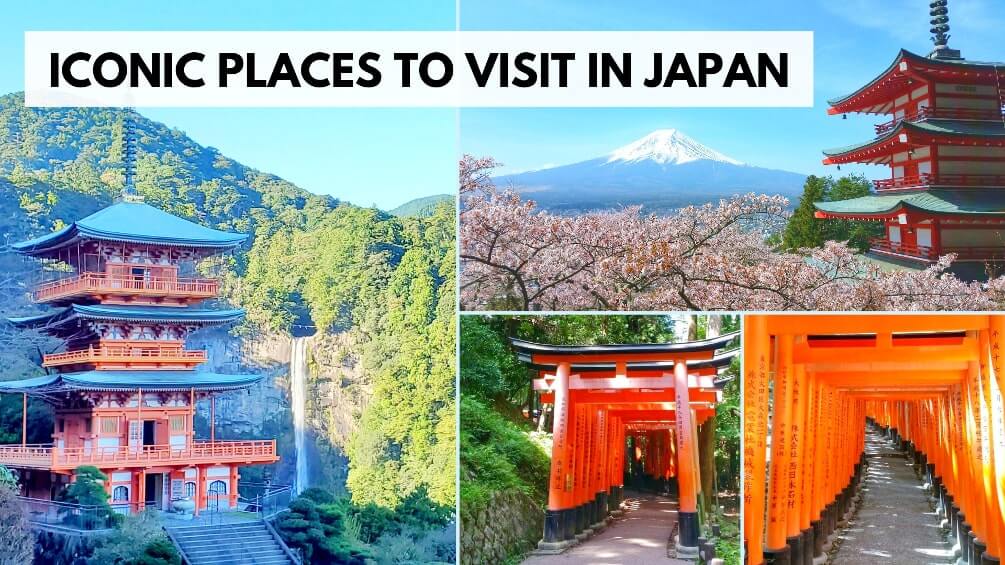
When to plan a trip to Kyoto

Dec 9, 2023 • 7 min read

Nature brings a different atmosphere to Kyoto with each passing season © Patchareeporn Sakoolchai / Getty Images
Like a maiko (apprentice geisha), who has a different hairpin for every month of the year, Kyoto is highly attuned to the seasons – and your travel plans should be, too. Make the most of your time here by seeking out the experiences and tastes that define each season, from winter snows to spring cherry blossoms.
The city's famous traditional Japanese architecture looks great in all types of weather, but there's something especially wonderful about viewing Kyoto's temples in the snow. Factor in Kyoto's full calendar of festivals and sophisticated food scene , and it's always a good time to visit. Here's our guide on the best times to go.
Come in low season (mid-December to February) for snow-covered temples and peaceful exploration
Winter is a quiet time in Kyoto. Cold temperatures keep most visitors away, but the city has plenty of winter charm. It occasionally snows in January and February, and the blanket of white adds a magical quality to temples such as Kinkaku-ji . After sightseeing, soaking in the relaxing waters of an onsen (hot spring) is the perfect way to ward off the winter chill.
Winter visitors will have more choice of accommodations and can take advantage of lower rates and off-season discounts. If you’re in Kyoto over the New Year holiday, bear in mind that many restaurants, shops, museums and similar businesses close from around December 29 to January 3 for Ōmisoka (the last day of the year). However, visiting one of the city’s big temples on New Year’s Eve is definitely a memorable way to mark the occasion.

Shoulder season (June to September) is the best time for festivals and cultural events
Summer is festival season in Kyoto with a packed calendar of unforgettable celebrations. The biggest of these is Gion Matsuri, which features lively street parties and colorful parades where performers pull huge wooden floats through downtown. The summer weather is hot and muggy, and June and July see frequent rain showers, but the city’s Japanese gardens, including the lush moss garden at Giō-ji , are at their verdant best after these downpours.
The heat and humidity tend to keep the crowds at bay during the summer, with the exception of key events and festivals, making this a good time to explore Kyoto's diverse neighborhoods . The O-Bon holiday in August is another peak time for domestic travel, and accommodation rates often spike during this week.

High season (March to May and October to mid-December) brings cherry blossoms and fall foliage
Kyoto’s peak travel periods are aligned with the cycles of nature, with the spring cherry blossoms and fall foliage both attracting huge numbers of domestic and international visitors. So long as you don’t mind crowds, traveling during these colorful seasons allows you to experience Kyoto at its prettiest and also to enjoy the best weather. Both spring and fall see comfortable temperatures and pleasant conditions that are perfect for exploring the city or hiking in the nearby mountains.
The sakura (cherry blossom) season usually begins in late March or early April, transforming the city into an ethereal sea of pale pink flowers. It's a stunning sight to behold, and crowds descend on Kyoto's sublime gardens and parks to admire the ephemeral display. Some of the most beautiful locations for hanami (flower viewing) include Maruyama Kōen , the Path of Philosophy and Heian Jingu , but be aware that these spots get very busy. Accommodations are at their most expensive, and you’ll normally have to book a year or so in advance. Kyoto explodes into color again come fall, when the city's maples and other deciduous trees change to the deep reds, brilliant golds and fiery oranges of autumn. Peak kōyō (fall foliage) season is from mid-November to early December, with temples staying open late into the evening for special illumination events. Head to Eikan-dō , Tōfuku-ji or Kiyomizu-dera for the most vibrant displays, but be prepared to share them with a crowd. Accommodation costs are higher at this time of year, too, and reservations need to be made several months in advance.

January brings calm quiet to Kyoto
Kyoto comes gently back to life after the lull of the New Year holiday (most places reopen on January 2 or 3). It’s cold, but not too cold for traveling, and the city is uncrowded. Key events: Hatsumōde, Tōshiya
February is the time to see temples in the snow
It’s still cold and quiet in February, and snow is possible in the city (but usually melts by noon). The mountains to the north may be covered in snow all month. Get up early for photo ops of temples dusted with snow. Key events: Setsubun Matsuri
March sees plum blossoms give way to cherry blossoms
By March, Kyoto is beginning to warm up. Plum trees usually bloom in mid-March, and the cherry blossoms normally start to emerge by month's end, drawing huge crowds. If you haven't booked months ahead, you'll struggle to find accommodations. Key events: Higashiyama Hanatouro illuminations, plum blossom viewing

April is the peak month for cherry blossom viewing
Spring is in full swing by April, although mornings and evenings can still be chilly. The cherry blossoms usually peak in early April, which means thick crowds in all sightseeing districts of Kyoto and heavy demand for accommodations. Key events: Cherry blossom viewing ( hanami )
May sees smaller crowds and warmer temperatures
May is one of the best months to visit Kyoto. It’s warm and sunny, and the blossoms are still blooming. Golden Week holidays (April 29 to May 5) bring huge numbers of domestic tourists, so book accommodations and transport well in advance. Key events: Yabusame at Shimogamo-jinja, Aoi Matsuri ( Hollyhock Festival), Golden Week Holidays
June is calm and comfortable, with occasional showers
June is a lovely time to visit Kyoto: it’s warm but not sweltering, and the new green leaves decorating the trees are truly beautiful. However, it’s also the wettest month, so expect occasional downpours. Key events: Takigi Nō

July brings the heat – carry a fan!
When the rainy season ends in late June or early July, the heat cranks up, and it can be very hot and sticky in Kyoto. Still, if you don’t mind sweating a bit, it’s a fun time to be in the city as Kyoto celebrates its biggest festival, Gion Matsuri, across the entire month. Key events : Gion Matsuri
August humidity keeps away the crowds
August is hot and humid in Kyoto, but the skies are usually clear and most tourist sites are uncrowded, except during the O-Bon holiday in mid-August – book accommodations ahead during this three-day break (and for several days either side). Key events: Daimon-ji Gozan Okuribi, Tōki Matsuri, O-Bon
September brings a welcome drop in temperature
Sometime in mid-September, the heat breaks, cool breezes whoosh in and temperatures become very pleasant in Kyoto. Skies are generally clear, and the city is not too busy, making it a great time to explore the sights . Key events: Karasu Zumō, Kyoto International Manga Anime Fair
October brings sunny, bright weather for sightseeing
October is one of the best months to visit Kyoto. The weather fluctuates between warm and cool, and it’s usually sunny. The leaves start changing color at the end of the month, particularly in the hills. Key events: Jidai Matsuri, Kurama Hi Matsuri, Kyoto Experiment
November sees Kyoto blaze with fall colors
November rivals October and late spring as the best time to visit Kyoto. Skies are clear, and temperatures are pleasantly cool. Fall foliage usually peaks late in the month, and the city gets crowded. Key events: Fall foliage ( kōyō ) viewing
December is quiet in Kyoto as venues close for Ōmisoka
December is cool to cold in Kyoto. The fall foliage might still be good early in the month. Most shops, museums and restaurants shut down around December 29, but transport still runs, and accommodations are open. Almost all temples and shrines stay open throughout the New Year period. Key events: Ōmisoka
This article was first published Feb 18, 2021 and updated Dec 9, 2023.
Explore related stories

Destination Practicalities
Jun 12, 2024 • 8 min read
Get to know Osaka, Japan's friendliest city, with this first-timer's guide.

May 1, 2024 • 9 min read

Apr 2, 2024 • 10 min read

Mar 28, 2024 • 6 min read
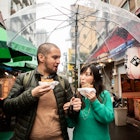
Mar 28, 2024 • 11 min read

Mar 26, 2024 • 8 min read

Mar 23, 2024 • 17 min read

Mar 1, 2024 • 6 min read
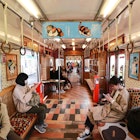
Feb 9, 2024 • 9 min read

Things To Do In Kyoto In November 2023: Kyoto’s Best November Events & Festivals
- Kyoto , Things To Do
November in Kyoto is a time of enchantment, filled with captivating events and cultural experiences.
In this vibrant month, visitors will have the opportunity to witness the mesmerizing Gion Odori, a long-standing show featuring the skillful and elegant maiko and geiko.

Alongside this, the Kyokusui no Utage at Jonangu Shrine offers a graceful dance performance by Shirabyoshi female dancers, accompanied by the recitation of verses by poets.
For those seeking a taste of tradition, the Hitaki-sai Fire Festival and other autumn delights await.
Look forward to immersing yourself in the magical world of geisha dances, fire festivals, and the rich cultural heritage of Kyoto in November.
Key Takeaways
- Kyoto’s November is filled with enchanting events such as the Gion Odori and Kyokusui no Utage, showcasing the skill and elegance of maiko and geiko, as well as traditional dances and poetry recitations.
- The Hitaki-sai Fire Festival in various shrines in Kyoto, particularly Fushimi Inari Shrine, is a spectacular display of fire rituals and prayers, symbolizing gratitude and unity.
- Other attractions in Kyoto during November include the Kodai-ji Autumn Illumination, Kyokusui no En at Kitano Tenmangū Shrine, Ikenobo Autumn Tanabada Exhibition, Umekoji Park Handicrafts Market, and Ennichi (Tenjin-san) Market at Kitano Tenmangu Shrine.
- These events and attractions showcase the beauty of autumn in Kyoto, offering visitors a chance to immerse themselves in traditional Japanese culture and experience the enchantment of the city.
Gion Odori: A Showcase of Maiko and Geiko Skills
Gion Odori, one of Kyoto’s longest-running shows, showcases the skill, elegance, and dedication of maiko and geiko as they perform their captivating dances. Started in 1894, this enchanting event has become a beloved tradition in Kyoto.
The maiko and geiko, with their intricate costumes and graceful movements, transport the audience to a world of beauty and grace. The performances take place twice daily at 13:30 and 16:00, allowing visitors to choose a time that suits them best.
Tickets range from 3,500 to 5,000 yen, offering an affordable opportunity to witness the splendor of Kyoto’s geisha culture. For an additional 600 yen, attendees can also purchase a program booklet, providing further insight into the performances.
Gion Odori is truly a spectacle not to be missed, offering a glimpse into the world of the geisha and their timeless artistry.
Kagai Districts: Exquisite Geisha Dances in Kyoto
The Kagai districts in Kyoto organize large-scale dances, with the Gion Higashi district standing out for its exquisite performances. The geisha dances in Kyoto are a mesmerizing display of artistry and tradition, showcasing the grace and elegance of the geiko and maiko.
These dances are a unique cultural experience that should not be missed when visiting Kyoto in November. Here are five reasons why the geisha dances in the Kagai districts are a must-see:
- Immerse yourself in the world of geisha and witness their impeccable skills and dedication.
- Experience the enchantment of traditional Japanese dance and music.
- Marvel at the intricate and ornate costumes worn by the geiko and maiko.
- Be captivated by the storytelling and emotion conveyed through the dances.
- Appreciate the centuries-old traditions and customs that are still preserved today.
Don’t miss the opportunity to witness these exquisite geisha dances in Kyoto’s Kagai districts this November. It’s an experience that will leave you in awe and deepen your appreciation for Japanese culture.
Aki Matsuri at Tanukidani-san Fudō-in Temple: Embracing the Change of Seasons
Visitors to Kyoto in November can embrace the change of seasons by attending the Aki Matsuri at Tanukidani-san Fudō-in Temple. At this vibrant festival, they can experience a purification ceremony and witness the throwing of wooden tablets into a sacred bonfire.
The purification ceremony cleanses the spirit and brings a sense of renewal. It is a chance for visitors to let go of negative energy and make wishes for the future.
The Aki Matsuri at Tanukidani-san Fudō-in Temple is a true spectacle, filled with energy, color, and tradition. It offers a unique cultural experience and allows visitors to immerse themselves in the rich cultural heritage of Kyoto.
Don’t miss this enchanting event that captures the essence of the season and provides an opportunity to connect with the local community.
Kyokusui No Utage at Jonangu Shrine: Poets and Shirabyoshi Dancers
Poets dressed in Heian court attire recite verses by a winding river during Kyokusui No Utage at Jonangu Shrine, where Shirabyoshi dancers gracefully perform. This biannual event, rooted in the Nara and Heian periods, celebrates poetry and dance in a picturesque setting.
Here are five reasons why you should not miss Kyokusui No Utage at Jonangu Shrine:
- Immerse yourself in the beauty of traditional poetry as talented poets recite verses inspired by The Tale of Genji.
- Witness the elegant movements of the Shirabyoshi dancers, who bring ancient dances to life with their graceful performances.
- Explore the stunning Shinen Garden, which is open to the public for free during the event and showcases five different garden styles.
- Indulge in the traditional matcha tea and sweets served by maiko shrine maidens, adding a touch of authenticity to the experience.
- Experience the enchanting atmosphere of this unique event, where history, art, and nature seamlessly blend together.
Hitaki-sai Fire Festival: Celebrating Harvest and Inari Shrines
During the Hitaki-sai Fire Festival, worshippers contribute prayer sticks tossed into flames, symbolizing gratitude and the connection between people and the environment. This ancient festival, originating from the Edo Period, is celebrated in various shrines across Kyoto.
However, the most impressive display takes place at Fushimi Inari Shrine, where an astounding 100,000 prayer sticks are thrown into the flames. The festival begins with a purification ceremony, followed by a mesmerizing kagura dance performed by priestesses. It is a grand spectacle that blends fire and tradition, captivating both locals and travelers alike.
The Hitaki-sai Fire Festival is not only a time for celebration, but also a time to reflect on our relationship with nature and express our gratitude for the harvest season. It is a truly enchanting event that showcases the rich cultural heritage of Kyoto.
Kodai-ji Autumn Illumination: Vibrant Colors and Cultural Experiences
The Kodai-ji Autumn Illumination at Kodai-ji Temple showcases vibrant autumn colors in the garden and offers cultural experiences such as a traditional tea ceremony and authentic Japanese meals.
Visitors can immerse themselves in the beauty of the season as they stroll through the illuminated paths, surrounded by the stunning red, orange, and yellow hues of the autumn foliage.
The traditional tea ceremony allows guests to experience the elegance and tranquility of Japanese culture, while the authentic Japanese meals provide a delicious taste of local cuisine.
Whether it’s enjoying the breathtaking scenery or participating in cultural activities, the Kodai-ji Autumn Illumination offers a truly enchanting experience for all.
Don’t miss the chance to be captivated by the vibrant colors and rich cultural heritage of Kyoto during this special time of year.
Kyokusui No En at Kitano Tenmangū Shrine: Sake and Poetry Flow
Visitors at the Kyokusui No En event at Kitano Tenmangū Shrine can savor the flowing nature of life and its beauty as they write poems before the cup of sake reaches them.
This enchanting event takes place biannually in April and November, with roots dating back to the Nara and Heian periods.
Dressed in elegant Heian court attire, poets recite verses inspired by The Tale of Genji, while Shirabyoshi female dancers perform a graceful dance.
The picturesque Shinen Garden is open to the public during the event, featuring five different garden styles.
To enhance the experience, traditional matcha tea and sweets are served by maiko shrine maidens.
Kyokusui No En offers a unique opportunity to immerse oneself in the rich cultural traditions of Kyoto while being surrounded by the tranquility and beauty of nature.
Ikenobo Autumn Tanabata Exhibition: Chrysanthemums Symbolizing Autumn’s Beauty
Ikenobo Autumn Tanabata Exhibition showcases masterfully crafted Chrysanthemums, vibrant flowers that symbolize the beauty of autumn.
This breathtaking exhibition takes place in Kyoto, Japan, and is a must-see for flower enthusiasts and nature lovers alike.
The exhibition features a stunning display of Chrysanthemums in various colors, shapes, and sizes, each meticulously arranged by skilled artisans.
Visitors can marvel at the intricate designs and delicate beauty of these flowers, which have been revered in Japanese culture for centuries.
The Ikenobo Autumn Tanabata Exhibition offers a unique opportunity to experience the essence of autumn through the artistry of Chrysanthemums.
Whether you are a fan of flowers or simply appreciate the wonders of nature, this exhibition is sure to captivate your senses and leave you feeling inspired.
Frequently Asked Questions
How long has gion odori been running in kyoto.
Gion Odori has been running in Kyoto since 1894, making it one of the city’s longest-running shows. It features maiko and geiko showcasing their skill, elegance, and dedication to their craft.
What Is the Significance of the Kagai Districts in Kyoto?
The Kagai districts in Kyoto hold large-scale geisha dances, with the Gion Higashi district standing out for its Gion Odori performance in November. These districts are significant in preserving and showcasing the traditional arts and culture of Kyoto.
What Activities Are Involved in the Aki Matsuri at Tanukidani-San Fudō-In Temple?
The Aki Matsuri at Tanukidani-san Fudō-in Temple is a vibrant celebration of the changing seasons. It includes a purification ceremony, the throwing of wooden tablets into a sacred bonfire, and a joyful atmosphere filled with autumn delights.
How Often Is the Kyokusui No Utage Event Held at Jonangu Shrine?
The Kyokusui no Utage event at Jonangu Shrine is held biannually in April and November. Poets dressed in Heian court attire recite verses by a winding river, while Shirabyoshi female dancers perform a graceful dance.
What Is the Cultural Significance of the Hitaki-Sai Fire Festival in Kyoto?
The Hitaki-sai Fire Festival in Kyoto holds cultural significance as it celebrates the harvest season and Inari Shrines. Through fire rituals and prayers, it symbolizes gratitude, unity, and the connection between people and the environment.
To sum it up, November in Kyoto offers an enchanting blend of cultural experiences and autumn delights.
From the mesmerizing Gion Odori showcasing the skill and elegance of maiko and geiko, to the graceful dances of Shirabyoshi performers at the Kyokusui no Utage, there is something for everyone to enjoy.
The Hitaki-sai Fire Festival adds a touch of excitement and celebration to the harvest season, while the Kodai-ji Autumn Illumination immerses visitors in vibrant colors and cultural experiences.
With so many events and attractions to explore, November is the perfect time to visit Kyoto and witness the magic firsthand.
Related Posts

Private Airport Transfer Kansai Airport in Kyoto Using Hiace
- December 31, 2023

Samurai Experience & Kenbu Show in Kyoto

Perfect 4 Day Sightseeing in Japan
- Tours & Experiences
- Tailor-made Trips
- Bahasa Indonesia
We are happy to see you again!
Continue with
Or use email.
No Account? Create one
Create account
Already have an account? Sign in
Quickly Sign up with
I agree to Japan Travel's Terms of Service and Privacy Policy . Terms of--> and acknowledge that Japan Travel's Privacy--> applies to me.-->
Email reset password link
Please check your inbox and click the link we will send to you.
Autumn in Kyoto
It's time for colored leaves and cool breezes

Autumn in Kyoto is a special time. Granted that any time of year is beautiful in Kyoto, but fall is especially lovely. Let’s discover the best places for fall colors in Kyoto.
Kyoto’s best autumn leaves
Get your camera ready! Here are our top picks for places to see the koyo or colored leaves in Kyoto:
1. Kiyomizu-dera Temple
Renowned for its springtime cherry blossom, Kiyomizu-dera Temple with its high deck views and long history may also be the #1 spot to hit for those famous autumn leaves. It will definitely be crowded but it will also prove to be a gorgeous autumn experience . Try to avoid the rush of crowds by visiting in the very early morning or on weekdays.
- 1-294 Shimizu, Higashiyama-ku, Kyoto, Kyoto Prefecture
- 6:00 - 18:30 (Open Now)
- ¥200 - ¥400
2. Tofuku-ji Temple
With a similar ambiance to Kiyomizu-dera Temple, Tofuku-ji Temple will entrance you with its canopy of crimson and gold leaves. You’ll be able to see the surrounding forest from the observation deck. Once you’ve admired the trees from above be sure to go for a walk through the grounds for yet another charming view.
- 15 Chome-778 Honmachi, Higashiyama Ward, Kyoto
- 9:00 - 16:30 (Open Now)
3. Tenryuji Temple and Sogenchi Garden
If you’re searching for a bit of meditation and solitude this autumn, you could do worse than a visit to Tenryuji Temple and Sogenchi Garden on its premises. This pay-to-enter area is praised for its pure atmosphere. The colored leaves reflecting on the garden pond and the distant colored leaves of Arashiyama make for a beautiful sight. Travel even farther to visit the nearby Kameyama Park and take a stroll through the leaves or the Arashiyama Monkey Park to see the red-faced primates also enjoying the autumn foliage.
- 68 Susukinobaba-cho, Saga-Tenryuji, Ukyo-ku, Kyoto
- 8:30 - 17:30 (Open Now)
4. Nanzen-ji Temple
The autumn leaves surrounding Nanzen-ji Temple ’s rock garden make for a lovely contrast and create a space of ultimate Zen. Nearby, you’ll find an aqueduct overgrown with plants and moss, which become a perfect centerpiece for another scene of autumn with its red-brick arches ensconced by autumn leaves. This temple is also famous for its autumn night illumination.
- 606-8435 Kyoto, Sakyo Ward, Nanzenji Fukuchicho, 86
- 8:45 - 17:00 (Open Now)
5. Shinnyo-do Temple
Picturesque pagodas framed by vermilion leaves and a stone walkway – this is what awaits at Shinnyo-do Temple in autumn. This little known gem remains uncrowded despite its autumnal beauty and lets visitors enjoy a leisurely walk unobstructed by crowds. Being only a 20-minute walk from Ginkaku-ji puts this spot on the must-see for autumn leaves.

Kyoto’s Temple of Genuine Paradise
Shinnyodo Temple is a zen zone of peace and quiet because of its bounteous green gardens.
Autumn events in Kyoto
While you’re in Kyoto for the leaves, don’t miss out on these other autumn events. Do remember to check the current status of these events in case of scheduling changes due to weather or Covid-19.
1. Kodai-ji Autumn Illumination
From late October to early December, guests to Kodai-ji Temple can slip into a fantasy world of illuminated trees spun from gold reflected in serene ponds like an oil painting on a black canvas. The light-up begins after sunset and goes until 9:30 pm. Be on the lookout for their special projection mapping events for an even more spectacular sight.
2. Gion Odori
Maybe not a famous autumn vista but it is indeed a famous autumn event. The Gion Odori showcases Kyoto’s traditional maiko and geiko dances and music. This event is usually held in early November for ten days at Gion Kaikan near Yasaka and it is definitely a testament to the lifestyle and rigorous training that these ladies endure for their art.
3. Kobo-san Market
The Kobo-san Market is held on the 21st of every month but it reaches huge sizes during autumn, making this the perfect time to snag a deal. Held at To-ji Temple , the market is named to honor the anniversary of To-ji Temple’s founder. This day sees the usually austere temple grounds transformed into a bustling market of wares; from kimono to plates to stationery to geta sandals, you can find just about anything!
Autumn foods
Of course, what is autumn in Japan without some seasonal foods. Be sure to try these autumn dishes that Kyoto specializes in:
1. Kyoto matsutake mushrooms
These admittedly expensive mushrooms have been beloved in Kyoto for centuries. They grow under red pine trees, ergo the name matsutake or “pine mushroom”. These rich and smoky mushrooms are typically used in broths or cooked in rice to bring out their full flavor. Unable to be cultivated, matsutake are all harvested in the wild. Be on the lookout for matsutake gohan , tempura, or matsutake dobin mushi if you want to try these autumn Kyoto dishes.
2. Kuri gohan
The subtle sweetness of chestnuts is a hugely popular autumn treat all around Japan but kuri gohan or “chestnut rice” is a traditional Kyoto dish that dates back to long ago. Although roasting and peeling the chestnuts can be a laborious task, the final product is well worth the time. Sometimes, the dish is served with black sesame seeds or even a sticky-sweet sauce of sugar and soy sauce.
3. Mizuna hotpot
This dish can be vegan or include meat for the carnivores out there. Mizuna is a type of locally grown leafy green also called Japanese mustard greens. It has a piquant and mild pepper flavor that lends itself well to use in soups and broths, making it perfect for hotpot. If you’re lucky, your hotpot will also have some of those rare and delicious matsutake mushrooms in it too.
Autumn in Kyoto: What to expect
The weather in Kyoto in autumn is much milder than the summer and just before the chilling sting of winter arrives. But most importantly, with the arrival of autumn comes those gorgeous colored leaves known as koyo . Look forward to temperatures between 23ºC and 28ºC.
Mid-November is generally the best time to see Kyoto colors, but they begin changing from mid-October and usually last until mid-December. Be prepared for some crowds during peak season, especially at the more popular spots.
Autumn is generally one of the more popular times of the year for visits to Kyoto and for this reason, it is wise to book further ahead when it comes to accommodation and transport arrangements.
- Share on Facebook
- Share on X (Twitter)
- Copy link to share
By Serena Ogawa
Community writer

Information
Kyoto City ( Directions )
Explore nearby

Kyoto Shijo Fukujuen Tea Ceremony
By Bonson Lam

A Walk through Kyoto's Kitchen
By Ellice Tan

Kyoto's Grand Nishiki Market
By Audrey Foo

Bistro Petit Lapin
By Mandy Bartok
Top Articles
- Recommended

Discover the Magic of Yuzen Dyeing

Shake Shack Shibuya

Cicada Sake and Teahouse

Experience the Sansha Taisai Festival!

The Bridge of Dreams

Sake at the Foot of Mount Fuji

Nintendo Museum Coming Autumn 2024

Japan To Issue New Banknotes in July 2024

AN ANCIENT ART

Sakaemachi After Dark

Guide to Bringing Medicines Into Japan

Your Name: Real-Life Locations in Tokyo

Gion Matsuri

Hachiko Statue in Shibuya

Japanese Urban Legends

Shibuya Crossing

Daikoku Car Meet

Sanno Matsuri

Guide to Suica Cards

The Ultimate Guide to Thrifting in Tokyo
More from this category, guide to bringing medicines into...
By Japan Travel

Money in Japan
By Tom Roseveare

A Guide to Japanese Visas

Guide to Golden Week
By Veronica Carnevale
Join the discussion

Let us know how we can help.
Help us improve JapanTravel.com
We welcome any suggestions regarding this content. Your feedback is confidential and will be used to help improve this page.
Suggest an edit
https://en.japantravel.com/kyoto/autumn-in-kyoto/64069
Thank you for your support!
Your feedback has been sent.

Things to do in Kyoto in November
Navigate forward to interact with the calendar and select a date. Press the question mark key to get the keyboard shortcuts for changing dates.
Navigate backward to interact with the calendar and select a date. Press the question mark key to get the keyboard shortcuts for changing dates.
Looking for a different month?
November is a great time to visit Kyoto . The weather is usually moderately chilly with a gentle breeze, with temperatures ranging from 44—59°F (6—15°C). There are plenty of events to check out and activities to try in Kyoto during this time. Some of our top recommendations: visit the Eikando Temple for the autumn light-up event, explore the Philosopher's Path for the autumn scenery, visit the Arashiyama Bamboo Grove, and more!
Kyoto has plenty to offer for visitors of all ages and interests. In this article, we tell you the top things to see and do for your November trip to Kyoto. Get inspired by the events, activities, attractions, and experiences unique to November. We’ll let you know where to explore events based on your interests, whether that’s food, culture, art, music, sport or others.
We’ll let you know everything you need to prepare for the weather in Kyoto in November. Learn about what to wear and pack for your trip, the average temperatures throughout November, temperature changes from morning to evening and much more.
Table of contents
- Experiences
- Weather and what to wear
- Attractions

Best events and things to do in Kyoto in November
Top experiences in november, visit the eikando temple for the autumn light-up event, explore the philosopher's path for the autumn scenery, visit the arashiyama bamboo grove, participate in the momiji maple leaf viewing, try the seasonal kaiseki cuisine, take a boat ride on the hozugawa river, holidays in kyoto in november.
- Culture Day ( November 3 — 4 )
- 7-5-3 Day ( November 15 )
- Labor Thanksgiving Day ( November 23 )
Other notable holidays
- Sports Day ( October 14 )
- Christmas ( December 25 )
- December 31 Bank Holiday ( December 31 )
- New Year's Day ( January 1 )
- January 1 Bank Holiday ( January 1 )
- January 2 Bank Holiday ( January 2 )
- January 3 Bank Holiday ( January 3 )
- Coming of Age Day ( January 13 )
- Setsubun ( February 3 )
- National Foundation Day ( February 11 )
- Emperor's Birthday ( February 23 — 24 )
- Dolls' Festival/Girls' Festival ( March 3 )
- Weather in Kyoto in November
Temperatures on an average day in Kyoto in November
The average temperature in Kyoto in November for a typical day ranges from a high of 59°F (15°C) to a low of 44°F (6°C). Some would describe it as moderately chilly with a gentle breeze.
For comparison, the hottest month in Kyoto , August, has days with highs of 86°F (30°C) and lows of 73°F (23°C). The coldest month, January has days with highs of 43°F (6°C) and lows of 31°F (-1°C). This graph shows how an average day looks like in Kyoto in November based on historical data.
Visiting Kyoto? See our Kyoto Trip Planner.
Historical temperature average in November
General weather summary, what to wear in november, best attractions for kyoto in november.

Top searches in Kyoto
Popular road trips from kyoto, what's the weather like in kyoto.
It depends on when you visit! We've compiled data from NASA on what the weather is like in Kyoto for each month of the year: see the links below for more information.
- Weather in Kyoto in January
- Weather in Kyoto in February
- Weather in Kyoto in March
- Weather in Kyoto in April
- Weather in Kyoto in May
- Weather in Kyoto in June
- Weather in Kyoto in July
- Weather in Kyoto in August
- Weather in Kyoto in September
- Weather in Kyoto in October
- Weather in Kyoto in December
All road trips from Kyoto
- Kyoto to Tokyo drive
- Kyoto to Nagoya drive
- Kyoto to Kanazawa drive
- Kyoto to Seoul drive
- Kyoto to Hiroshima drive
- Kyoto to Beijing drive
- Kyoto to Hakone-machi drive
- Kyoto to Himeji drive
- Kyoto to Ise drive
- Kyoto to Fukuoka drive
- Kyoto to Takayama drive
- Kyoto to Kamakura drive
- Kyoto to Busan drive
- Kyoto to Okayama drive
- Kyoto to Sapporo drive
- Kyoto to Nagasaki drive
- Kyoto to Matsumoto drive
- Kyoto to Nikko drive
- Kyoto to Takamatsu drive
- Kyoto to Taito drive
- Kyoto to Hamamatsu drive
- Kyoto to Fujikawaguchiko-machi drive
- Kyoto to Koya-cho drive
- Kyoto to Matsuyama drive
- Kyoto to Shirahama-cho drive
- Kyoto to Kochi drive
- Kyoto to Matsue drive
- Kyoto to Shizuoka drive
- Kyoto to Tottori drive
- Kyoto to Hakodate drive
Explore nearby places
- Kumiyama-cho
- Oyamazaki-cho
- Shimamoto-cho
- Ujitawara-cho
- Shijonawate
All related maps of Kyoto
- Map of Kyoto
- Map of Muko
- Map of Nagaokakyo
- Map of Otsu
- Map of Kumiyama-cho
- Map of Oyamazaki-cho
- Map of Yawata
- Map of Shimamoto-cho
- Map of Kameoka
- Map of Joyo
- Map of Kusatsu
- Map of Ujitawara-cho
- Map of Kyotanabe
- Map of Moriyama
- Map of Takatsuki
- Map of Ritto
- Map of Ide-cho
- Map of Hirakata
- Map of Yasu
- Map of Katano
- Map of Toyono-cho
- Map of Wazuka-cho
- Map of Ibaraki
- Map of Seika-cho
- Map of Nantan
- Map of Neyagawa
- Map of Settsu
- Map of Kizugawa
- Map of Shijonawate
- Map of Nose-cho
Kyoto throughout the year
- Kyoto in January
- Kyoto in February
- Kyoto in March
- Kyoto in April
- Kyoto in May
- Kyoto in June
- Kyoto in July
- Kyoto in August
- Kyoto in September
- Kyoto in October
- Kyoto in November
- Kyoto in December
Looking for day-by-day itineraries in Kyoto?
Get inspired for your trip to Kyoto with our curated itineraries that are jam-packed with popular attractions everyday! Check them out here:
- 1-Day Kyoto Itinerary
- 2-Day Kyoto Itinerary
- 3-Day Kyoto Itinerary
- 4-Day Kyoto Itinerary
- 5-Day Kyoto Itinerary

- Itinerary + map in one view
- Live collaboration
- Auto-import hotels and reservations
- Optimize your route
- Offline access on mobile
- See time and distance between all your places
The chill of autumn hangs in the air as Kyoto’s flora is engulfed with rich shades of red, orange, and yellow. Kyoto is famous the world over for its fall leaves, and the transformation turns even the most familiar of sights into a new and exciting vista. Shrine and temple gardens take on a new appearance and the mountains surrounding Kyoto turn to swathes of color. Festivals and events such as geisha dances, illuminations, and nature outings are the order of the month, with delicious seasonal food for the tasting.

One of the five annual public performances put on by each of the geisha districts in Kyoto, the Gion Odori is a chance to see the elegant dances and charming songs of Gion Higashi's traditional geiko and maiko.

Aki Matsuri
Tanukidani-san Fudō-in temple celebrates their Fall Festival in early November. The Aki Matsuri involves visitors writing their wishes on wooden tablets and monks who practice a form of mountain asceticism called shugendō throwing those wooden tablets into a sacred bonfire.

Kyokusui no Utage
Kyokusui no Utage, an elegant form of leisure entertainment enjoyed by nobles in ancient Japan, is reenacted at Jōnangū Shrine in southern Kyoto twice a year in spring and autumn.

Kyokusui no En
Visit the new Funade no Niwa garden at Kitano Tenmangū to see a poetry banquet the likes of which was enjoyed by cultured nobility a thousand years past.

Hitaki-sai Fire Festival
Fushimi Inari attracts a great number of visitors from around Japan, and many come to Kyoto to participate in the Ōhitaki Fire Festival.
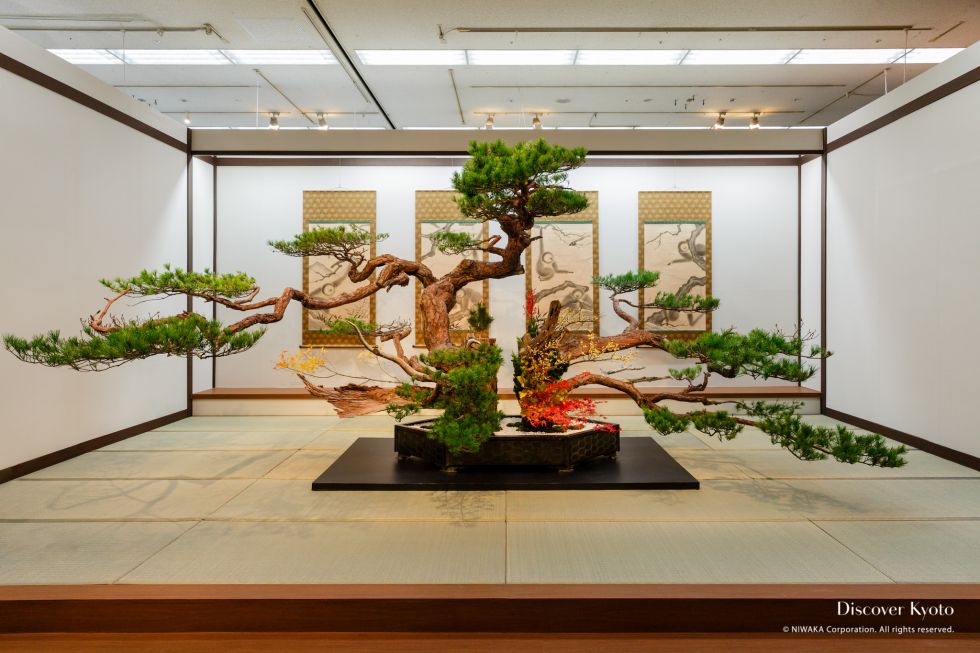
Autumn Tanabata Exhibition
Each November the Ikenobo school of ikebana prepares a large Autumn Tanabata Exhibition to showcase a wide variety of both traditional and contemporary Japanese flower arrangements called Kyūtanabata-e.

Kotobuki-kai
The famous geiko and maiko of Kyoto’s five geisha districts perform large-scale performances for the public once a year, but what many people don’t know is that each district also holds a smaller, more intimate performance... In Kamishichiken, this performance is called Kotobuki-kai!

Japan Umeshu Festa
Kitano Tenmangū shrine in northern Kyoto has become the Kyoto host site of the Zenkoku Umeshu Matsuri (Japan Umeshu Festa)! This event brings together umeshu (plum wine) brewers from all over the country to offer samples of their products.

Yoroi Kizome-shiki
Yoroi Kizome-shiki is based on a time-honored tradition of becoming a man in a ritual in which you would don your first pair of armor, though these days both boys and girls are allowed to participate.
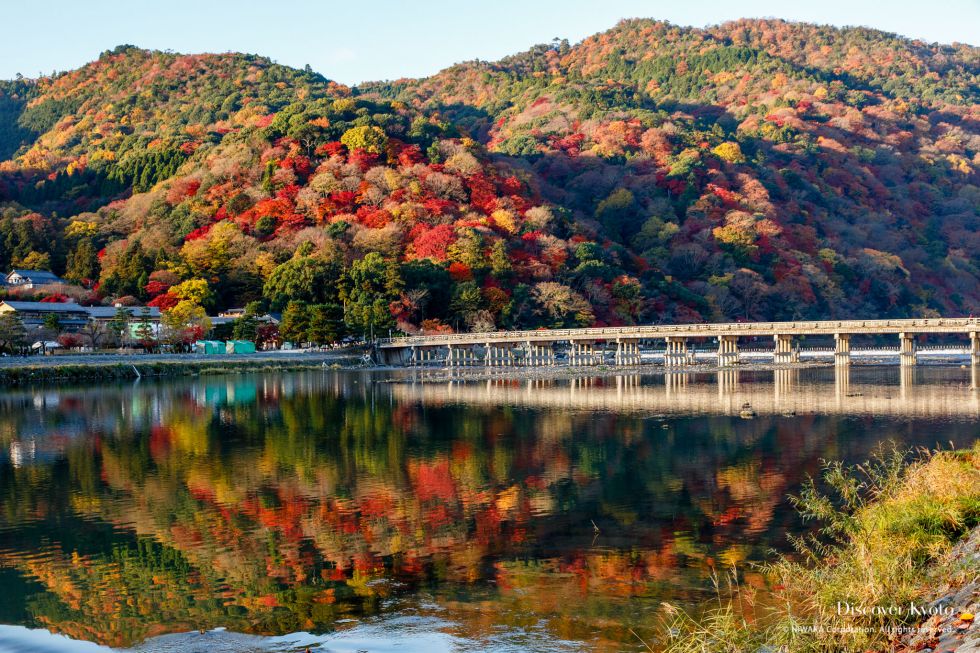
Autumn Foliage
Any visitor would be remiss if they passed up on autumn in Kyoto! Shrines and temples become even more gorgeous with the addition of fall colors, and many popular spots hold special nighttime illuminations of the colorful leaves.
Kyoto Travel Guide
Courtesy of Piriya Photography | Getty Images

Best Times To Visit Kyoto
The best times to visit Kyoto are from March to May and from September to November when the weather is the mildest. However, the blooming cherry blossoms in spring and the vibrant fall foliage are big tourist draws, so be prepared for higher hotel rates and fewer vacancies. Crowds do wane a bit in the summer and winter, but June's sticky humidity and January's chilly temperatures are too uncomfortable for some travelers.
Weather in Kyoto
Data sourced from the National Climatic Data Center
Find Flight and Hotel Deals
Navigate forward to interact with the calendar and select a date. Press the question mark key to get the keyboard shortcuts for changing dates.
Navigate backward to interact with the calendar and select a date. Press the question mark key to get the keyboard shortcuts for changing dates.
Popular Times to Visit Kyoto
Tourism volume is estimated based on in-market destination search query interest from Google and on travel.usnews.com in 2015-2016. Hotel prices are sourced from a sample of U.S. News Best Hotels rates through 2015-2016.
Explore More of Kyoto

Things To Do

Best Hotels

You might also like

Washington, D.C.
# 1 in Best Historical Cities to Visit in the USA

# 1 in Best Winter Vacations in Europe

# 1 in Best Places to Visit in Japan
If you make a purchase from our site, we may earn a commission. This does not affect the quality or independence of our editorial content.
Recommended
The 28 Best Water Parks in the U.S. for 2024
Holly Johnson|Timothy J. Forster May 8, 2024

The 18 Best Napa Valley Wineries to Visit in 2024
Lyn Mettler|Sharael Kolberg April 23, 2024

The 25 Best Beaches on the East Coast for 2024
Timothy J. Forster|Sharael Kolberg April 19, 2024

The 50 Best Hotels in the USA 2024
Christina Maggitas February 6, 2024

The 32 Most Famous Landmarks in the World
Gwen Pratesi|Timothy J. Forster February 1, 2024

9 Top All-Inclusive Resorts in Florida for 2024
Gwen Pratesi|Amanda Norcross January 5, 2024

24 Top All-Inclusive Resorts in the U.S. for 2024
Erin Evans January 4, 2024

26 Top Adults-Only All-Inclusive Resorts for 2024
Zach Watson December 28, 2023


Solo Vacations: The 36 Best Places to Travel Alone in 2024
Lyn Mettler|Erin Vasta December 22, 2023

26 Cheap Beach Vacations for Travelers on a Budget
Kyle McCarthy|Sharael Kolberg December 4, 2023

- For Media & Travel Trade

- About Kyoto
- Arts & Crafts
- Town & Architecture
- Temples & Shrines
- Eat & Drink
- Festivals & Events
- Accommodations
- Activities & Experiences
- Sustainable Activities
- Morning & Nightlife
- Itineraries
- Families with kids
- Travel Tips
- Destination Index

By using this site, you agree to the use of cookies. See our privacy policy for more information. This site uses machine translation, so content is not always accurate. Please note that translated content may differ from the original English page.
Kyoto Autumn Leaves Calendar 2023
Last updated december 08.
Scheduled for 2023 survey Tuesday and Friday from October 20th to December 8th
Autumn Color Stage
Color Appearing
Partially Colored
Autumn Colors Report
- No results matching this coloring stage
Hokyo-ji Temple

Area: Central Kyoto
Daitoku-ji Oubai-in Temple

Area: Northern Kyoto
The Philosophier's Path(Tetsugaku-no-michi Street)
Area: Eastern Kyoto
Reikan-ji Temple
Kodai-ji temple, tofuku-ji shogaku-an temple, shosei-en garden, nishijin kosho-ji temple, shimogamo-jinja shrine, old mitsui family shimogamo villa, ryoan-ji temple.
Area: Western Kyoto
Ninna-ji Temple
Myoshin-ji daiho-in temple, gio-ji temple, joshoko-ji temple.

Shimyo-in Temple
Mt.hiei-zan enryaku-ji temple, kochidani amida-ji temple, sanzen-in temple, jakko-in temple, jisso-in temple, ruriko-in temple, renge-ji temple, kurama-dera temple, kifune-jinja shrine, sekizanzen-in temple, manshu-in temple, shisen-do temple, enko-ji temple, entsu-ji temple, genko-an temple, shozan resort kyoto garden, hakusasonso garden, ginkaku-ji temple(the silver pavilion), shinnyo-do temple, konkai komyo-ji temple, honen-in temple, anraku-ji temple, eikan-do temple, nanzen-ji temple, heian-jingu shrine, murin-an villa, maruyama park, kiyomizu-dera temple, sennyu-ji temple, tofuku-ji temple, bishamon-do temple, kyoto botanical gardens, umekoji park, kyoto imperial park, nijo-jo castle, kitano-tenmangu shrine, jingo-ji temple, saimyo-ji temple, kosan-ji temple, kinkaku-ji temple, toji-in temple, arashiyama takao parkway, daikaku-ji temple, hokyo-in temple, nison-in temple, jojakko-ji temple, okochi-sanso garden, tenryu-ji temple, hogo-in temple, jizo-in temple (the bamboo temple), joju-ji temple, oharano-jinja shrine, yoshimine-dera temple, hozu valley, to-ji temple.
Area: Southern Kyoto
Daigo-ji Temple
Area: Yamashina
Zuishin-in Temple
Uji city: byodo-in temple.
Area: Nearby Cities
Uji City: Mimuroto-ji Temple
Nagaokakyo city: komyo-ji temple, kameoka city: izumo-daijingu shrine.

Kyoto In Winter | 10 Incredible Reasons To Visit November Through February
The Best Time To Visit Kyoto
There’s no bad time of year to visit Kyoto. There are so many sites to see in the region, both natural and manmade, which draws plenty of tourists every year.
However, the way Kyoto transformed in the winter months is completely underrated, with all the attractions and naturally beautiful landscapes shining in a completely new way.
Kyoto is a destination on most people’s bucket lists, especially lovers of Japanese culture. There is so much rich history in the area, much of which has been preserved in truly special ways.
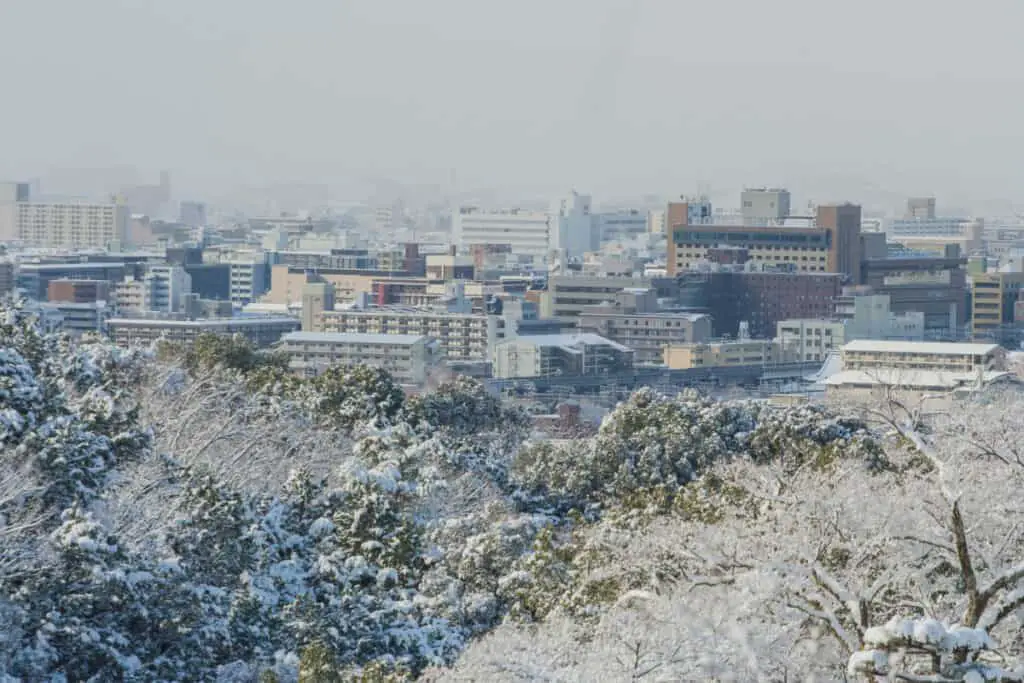
It’s not a prefecture often celebrated for how magical it becomes in the winter, but more tourists are seeing just how many ways there are to enjoy winter in Kyoto .
Kyoto also has numerous Unesco World Heritage Site locations to explore. It’s one of the best places in Japan to see plum trees in early spring . There are numerous natural hot spring baths and sentos (public hot baths) to visit.
Does It Snow In Kyoto?
Kyoto is somewhat unique in that it sits in a bowl surrounded by mountains, making it, so there are varied elevation levels in the prefecture.
As to be expected, the closer to a mountain you get, the colder it becomes; this also means you’re likely to see snow in those areas in the winter.
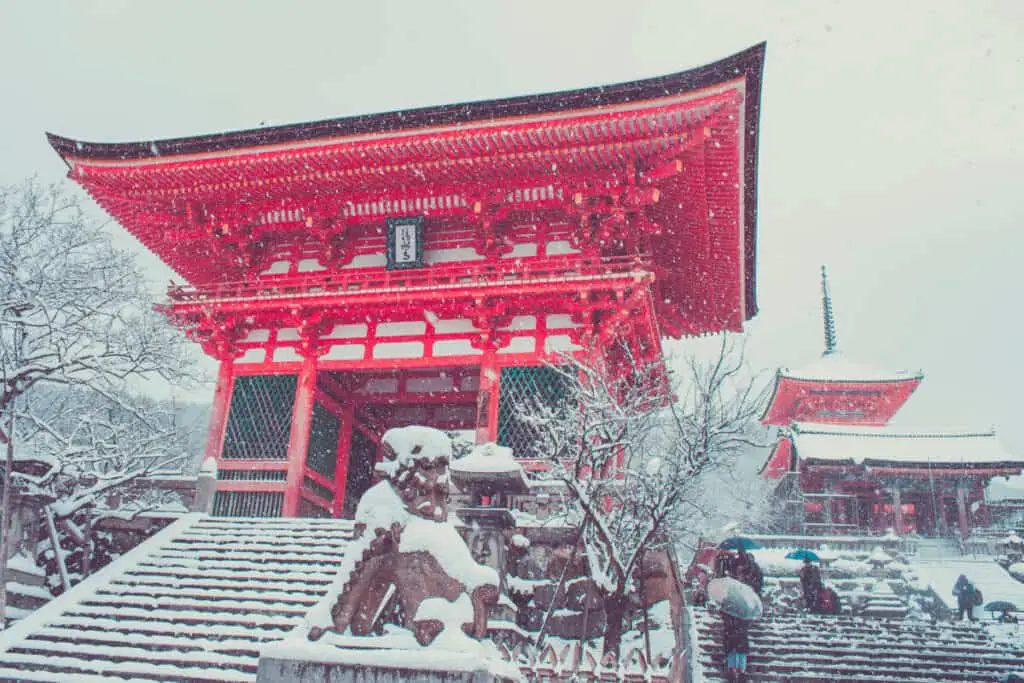
Kyoto does see some snow from time to time, not just in the mountainous region. In December, it tends to be too mild for snow to gain any traction, but temperatures drop low enough in January that you’ll likely see a flurry or two. February typically remains cold with chances of snow as well.
Kyoto In Winter
Once late November arrives, the temperatures in Kyoto start to get lower and lower as the winter months come. Because of where Kyoto Prefecture sits geographically, the city will see a variance in temperature and weather conditions from one side of the city to the next.
The city is also surrounded by mountains, which influences average temperatures on a somewhat daily basis no matter the season.
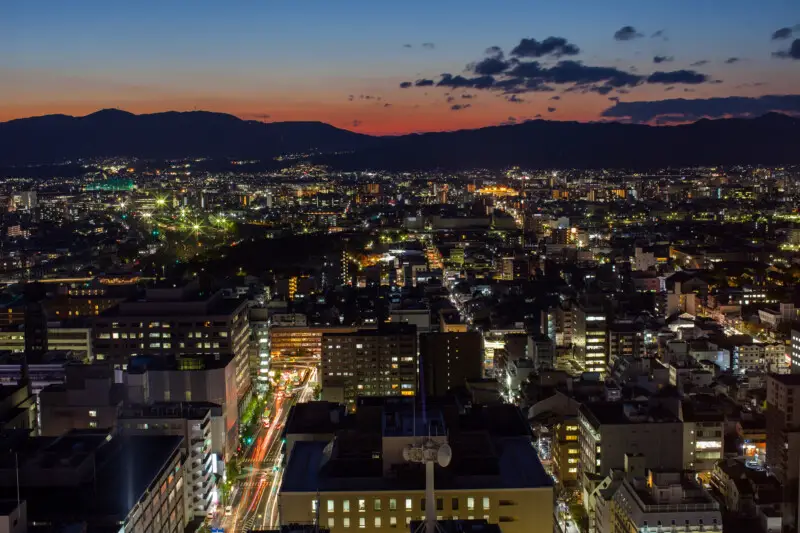
You’re likely to see a lot of visitors in Kyoto in January to celebrate the new year , but other than that, it’s not as common to see a big influx of tourists spending winters in Japan. It’s truly a shame, as Japan offers traditional winter vacation activities and so much more that you can’t experience anywhere else.
10 Incredible Reasons To Visit Kyoto In Winter
There truly is a lot in Kyoto to see, do, and explore all year round. However, there are some spots in Kyoto where they can only be enjoyed to their fullest extent when winter comes.
Since many people are still learning the magic of Kyoto in winter, you’re not going to have to battle big crowds of tourists to get to your chosen destination.
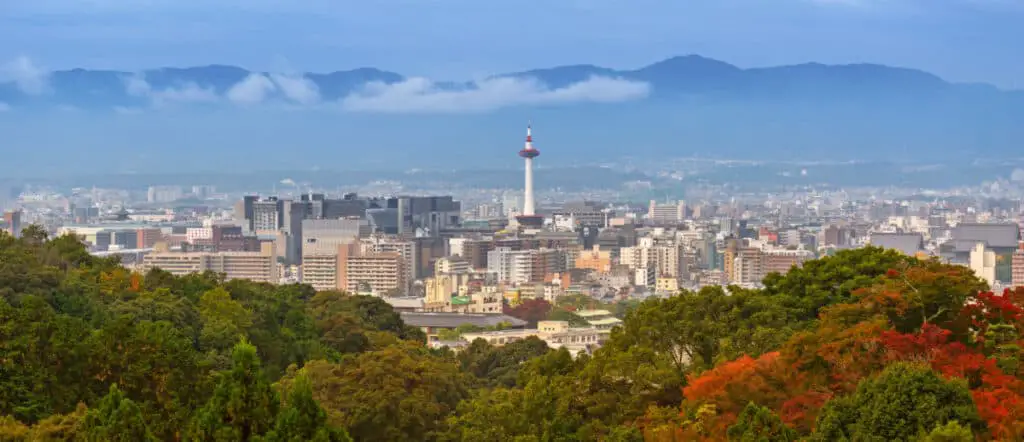
Below are 10 of the many reasons why visiting Kyoto in the winter should be part of your next Japanese itinerary, though it is by no means an exhaustive list of all Kyoto has to offer.
Kurama Onsen
Onsen can be enjoyed all year, but there’s something about dipping into a hot spring bath after a day of sightseeing in Kyoto that is truly memorable.
Kurama Onsen is one of the top spots in Kyoto for hot spring baths, though it certainly isn’t the only one. You can stay at this spa, enjoying some yummy meals and soaking in a sulfur hot spring or open bath.
Karuma Onsen Official Website
You not only get to warm up in a hot spring bath here, but you get a breathtaking view of the mountains. Hot spring baths aren’t just going to warm you up, but they are often touted as relieving aches and pains and helping people de-stress.
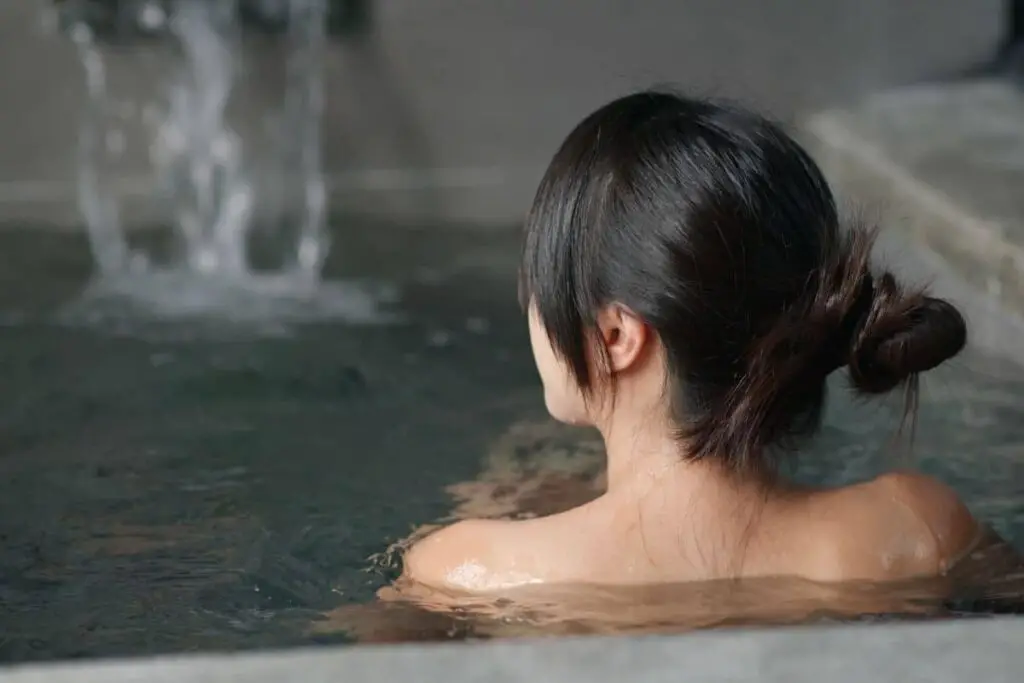
Furthermore, while there are private onsen baths around, sharing a public hot spring bath has been a social custom in Japan for centuries.
It’s one of the best ways you can learn about things to do in Kyoto that you may not learn elsewhere, especially if you get to chat with some locals.
Plum Blossoms
The cherry blossoms in Japan are a famous sign that a new year is afoot, but Japanese plum blossoms are just as spectacular a sight to see. Known as ume , everything from the beautiful color range of the flowers to the way their scent flows through the air adds to the vitality of the region in the winter.
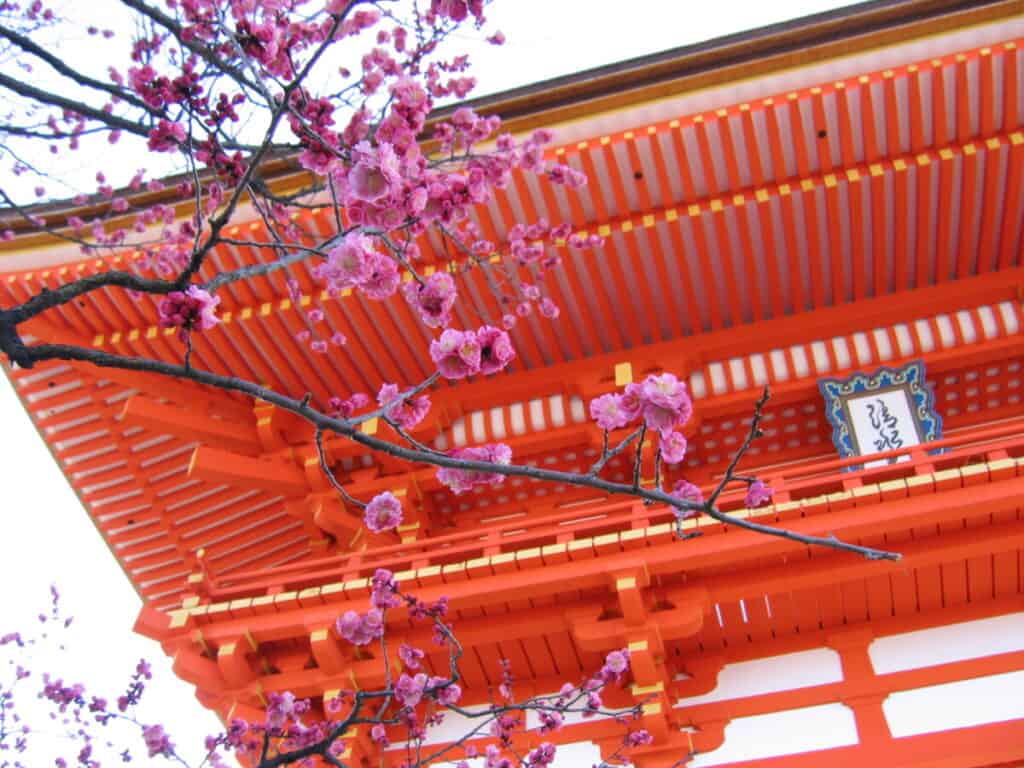
Typically, the Japanese plum blossom will start to sprout beautiful and lush flowers in January. You’ll be able to see these trees in their full glory all around Kyoto.
With a small sprinkling of snow on the trees, you’ll be blown away by the look of these trees. On February 25th, there’s an annual plum tree festival held at the Tenmangu Shrine .
Kinkaku-ji is likely the most well-known temple throughout Kyoto, also referred to as the Golden Pavilion . Not only is this temple of monumental importance to Japan in terms of its spiritual significance, but it’s also one of Unesco’s World Heritage Sites .
While you can visit Kinkaku-ji any time, it’s a completely new experience seeing the Golden Pavilion with snow around it.
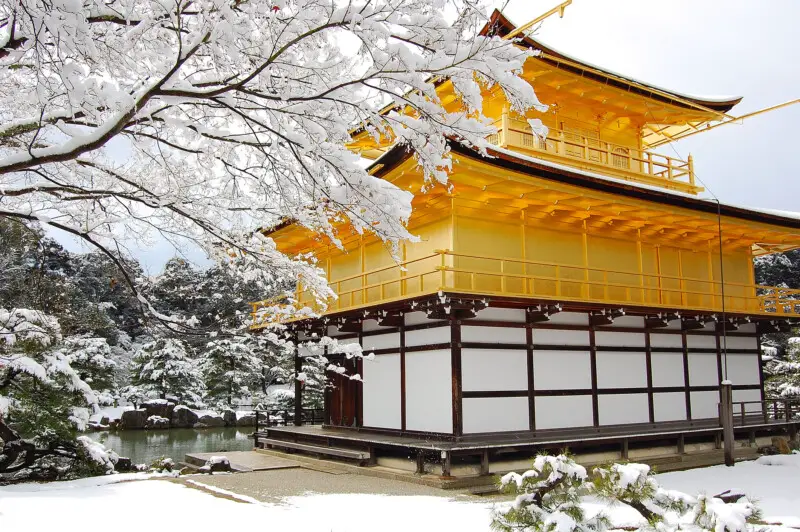
The pavilion that stands at the temple today was not the original one, as that one was lost to a fire. The previous pavilion was said to have a golden hue, however, so the present-day Golden Pavilion was modeled after the original as best as possible.
Surrounding the pavilion are some stunning strolling gardens which have their own unique glow when covered with a light dusting of snow.
Fushimi is a district in Kyoto known for its sake. When you visit during the winter months, you get the unique chance to try sake from freshly harvested rice during one of the many tastings offered by sake brewers in the area.
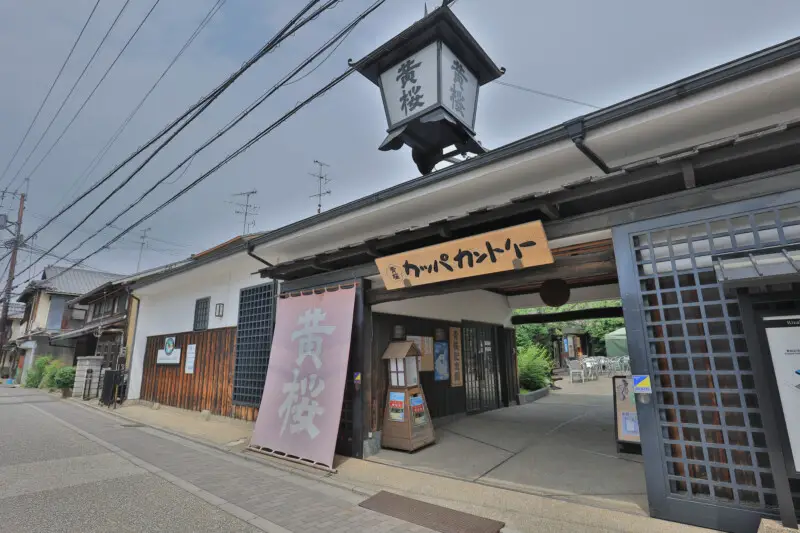
You can even do a sake crawl in Kyoto, or even just in Fushimi, with dozens of sake breweries in the city.
New Year’s In Kyoto
There’s a certain magic in the air in Kyoto in the winter, and that’s truly at full capacity when you ring in the new year in the city. In the first two weeks of the year, you can indulge in Hatsumode , where people will often visit nearby shrines and temples, enjoy delicious foods, and even dress up in kimono .
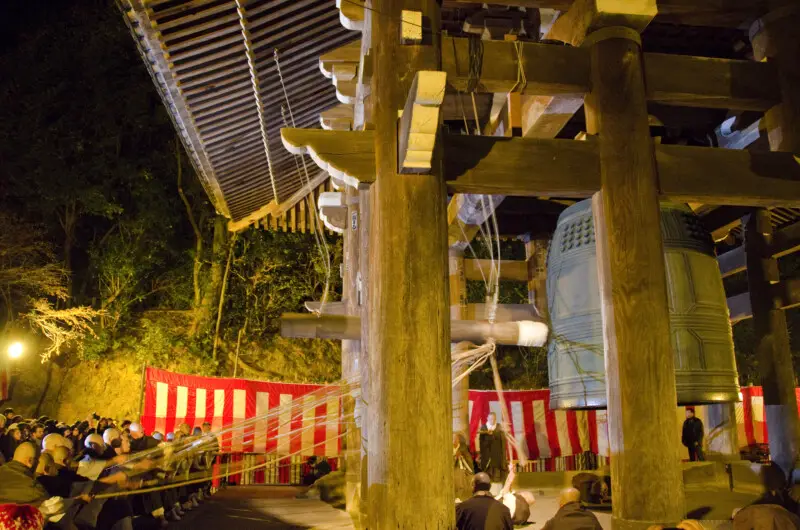
You’ll want to search out some freshly pounded mochi , a delicious and chewy rice treat enjoyed every single new year in Japan.
Since there are so many little festivals and celebrations you’ll likely stumble upon throughout Kyoto in January, it’s not hard to find some mochi and friendly locals who’ll love to share with you.
If you’re lucky, you may even be able to pound out some mochi on your own if you head to the Miyama Nature and Culture Village. This incredible village has the atmosphere of yesteryear in Japan perfectly encapsulated, and you’re able to pound some mochi when there for the new year.
Kyoto is famous for its contributions to Japanese cuisine, among many other things. This is especially true when it comes to nabe (hot pot), the quintessential winter comfort food.
While the components that makeup nabe seem simple at first glance, the enjoyment of nabe is an experience in and of itself, especially when enjoyed in an authentic way.
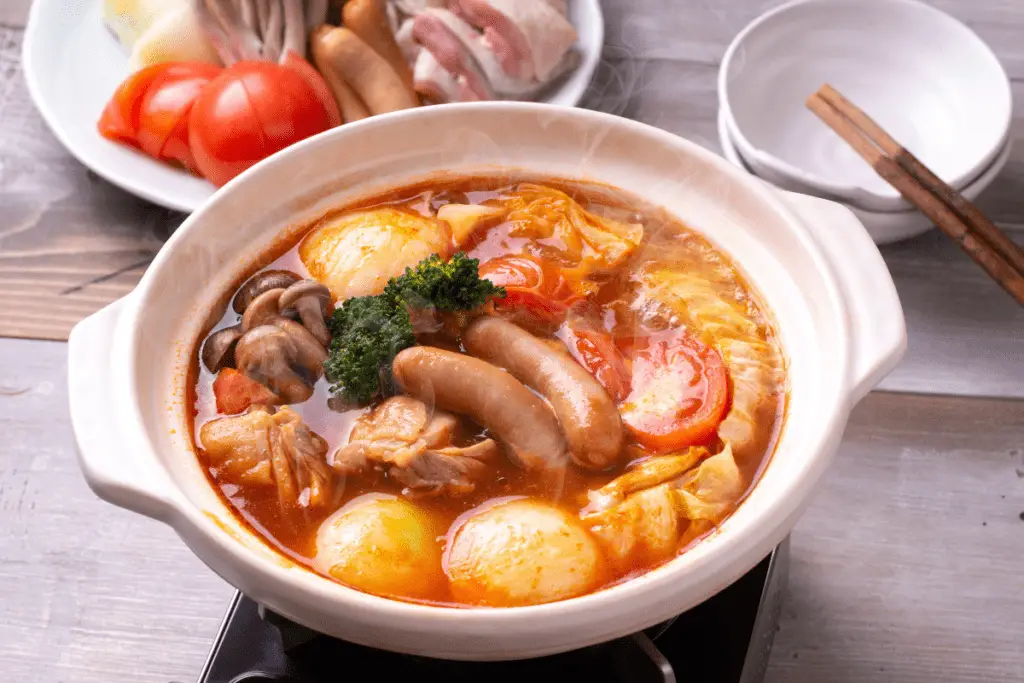
Nabe is like a hot pot, where you get a bunch of vegetables, tofu, and protein, as well as some hot broth. The main components of the nabe are cooked in a big pot, with other ingredients being added by an individual based on their personal tastes.
The dish is usually enjoyed amongst friends, with one person helping to cook the base nabe in the big pot.
Warm Winter Sustenance
Kyoto has some of the best comfort food to help warm the bones after a day exploring the city. Once you’ve had your fill of the prefecture’s signature nabe , there are a lot of other dishes that need to be tried.
Japanese cuisine is known for highlighting local fares and cooking for the season, so the options to warm up with some hearty meals are never-ending.
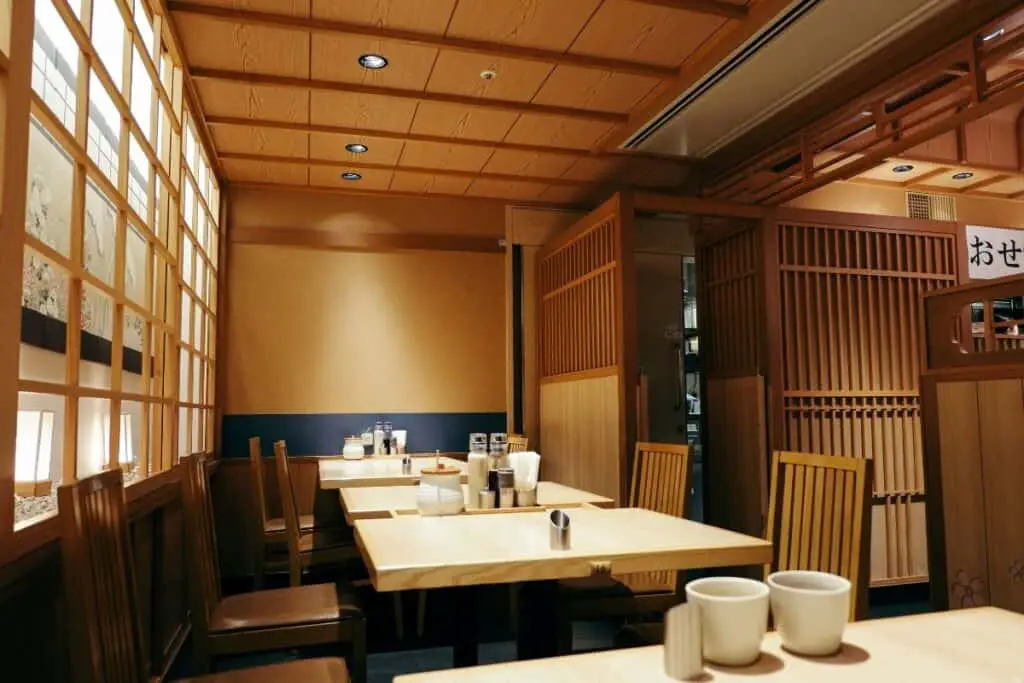
One such dish is mushi-zushi , which was created in Kyoto before spreading around Japan. It’s known as steamed sushi, and it smells as delicious as it tastes.
Another dish is kaburamushi , a hot dish featuring white fish, egg white, turnip, mushroom, and many more fragrant ingredients that warm the soul after a day in the snow.
Winter-Specific Activities In Kyoto
Japan is not likely the country that comes to mind when thinking about skiing in the winter. When you consider all the mountains at great heights in the country, it’s no surprise that these snowy destinations have some of the coolest resorts to stay at in the winter.
Kyoto is no exception, with a few popular resorts in the area.
Oeyama Ski Resort is one such destination in Miyazu in Kyoto for skilled skiers who want to rent some equipment and hit the slopes. Kyoto is also home to the Hirogawara ski resort , where one can either go skiing or snowboarding, even late at night.
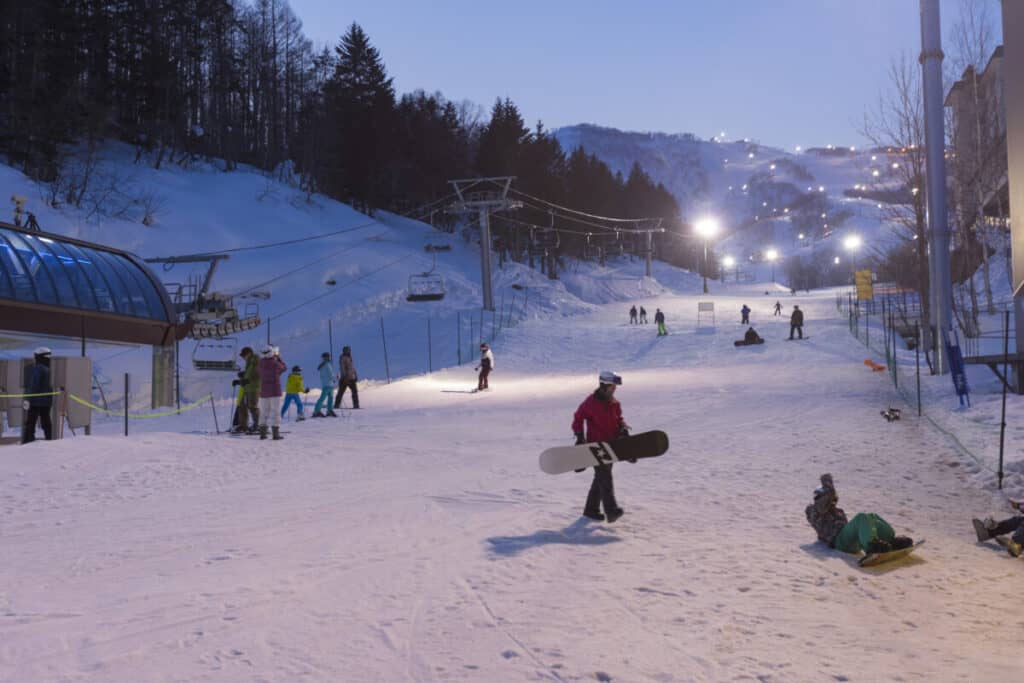
If you’ve never gone skiing or snowboarding before, you’ll want to head to Swiss Ski Village Ski Resort in Ine and take lessons.
If you want to enjoy the weather and the scenery but aren’t into skiing, consider a boat ride on the Hozugawa River, where you’ll bask in the heat of the boat while looking out at the mountains and stunning water.
Tea Ceremony
There is so much art and culture to experience in Kyoto, especially on days when it’s too frigid to be outdoors. The art of the Japanese tea ceremony is by far one of the most memorable experiences one can have when in Japan, and these can be enjoyed throughout Kyoto as well.
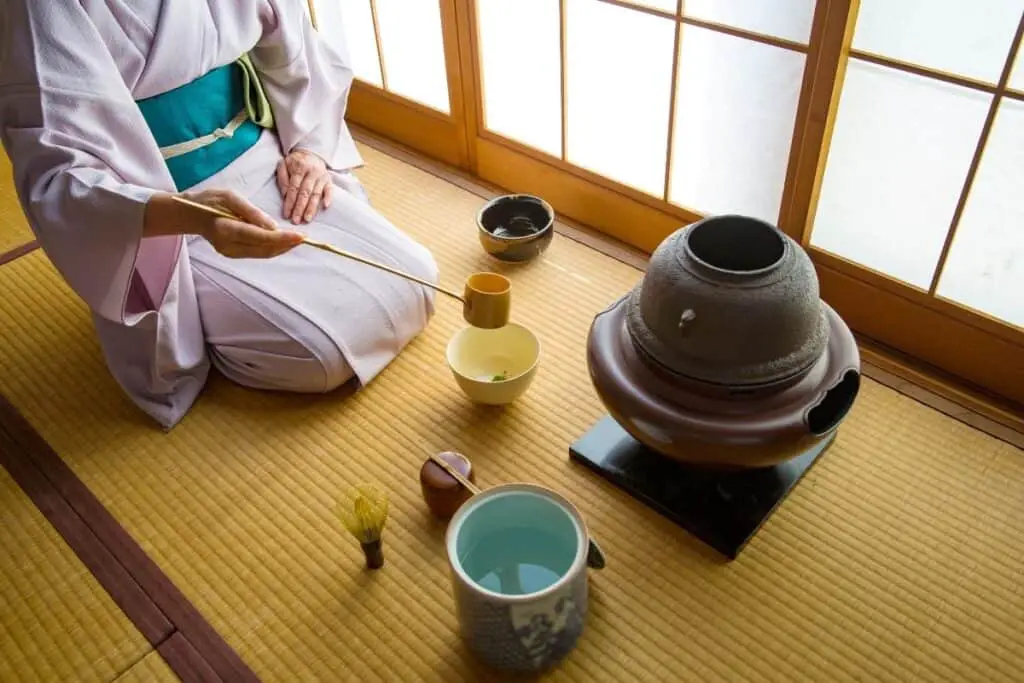
The tea ceremony consists of much more than just simply sipping on some warm tea, especially when enjoyed at the Kimono Tea Ceremony Maikoya . Here, you get to put on a kimono and sip on some delicious tea and eat traditional Japanese desserts.
There are also places around Kyoto that let you indulge in many other parts of Japanese culture, from learning the special art of calligraphy to creating your own origami art and so much more.
These cultural centers offer a great mixture of getting to engage in a traditional activity while learning the significance behind it.
Nighttime Illumination
Bringing a warm jacket is a must for winters in Kyoto, as you don’t want to miss a chance to see some bright lights around the city at night. There are some spots in particular that become illuminated with lanterns and artificial lights that, when reflected off the snow and the trees, magnify another perspective of the beauty of Kyoto winters.
Kayabuki-no Sato is a must-see anytime in Kyoto, including in winter. At night, you can see the snow lanterns lit up.
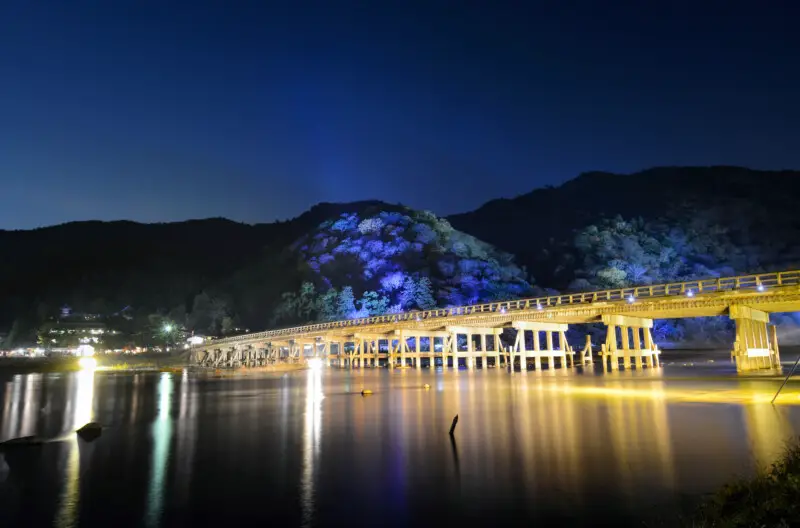
January is the best winter month to visit Kayabuki-no Sato because there are multiple events throughout the month held in the historic area where you can meet the locals and see the lights. Other illuminated spots to see are the Kifune Jinja Shrine and the Hanatouro Bridge .
Pro Tips For Visiting Kyoto In Winter
Bundling up and utilizing layers is the best way to navigate the chilly air of Kyoto winters. This is especially important at night when temperatures dip lower than daytime highs.
While it’s not common for temperatures to go below the freezing mark, it can happen. As mentioned, there are tons of things to do in Kyoto indoors should you need to get out of the cold.
Even if you’ve been to some of the temples and shrines in Kyoto on previous trips, it’s worth taking another venture in the winter, especially at night. The temples will often be illuminated for visitors to get a chance to see these special places in a new light.
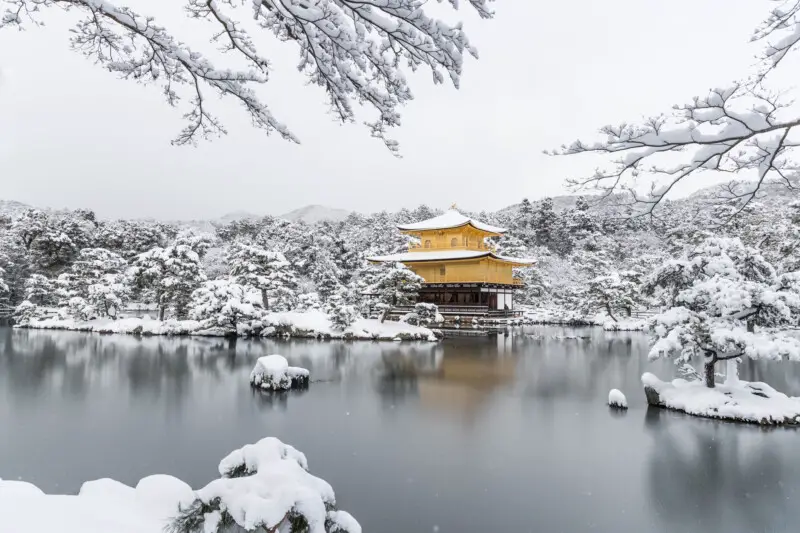
January is the perfect time to explore temples in Kyoto with the locals and is part of some very important customs practiced every single year.
There’s a great mix of festivities along with some praying and setting of intentions for the new year as locals travel from temple to temple throughout Kyoto.
Most visitors arrive in Kyoto via Kyoto Station . It’s a great place to start your winter wonderland journey. One of Kyoto’s most famous attractions are the bamboo forests , and spending a small sum to enter one of the public baths (sento) . Natural hot springs supply many of the setos with rich mineral water.
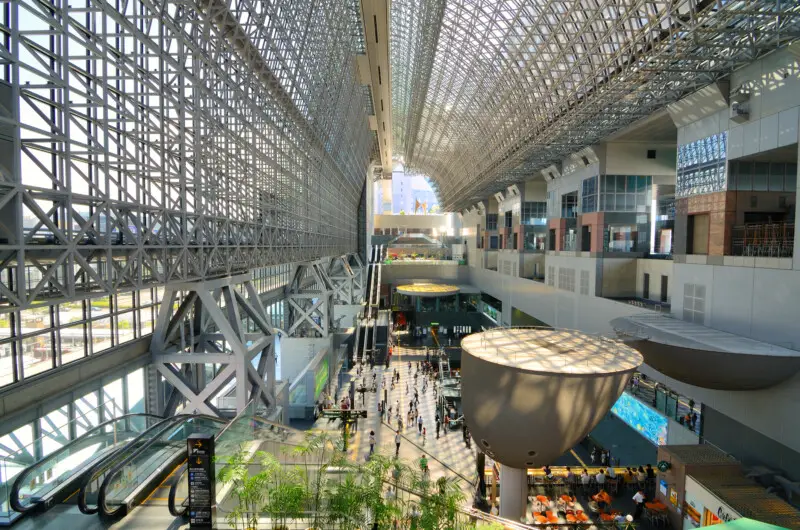
Kyoto’s rainy season is in spring, and winter does have its share of snowy days.
For first-time visitors finding one of the cities, many food stalls are a real treat. The average temperature in Kyoto during the winter ranges from the low 30s to mid-50s. In late winter and early spring, cherry blossom season will begin.
This usually occurs in late march. The beautiful cherry blossoms can be seen lining many streets and alleyways.
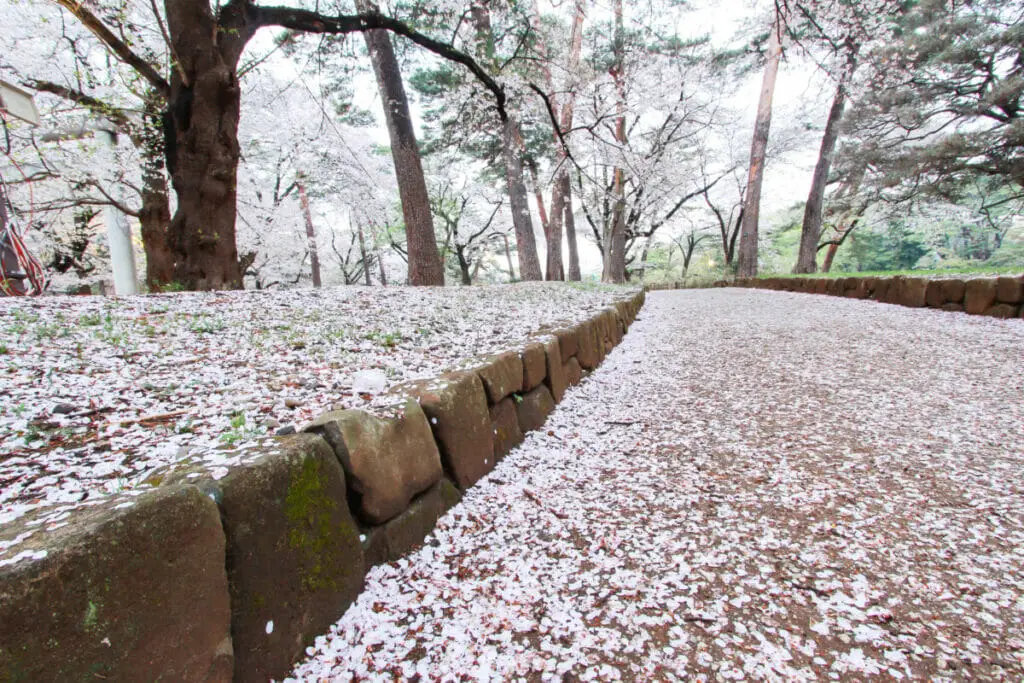
Many consider the golden temple or Kinkaku-ji temple to be one of Japan’s most beautiful temples. Its exterior is covered in gold leaf.
Checking its official website you can discover many special events held in winter. While visiting Kyoto’s temples and shrines , you can quietly meditate at one of the many zen rock garden locations found near many of them.
Kinkaku-ji Temple Via Tripadvisor
Kyoto has four distinct seasons, and even in winter, it has many sunny days. Family members of all ages will definitely have a great time, whether adults who want to visit the sake-brewing district that often offer sake tasting events and having fresh sake.
Kids will have a good time as well visiting the many small shops or seeing dance performances by the local geishas .
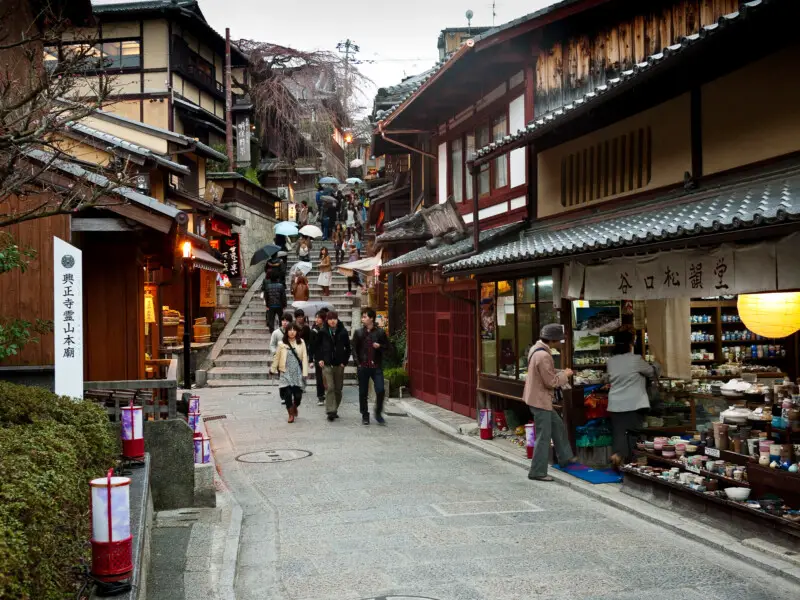
Early April, which is still winter in Kyoto, you can have a mystical experience walking the philosopher’s path , which dates back to the nara period and is often filled with foreign tourists attempting to get a photo of the sakura in full bloom.
The city streets are lined with traditional cafes and many tea houses. One of the city’s best sake breweries is said to be Matsui Sake Brewery . In winter, sake is often served warm , especially during the first week of January when temperatures are quite cold.
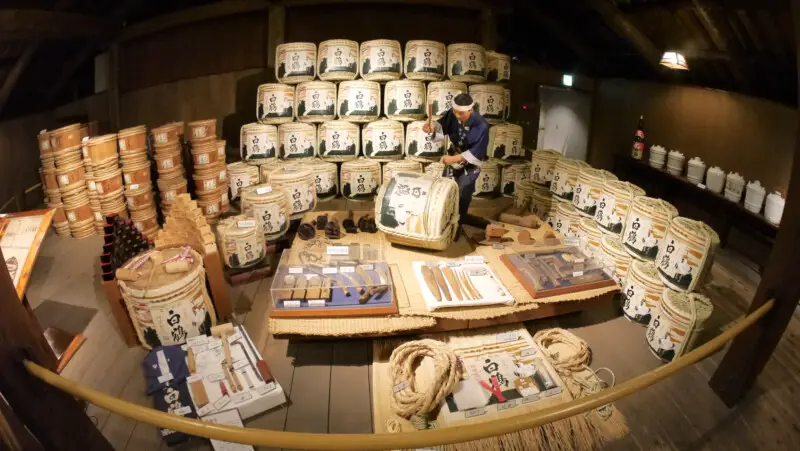
Nishiki market is also a must-see while in Kyoto. The market itself is about five blocks long and contains hundreds of shops and small eateries.
If you want to avoid Japan’s humid summers and extremely hot weather conditions, then seeing Kyoto in winter is a great idea.
The maximum temperatures rarely make it into the low 60s (F), and warm days are rare.
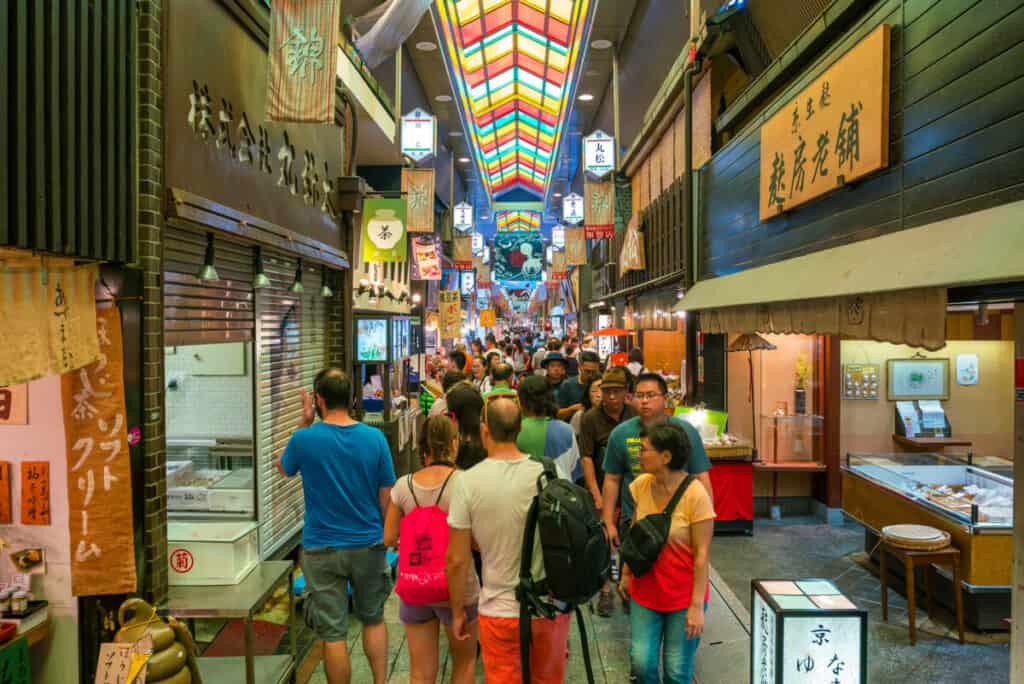
Visiting the ancient streets of Kyoto is definitely part of any Kyoto itinerary and is a great place for a leisurely stroll and a place to discover the hidden secrets of Kyoto.
The Higashiyama District is one of Kyoto’s most popular tourist attractions, along with its snow-covered temples.
Winter is a great season to see Kyoto, and the winter months have mild periods as well. Kyoto, once the ancient capital of Japan , welcomes winter visitors with its neverending social activity and popular sites that are only a minute’s walk from almost any station or bus stop.
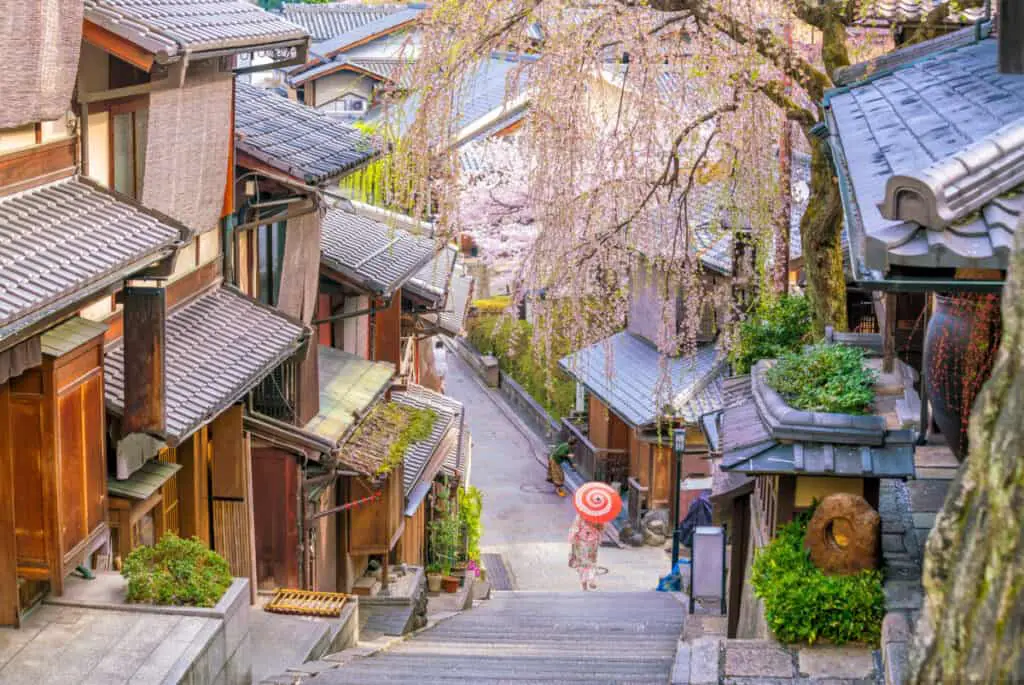
An important thing to remember is that after the autumn months are over, you need to be prepared by dressing warmly for the cold periods, especially from late December to the end of January.
Kyoto has many cold-day activities, and if you’re outdoors, you’ll get glimpses of the surrounding mountains and Kyotos unique regional geography .
A Virtual Tour Of Kyoto In Winter
Latest Posts

Kyoto’s Autumnal Wonders: 25 Must-Visit Spots for Every Tourist

Tokyo on the Move: A Comprehensive Guide to the City’s Transport Tapestry

“Celebrating Sakura: Your Essential Guide to Japan in April – 25 Insider Tips for an Unforgettable Journey”

Tokyo Unveiled: The Ultimate Guide to the Top 100 Must-See Attractions and Optimal Timing for an Enriching Experience
- Cities & Regions 71
- Culture & History 64
- Events & Interest 41
- Learning The Language 5
- Pro Travel Tips 51
- Uncategorized 469

Coastal Treasures: Discovering Japan’s Top 20 Beaches of Natural Beauty and Cultural Charms
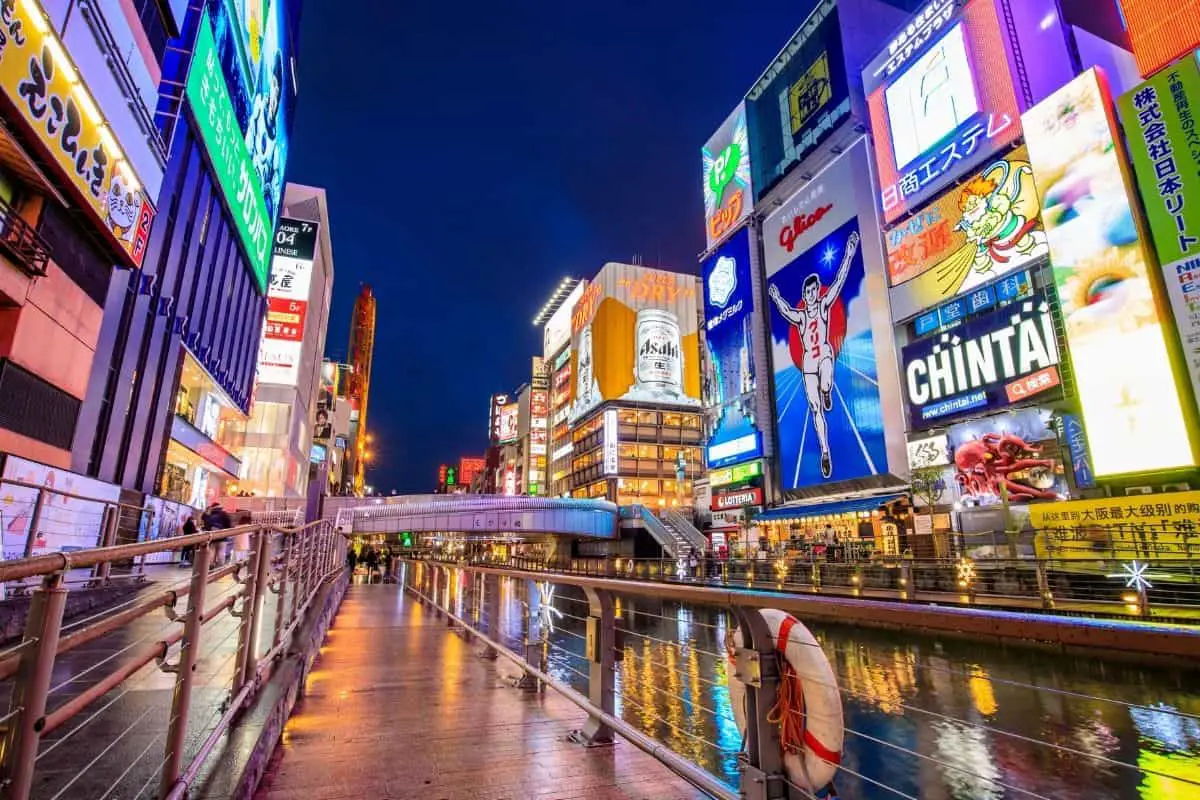
Osaka Unplugged: A Comprehensive Guide to 50 Unforgettable City Experiences

- Travel magazine
Season by season: A guide to the best time to visit Kyoto
(0 - 12 years old)
Book a private experience
- guides & tips
August 28, 2023
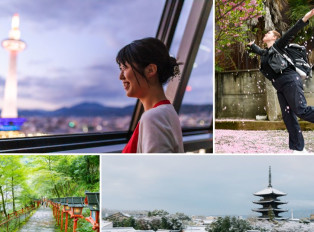
Hey, I'm Yuri, and I've been lucky enough to call the mesmerizing city of Kyoto my home for over 20 years. You know, the kind of place where every season feels like a new chapter in an unfolding story. I've wandered through the cherry blossoms in spring, danced at lively festivals in summer, marveled at the fiery autumn leaves, and felt the gentle touch of winter's snow on my face.
Kyoto isn't just a place; it's a kaleidoscope of experiences, and there's a beat and rhythm to it that I've come to love. From my time as a local host with City Unscripted to my everyday adventures, I've gotten to know every nook and cranny of this city. Kyoto tours ? I've been on quite a few, but nothing beats the thrill of wandering around and stumbling upon something new.
Whether it's the scrumptious food, the bustling markets, or the captivating history, there's always something waiting to be discovered in Kyoto. Stick around, and I'll share my favorite spots and stories. Who knows? You might just catch the Kyoto love bug like I did!
The four seasons in Kyoto
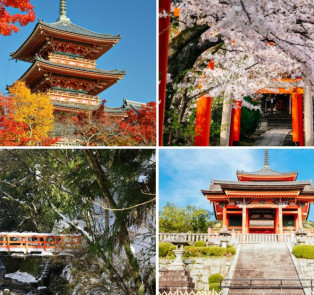
Let's talk about the four distinct seasons in Kyoto because, trust me, they're each a blast in their own way!
Spring is probably the most famous time to visit Kyoto, thanks to the beautiful cherry blossoms painting the town pink. Early spring is when the Sakura season kicks off, and you don't want to miss strolling under those dreamy blooms.
Don't forget the plum blossom, too, adding its own splash of color! And if you're curious about the weather, spring's mild temperatures and sunny skies are a treat.
But don't stop there; each season has its charm! Summer's humid warmth brings Golden Week and lively festivals. And yes, we do get typhoons, but there are plenty of sunny days to explore too. Autumn? Oh, the fall foliage seasons are to die for! The city transforms into a colorful palette in early autumn, and the cooler temperatures are perfect for wandering. Late autumn's beautiful fall foliage is a must-see. Then there's winter, a time when cold temperatures give way to serene snowy landscapes.
Kyoto weather surely knows how to put on a show, and every season feels like the best time to visit. Whether it's the warmer weather of spring or winter months' crisp air, Kyoto's always ready to welcome you with something spectacular!
Cherry blossom season (Sakura)
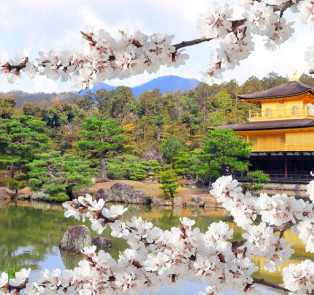
Oh, where do I begin with cherry blossom season in Kyoto? If you ask me, early to mid-April is like opening a magic book, and it's definitely the best time to visit if you're in love with those pretty pink petals.
Late March to early April is when the cherry blossoms start teasing, and by mid-April, they're in full bloom!
Whether you're a local like me or an international tourist exploring for the first time, this time of the year makes you fall head over heels for Kyoto. The mild weather, good vibes, and famous festival events make you feel like dancing through the streets!
But hey, where should you go?
Let me spill some insider knowledge: the Kyoto Imperial Palace is a wonderland of cherry blossoms, and I've spent many a day there, just soaking in the view.
Tour buses might crowd some spots, but don't worry; there are hidden gems all around. From early March to mid-April, you'll find both domestic tourists and local folks picnicking, celebrating various festivals, and just enjoying the seasonal spectacle that only Kyoto can provide.
So, pack your camera, and maybe a picnic, and come visit Kyoto during cherry blossom season.
Fall foliage season
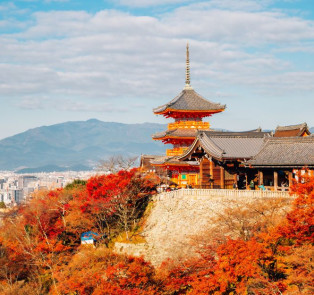
If you thought Kyoto was all about cherry blossoms, wait till you see the city during fall foliage season!
Late October to late November is a time when Kyoto seems to pick up a paintbrush and go wild with colors. The reds, oranges, and yellows create a vibrant canvas, turning every stroll into something out of a fairy tale.
Mid to late November is especially breathtaking, and the average temperature is just right, not too hot and not too cold.
Plus, events like the Kurama Fire Festival add a unique spark to the season. If you're looking to visit Kyoto, this could easily be one of the best times to do so!
Now, about those best spots? I've got you covered! Picture this: You're wandering through the tranquil gardens of Eikando Temple or exploring the scenic Arashiyama area, and everywhere you turn, fall foliage paints the landscape. Late autumn in Kyoto isn't just about the leaves; it's about the atmosphere, the seasonal events, and the warmth of good weather that welcomes both domestic visitors and travelers from afar.
Rainy season and its charm

Rainy season in Kyoto? Oh, don't you dare think it's a downer!
Running from late June to late July, it's a time when the city takes on a different kind of sparkle. The streets glisten, the gardens become even more lush, and the gentle sound of raindrops adds a calming soundtrack to the city's lively rhythm.
Sure, it's not exactly high season, but that's what makes it special! It's a time when Kyoto feels a bit more intimate like it's sharing a secret with those who choose to visit during this unique period. The average temperature is comfortable, and though the average rainfall might be higher, each shower seems to refresh the city anew.
Now, how to make the most of it? Pack a stylish umbrella, slip into some comfy waterproof shoes, and get ready to explore!
Early to mid-June offers an exciting blend of sunny and rainy days, while late June to late July lets you enjoy the Gion Matsuri with its grand processions (Yes, even in the rain!).
If you're looking for a twist on the usual Kyoto weather and a more tranquil time to visit, the rainy season is a hidden gem. Whether it's wandering through a misty temple garden or enjoying a cozy meal while watching the rain, there's a charm to Kyoto's rainy season that's all its own. If you ask me, it's a year-round destination that never runs out of surprises, rain or shine!
Winter wonders in Kyoto

Winter in Kyoto? Trust me; it's an experience that feels like stepping into a peaceful painting! Cold temperatures? Sure, but they're the artists behind the serene landscapes adorned with delicate frost and occasional snow. The temples and shrines seem to hush and bow under a soft white blanket, and everything takes on a magical, almost ethereal quality.
If you're thinking about the best time to visit, don't overlook winter! The average temperature may be chilly, but wrap yourself in a warm scarf, grab a hot tea from a vending machine, and you're all set to explore this winter wonderland.
And oh, the benefits! Visiting Kyoto in winter means fewer tourists, shorter lines, and a chance to see the city in a rare quietude. Late March might be famous for cherry blossoms, but mid-March can surprise you with a snowy embrace.
Whether you're wandering through Kinkakuji (the Golden Pavilion) dusted with snow or exploring the historic Gion district without the usual crowd, winter offers a special intimacy with Kyoto. This low season is actually a hidden high point, letting you experience the city's tranquil beauty up close.
So bundle up, brave the cold, and let Kyoto's winter wonders welcome you. I promise it's a side of Kyoto that's just too beautiful to miss!
Summer: Festivals and more
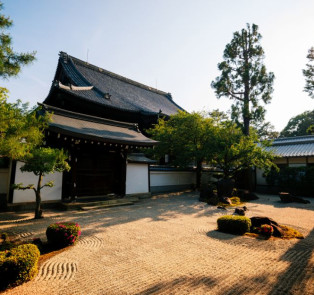
Summer in Kyoto is like a grand celebration, and oh boy, do we know how to throw a party!
If you're visiting in July, you're in for a treat with the Gion Matsuri, one of Japan's most famous festivals. Imagine colorful floats, traditional music, and vibrant yukatas all around. The grand procession is a sight to behold, and it's just one of the many exciting events that make summer a thrilling time to visit Kyoto.
But wait, there's more! From June to August, the city comes alive with various festivals, each bursting with tradition, fun, and delicious street food. Warm days, sunny skies, and a chance to join the locals in celebration—summer's calling your name!
Now, about that humidity. Yes, Kyoto weather in summer can get quite humid, but that's no reason to miss out on the fun. Think of it as part of the summer vibe—energetic and intense! Keep a folding fan handy, sip on some icy match or indulge on delicious shaved ice, and embrace the season.
Late summer, especially early September, often offers a delightful mix of warm days and slightly cooler evenings.
Whether it's dancing at the Yoiyama festival or exploring the lantern-lit nights, summer in Kyoto is all about letting loose and enjoying the city's vibrant pulse. Come and see it for yourself—I guarantee you'll leave with a smile and a heart full of unforgettable memories!
Understanding Kyoto weather patterns
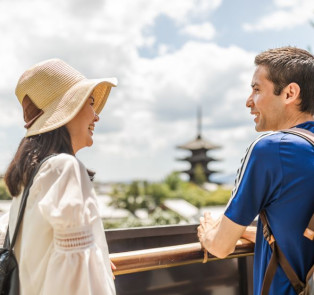
Ah, Kyoto weather! It's like a dance, each season stepping in with its unique rhythm and flair. Let's break it down, shall we? Spring (late March to early June) is mild and lovely, with cherry blossoms blooming and an average temperature that invites light jackets and smiles. Summer (June-August) is lively and warm, filled with festivals, sunny days, and, yes, humid summers, so breezy clothes are your best friends. Fall (mid-October to mid-November) is a visual feast of fall foliage and cooler temperatures, making it the perfect scarf-and-sweater season. Winter (December to February) is calm and cold, with occasional snowflakes, so bundle up and enjoy the tranquility.
But wait, don't pack your bags just yet! A quick word on rainfall.
Spring and fall are usually dry with clear skies, but June ushers in the rainy season, which lasts till early July. Then there's the random typhoon season, mostly in September.
An umbrella is often a handy companion, not just for rain but also for the strong sun during summer. No matter the season, my advice is to keep an eye on Kyoto weather forecasts and pack layers. A blend of style and comfort that's the way to do it. With the right wardrobe choices, any time could be the best time to visit Kyoto.
Crowds and tourist peaks

Let's talk about Golden Week, the magical time in late April and early May when most of Japan is on holiday. Picture Kyoto bursting with energy, cherry blossoms, and, yes, crowds of both domestic and international tourists. It's an experience like no other, and the festive spirit is contagious.
If you want to see the city at its liveliest, sunny days during Golden Week might be the perfect time to visit Kyoto. But heads up, the popular spots can get packed, so a little planning goes a long way!
Now, if you're more of a "take it slow and enjoy the view" kind of person, don't worry; I've got some tips for you.
Visit Kyoto during the weeks leading up to Golden Week or right after, when the weather is still pleasant and the major rush has calmed down. Exploring the lesser-known temples, and gardens, or even wandering around the charming backstreets can give you a different yet equally mesmerizing Kyoto experience.
Early mornings are also a great time to partake in temple tours - Kyoto , visiting the famous sites before the tour buses roll in. Remember, every season and every moment in Kyoto has its charm; it's all about finding what resonates with you.
Recommended duration for a Kyoto visit

So, you're planning to visit Kyoto, and you're wondering, "How many days do I need to soak in all the beauty?" Great question! In my opinion, there's no "one-size-fits-all" answer here. But let me share my thoughts with you. If you're aiming to see the major sights and perhaps take a leisurely stroll through the famous Gion district, then 3-4 days is a great time frame. Four days in Kyoto? Not too much at all! You'll have time to explore the temples, gardens and even sneak in some delicious local food.
But hey, if you're like me and love to wander off the beaten path, then even a week in Kyoto won't feel like enough! With more days, you can experience the city at a relaxed pace, venture into the outskirts, maybe hike up a mountain or two and truly become one with Kyoto's soul.
And for those with only a day or two? Don't worry; a well-planned itinerary can still give you a taste of Kyoto's magic. Whether it's a whirlwind tour or a leisurely exploration, I'm pretty sure Kyoto will leave you with memories to cherish and stories to tell.
Comparing Kyoto and Tokyo

Let's talk about two of Japan's most incredible cities: Kyoto and Tokyo! Is it better to go to Tokyo or Kyoto first? Well, it depends on what you're craving for on your Japanese adventure.
If you want to dive into the fast-paced, cutting-edge world of tech and fashion, Tokyo should be your starting point. From skyscrapers to bustling streets, it's the city that never sleeps!
Now, if you're after a rich cultural experience filled with stunning temples, serene gardens, and timeless traditions, then Kyoto's where you should head first.
The best time to visit Kyoto might be in late spring when the cherry blossom bloom or during fall foliage in mid-November.
But honestly, every season in Kyoto has something beautiful to offer. The rainy season brings fresh and vibrant greenery; sunny days are perfect for exploring the city's historic sites. Unlike Tokyo's high humidity, Kyoto's weather feels more temperate. Both cities offer unique and unforgettable experiences, so why not visit both if you can?
Kyoto's cultural capital status

Let's dive into Kyoto's rich tapestry of culture and history, something that has marked it as Japan's cultural capital. It's not just a title; it's an experience that breathes through every street, shrine, and tea ceremony.
Whether you're an art enthusiast or a history buff, Kyoto offers a unique blend of the old and the new. The city is like a living museum, preserving traditions and crafts that date back centuries.
What makes Kyoto even more special are the major historical and cultural events that you can be a part of. From the mesmerizing Aoi Matsuri in May to the vibrant Gion Matsuri in July, there's always something happening. And the best time to visit Kyoto? Anytime really! Different times offer unique experiences, so it depends on what you want to soak in. Come and immerse yourself in the traditional tea ceremonies, ikebana (flower arranging), calligraphy, and more. Your senses will thank you for this enriching cultural experience that's uniquely Kyoto!
Special events and festivals
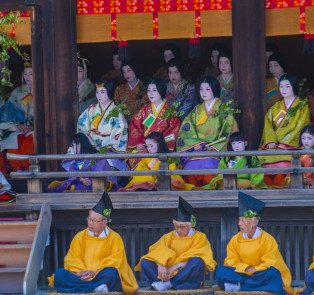
From the fiery glow of the Kurama Fire Festival in late October to the rich historical pageantry of Jidai Matsuri, there's always a reason to celebrate in Kyoto.
The Kurama Fire Festival is an electrifying experience with flaming torches and shouts of enthusiasm, resonating through the mountain village of Kurama. It's an unmissable spectacle, where warmth and energy fill the crisp autumn air.
Now, if you're keen to step back in time, Jidai Matsuri on October 22nd is your ticket to a historical journey. Featuring a grand procession of over 2,000 people dressed in authentic costumes from various periods of Japanese history, it's like watching a living timeline. But wait, there's more! The first week of April brings the bountiful cherry blossom trees and several other festivals celebrating spring. Times to visit Kyoto are plentiful, as each season unveils a new layer of beauty and tradition.
Kyoto's natural beauty

Kyoto isn't just a city; it's a painting that changes with each season!
In early April, the cherry blossom trees near the Kyoto Imperial Palace put on a magical show as delicate pink flowers bloom, turning the entire landscape into a soft-hued wonderland.
And guess what? The best time to visit Kyoto isn't just limited to spring. The city's natural charm is a year-round affair, with every season offering something unique and beautiful. Whether it's the vibrant hues of fall foliage starting in mid-November or the crisp air of mid-March as buds begin to bloom, Kyoto's embrace is ever-welcoming.
So, why not plan a visit to Kyoto during the first week of a season and catch the transformation firsthand? From the peaceful gardens surrounding the Imperial Palace to the gentle trickle of streams in picturesque parks, nature's artistry is on full display. Rainy season? No worries! Even the average rainfall adds to Kyoto's charm, as droplets create mesmerizing patterns on ancient stone pathways. Whatever the time, the average temperature, or even the high humidity, there's always a touch of natural elegance waiting to be discovered in Kyoto!
Practical tips for visiting Kyoto
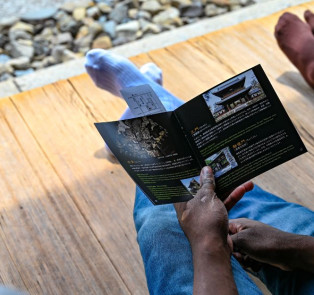
Planning a visit to Kyoto? Great choice! But hey, before you pack those bags, let's take a quick look at a few handy tips that could make your trip extra smooth. National holidays in Japan might turn your serene temple visit into a bustling crowd-fest, so it's a good idea to keep tabs on them. Think of it as an opportunity to join in the local celebrations, or if you prefer a quieter scene, to choose other days for certain activities. It's all part of the exciting journey!
Now, if you're up for a secret, here's one: Kyoto's low season can be a treasure trove of experiences. While everyone's rushing during the peak times, visiting Kyoto in the off-season means fewer crowds and more time to explore at your own pace.
Imagine having an entire Zen garden almost to yourself or finding the best spot to enjoy a tranquil tea ceremony without having to queue. Sound tempting? Trust me, it is! So why not take a chance on the road less traveled?
Kyoto's access and public transportation
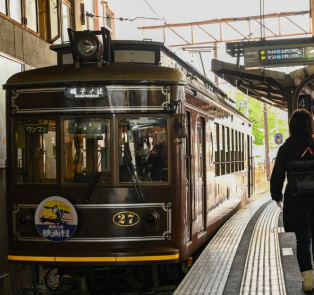
Kyoto, the heart of Japan's cultural heritage, isn't just remarkable for its temples and traditions but also for its accessibility! Hopping onto a Shinkansen (bullet train) from Tokyo or Osaka feels like a breeze, and in no time, you'll find yourself stepping into the historic streets of Kyoto. The train ride itself is an experience, with scenic views that'll make your Instagram followers swoon. Once you're there, getting around is just as easy and fun!
Now, about that public transportation in Kyoto—let me tell you, it's your best friend! Buses and trains are punctual, convenient, and ready to take you to every nook and cranny of this beautiful city. Just grab a rechargeable IC card, and you're all set to explore Kyoto like a local.
Whether you're on a mission to see all the famous shrines or just leisurely stroll through the charming neighborhoods, Kyoto's transportation system is there to make your journey seamless and unforgettable. So pack your adventurous spirit, and let Kyoto's efficient public transport be your guide to a world of wonder!
Deciding on the best time to visit Kyoto is like choosing your favorite flavor of ice cream—everyone's got their personal preference. Whether you're entranced by the gentle fall of cherry blossoms in spring, the vibrant colors of fall foliage, or the serene beauty of a winter's day, Kyoto offers a unique charm in every season. But hey, no matter when you choose to visit, you're in for an experience that's uniquely yours.
As Yuri, I must say that my time exploring Kyoto has been nothing short of magical. I wish all of you reading this article the same joy and wonder that this stunning city has gifted me.
Safe travels in Kyoto, and may your experience be as warm, delightful, and unforgettable as mine has been!
Hello, curious traveler! Embark on a unique experience with Hello, curious traveler! Embark on a unique experience with City Unscripted Kyoto. Our personalized, private tours, led by local hosts, make you feel like you’re exploring the city with a knowledgeable friend. We’ll take you to well-known sights and reveal Kyoto’s hidden gems, unveiling stories typically missed by traditional tours. So unscript your journey, and see Kyoto through the eyes of our local hosts!
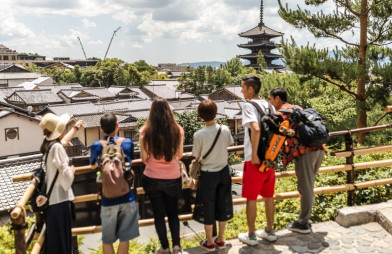
Top private experiences in Kyoto
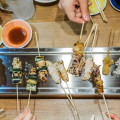
Eat & drink like a local: the Japanese izakaya dining edition

Half day in Magical Kyoto
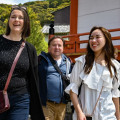
Top 8 must-sees: magical Kyoto
We’ll pair you with the perfect host
There is no better way to see a city than with a friend who lives there. This is why we carefully match guests with their perfect host based on interested, personality and type of experience so they can discover a city beyond the tourist trail.
Find your perfect host and experience using our nifty little tool
You may also like

Discovering Kyoto's summer magic: A guide to tours, temples, and traditions

Visiting Kyoto: The ultimate traveler's guide

Where to stay in Kyoto: Your ultimate guide to areas and accommodation

Spring tours in Kyoto: Navigating cherry blossoms, culture, and hidden gems

15 Last-Minute Gift Ideas Inspired by the World

15 Unique gift ideas for travel lovers
Explore our cities in japan.

Popular destinations

San Francisco

Mexico City

Read more Kyoto articles

- Privacy Policy
- Galapagos Islands
- Philippines
- Africa Overland
- New Zealand
- Solo Travel
- Backpacking
Visiting Japan in November: The Ultimate Guide
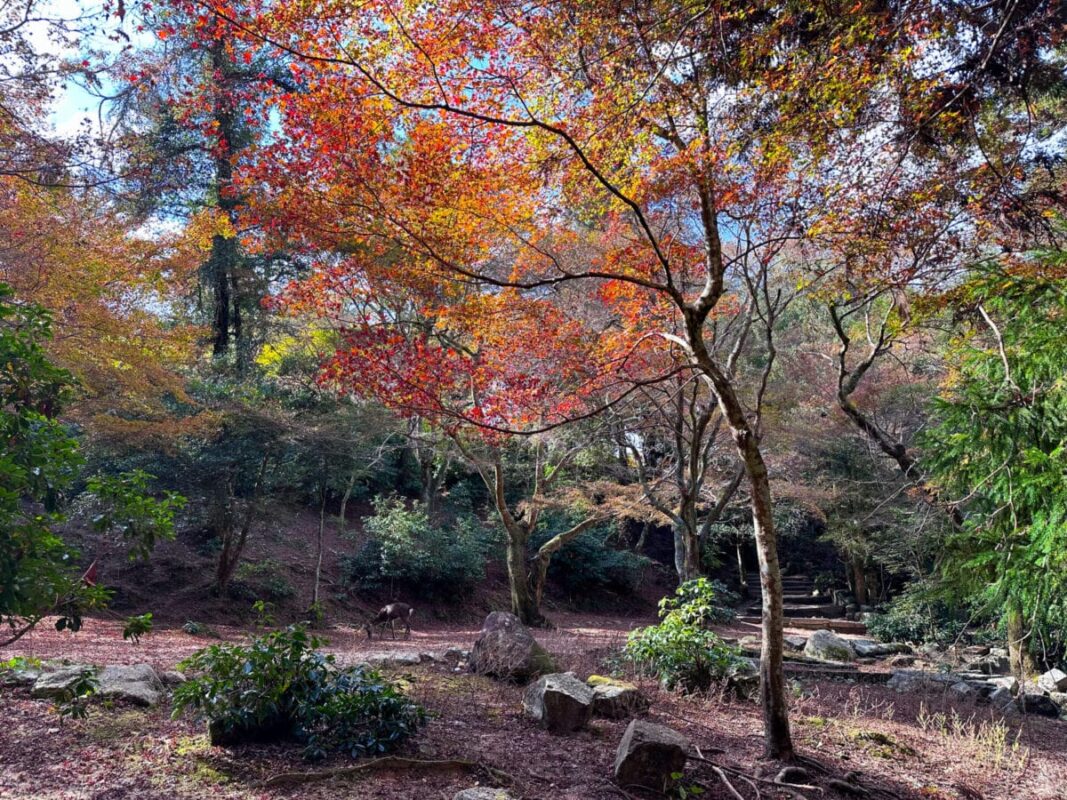
Table of Contents
November is an excellent time of year to visit Japan. There are fewer crowds, the autumn colours are at their peak and the temperature is ideal for exploring. I spent the entire month of November travelling around Japan. It was the perfect time of year to visit.
In this post, I’ve shared everything you need to know about visiting Japan in November. This includes the weather in November, what to pack for your November trip to Japan and the best places to visit.
Read next: all you need to know about a solo trip to Japan
Japan weather in November
When it comes to the weather, November is a great month to visit Japan. The temperatures are moderate, there are often clear skies and the beautiful fall foliage (Momiji) has begun. With both the typhoon season and the rainy season officially over, November is also one of the driest months in Japan.
The weather in Japan in November can be very diverse. Japan is a large country and the weather conditions vary.
The popular tourist areas in Honshu which include Tokyo and Kyoto can still see mild temperatures in November. For my first week in Japan, I only had to wear a t-shirt. By mid-November and late November, the temperatures were much cooler and a warm jacket was needed. Snow is unlikely in the Honshu area before early December, although there was a light dusting while I was in Kyoto.
In Northern Japan , the area of Hokkaido is much cooler and it’s the start of the winter months. In fact, it’s not uncommon for there to be snow in November. The average temperature for the city of Sapporo (Hokkaido) in November is 5.2°C (41 F) compared to 12.5°C (54.5 F) in Tokyo (Honshu). The autumn colours can start a few weeks earlier in Hokkaido.
If you’re heading down to the southern tropical-like beaches of Okinawa , the weather tends to stay very mild, but still bearable.
Temperatures will vary depending on where you plan to visit in Japan, but one thing that tends to stay consistent around the country is the clear skies and minimal rain.
I was in Japan for almost four weeks and only had a couple of days of rain in November. The clear skies also make it an excellent time to see the iconic Mount Fuji .
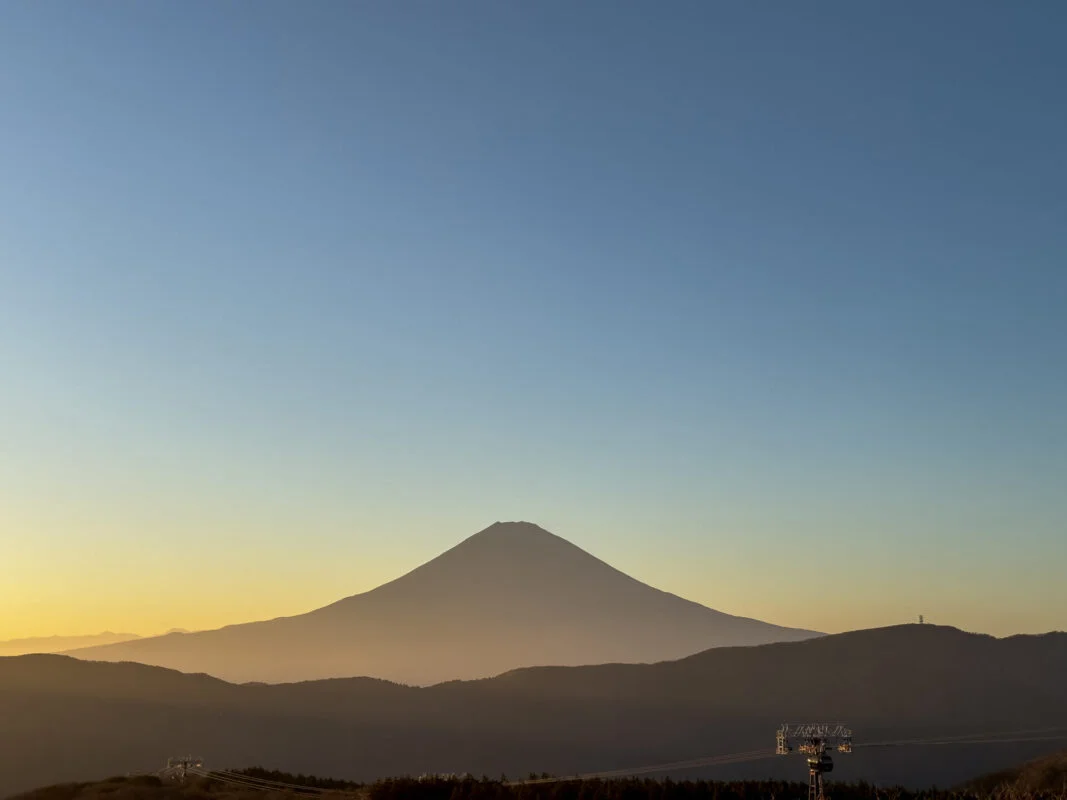
Is Japan crowded in November?
November is a busy time of year in Japan. The temperatures are cooler, the beautiful autumn foliage is at its peak and accommodation tends to be a little cheaper.
While this does attract the crowds, it’s worth noting that November can still be a lot quieter than other months, especially compared to the Cherry Blossom Season . I found the crowds in the major cities such as Kyoto and Tokyo overwhelming at times. But they certainly weren’t at their busiest.
Japan is a beautiful country and often, tourists focus on the same few destinations. If you want to escape the crowds in Japan, consider going off the beaten path.
Despite there being fewer crowds, November can still be busy so it’s a good idea to book your accommodation and activities ahead of time. I found budget accommodation in the major cities of Tokyo, Osaka and Kyoto had sold out a few weeks ahead of my visit in November.
I find Klook the best option for booking activities and rail passes in Japan. I booked everything through this website and had no issues at all.
Best places in Japan to visit in November
Japan is full of epic must-visit destinations all year round but there are a few which shine during the month of November.
If you’re planning a trip to Japan in November, here are some of the top destinations to include on your Japan itinerary.
Hakone is an easy day trip from Tokyo as well as the perfect place to spend a few days relaxing. It’s known for stunning mountain scenery, views of Mount Fuji and for being one of the best places to experience an Onsen (hot springs).
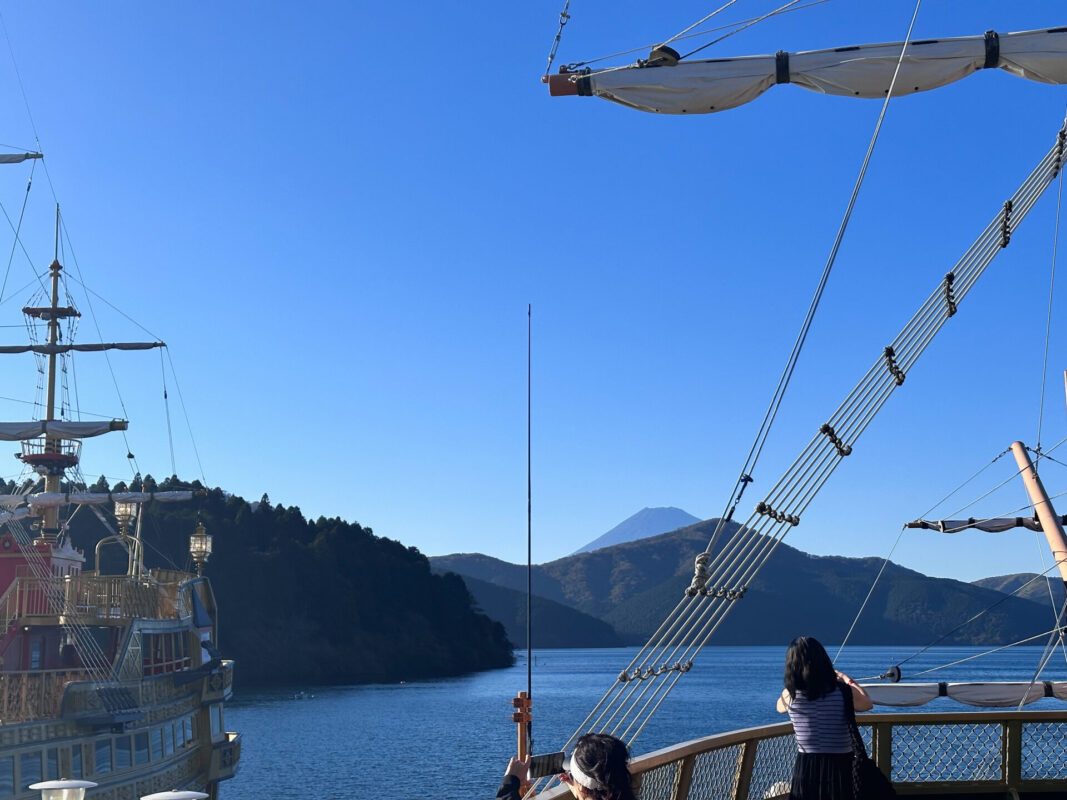
November is one of the best times of year to visit Hakone. With clear skies and minimal rain, Mount Fuji is often visible from spots around the area. It’s also an epic destination for the famous Momiji (autumn colours).
If you’re visiting Hakone from Tokyo, consider getting the Hakone Free Pass . This includes your journey to Hakone and transport around the area such as the famous Lake Ashi Sightseeing Cruise.
Planning a trip to Hakone? Check out my Hakone guide and itinerary .
Fuji Fives Lakes
The Fuji Fives Lakes area is another must-see spot in November. The autumn colours light up the area and make a beautiful frame for the iconic Mount Fuji.
Lake Kawaguchi is an absolute must visit while in the Fives Lake area. It’s home to the famous “Momiji Kairou” or Maples Corridor, a stunning display of autumn colours. The best time to see this incredibly display is from late October to mid-November.
It’s also a popular place for outdoor activities such as hiking and cycling.
The Mishima Skywalk is one of the best places to see the incredible Mount Fuji.
The city of Nikko and the surrounding area is a great destination in November. The area lights up with autumn colours and there is plenty to see and do. The Ryuzu Waterfall , Lake Chuzenji and the Shoyoen Garden are all popular spots to see the colours of fall. In fact, many people say that Nikko is one of the best places in Japan to see the autumn colours.
It’s possible to visit Nikko as a day trip from Tokyo as I did, but it’s better to stay overnight if you can. The areas with the best autumn colours are out of the main city so you want to give yourself time to visit them.
Tobu Railway offer the Nikko World Heritage Pass which is worth buying if you’re visiting Nikko from Tokyo. It includes return transport and transport around the area itself.
The Kansai Area (Osaka, Kyoto and Hiroshima)
The month of November is the perfect time to visit the famous Kansai region of Japan. This includes popular spots such as Osaka, Kyoto, Himeji and Hiroshima .
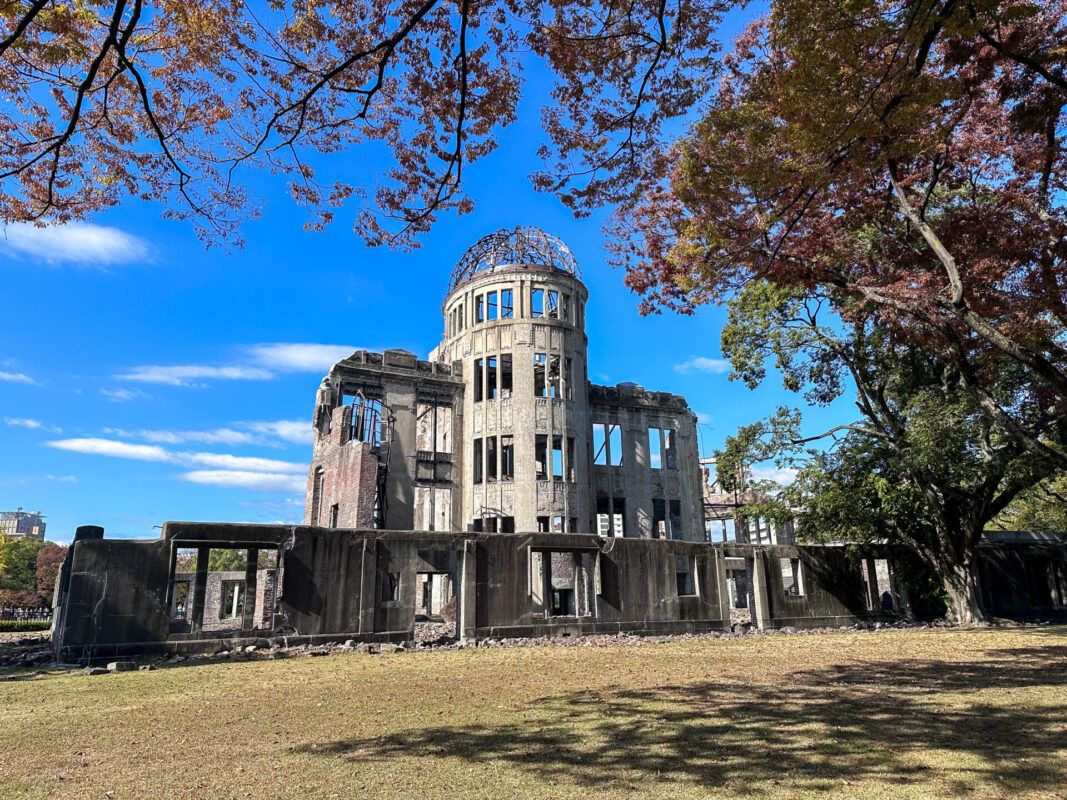
Kyoto is especially beautiful in November. There’s no place quite like Kyoto. Walking through Kyoto’s Southern Higashiyama Ward offers an incredible insight into Japan’s history and ancient traditions. It’s an absolute must-do on any visit to Japan whenever you visit.
For autumn colours near Kyoto, consider visiting the nearby Nara . Nara is known for its wild deer who often bow to receive food, but Nara Park is also an epic spot to see the autumn foliage.
Arashiyama is a scenic mountain area just outside of Kyoto. It’s an absolutely stunning area, but autumn is an especially beautiful time to visit. For a ride through the golden colours, consider a journey on the Sagano Romantic Train.
Minoo Park is another great spot to visit during November. It’s an easy day trip from Osaka and boasts incredible autumn colours as its Maple Trees turn red, especially around Minoo Falls.
While in the Kansai region, be sure to visit the famous Himeji Castle , a UNESCO World Heritage Site. There were no crowds whatsoever on the day I visited in November. In the Spring, Himeji is a great spot for the Cherry Blossoms.
If you’re travelling around the Kansai Region, consider purchasing the Japan Rail Kansai Pass . This saved me a lot of money during my trip.
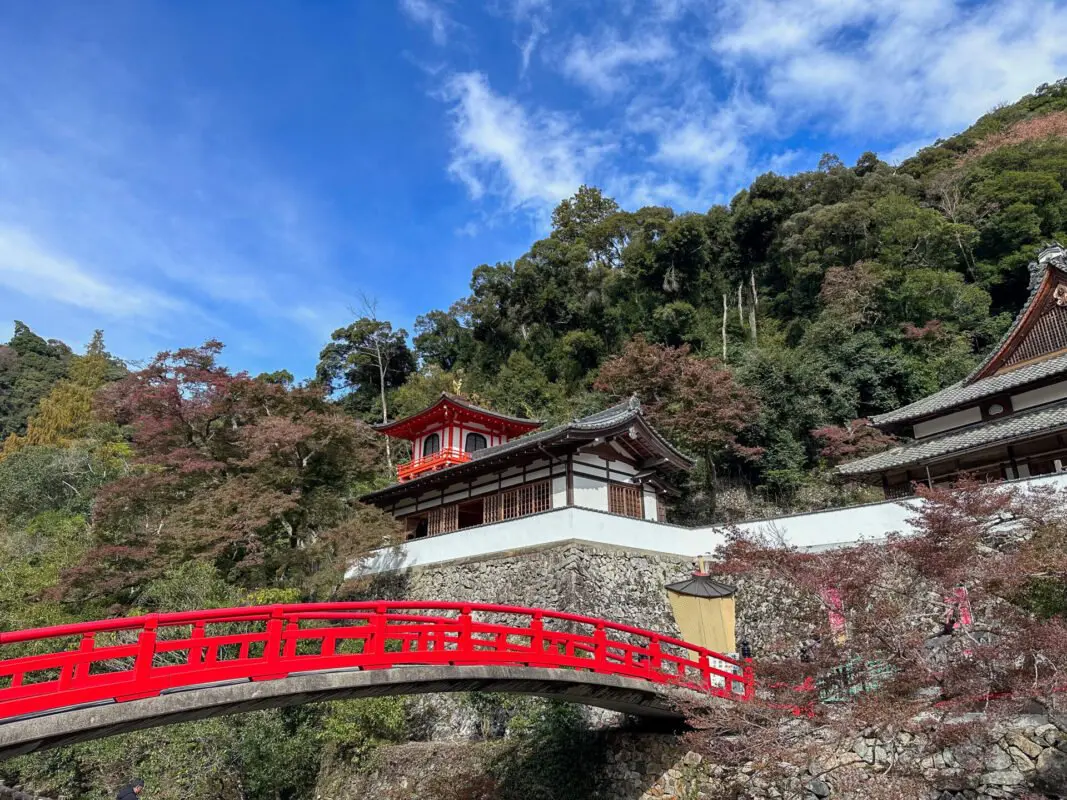
Tokyo is known for its long and humid summer days. By November, the weather is much more bearable making it a great time to visit Japan’s capital city.
For a chance at seeing the autumn foliage in Tokyo, visit Yoyogi Park , one of the city’s biggest green spaces. Another epic spots in Tokyo to witness the reds, oranges and golds of autumn is the Meiji Jingu Gaien and Shinjuku Gyoen National Garden .
A short day trip from Tokyo is the iconic Mount Takao which boasts some of the best autumn colours in Japan. It’s also home to the Autumn Leaves Festival held in November. It can get very crowded here so avoid weekends if possible.
If you want to explore the white beaches of Japan without the scorching heat, consider visiting Okinawa in the south of Japan.
This beach destination boasts incredible white sand beaches and crystal clear waters. While you won’t get to see the autumn foliage, you will be able to relax on the beach without overheating. It’s sometimes still possible to swim in the ocean during November.
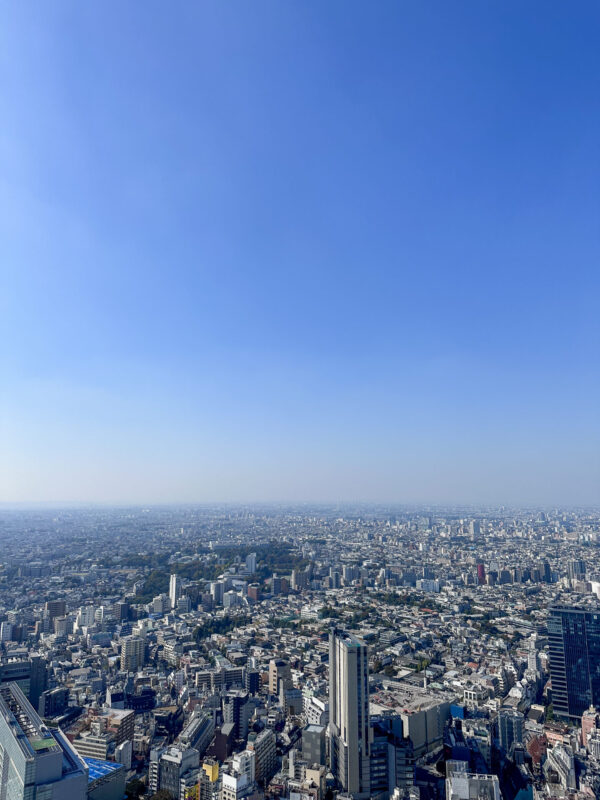
November events and festivals in Japan
November sees a variety of festivals and cultural events take place all over Japan. The below is a few highlights to consider when planning your Japan itinerary.
One of Japan’s most important Sumo matches happens in November. The Sumo match takes place in the city of Fukuoka . You’ll need to be lucky to grab tickets to this famous Grand Tournament .
Winter illuminations
Japan loves to put on a show and November is no exception. November often sees the start of many of the winter illumination festivals and shows. These famous light illuminations take place all over the country.
One of the most famous winter illuminations in Japan takes place in Kobe . It’s known as ‘Luminaire’ and is an Italian-inspired light show. Another popular winter illumination is the Rikugien Garden Autumn Illumination . This can be found in Japan’s capital, Tokyo.
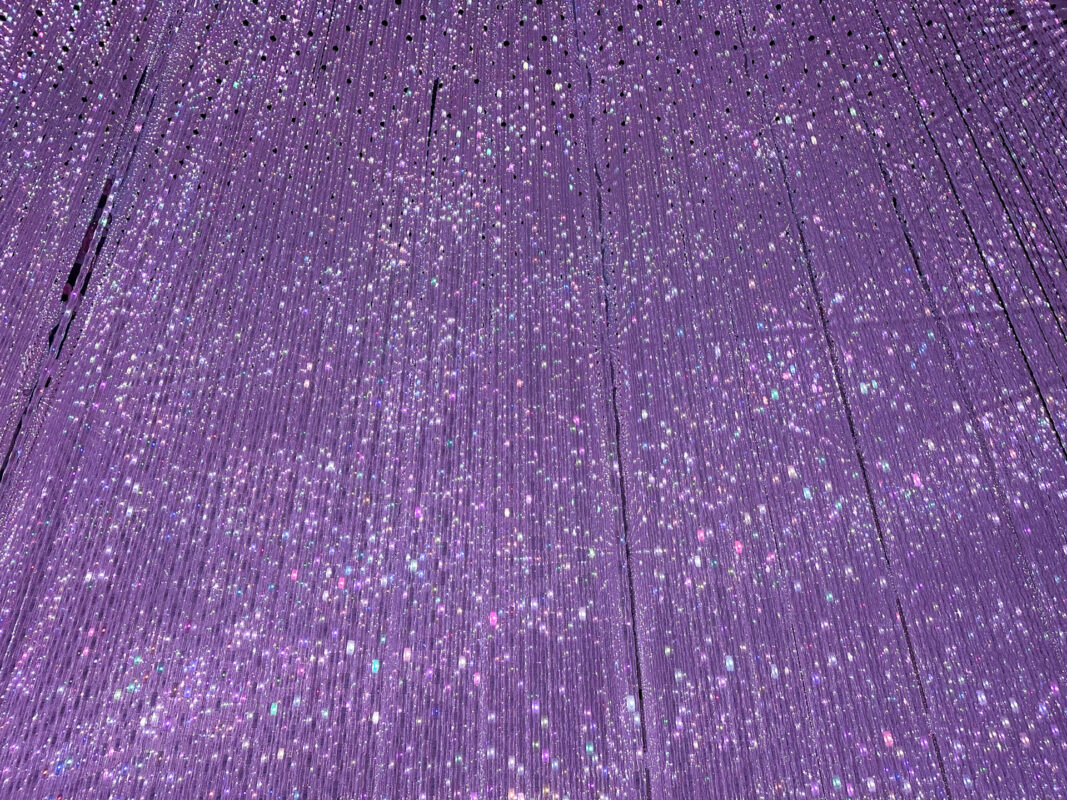
Cultural events
With festivals and cultural events throughout the year, Japan is one of the world’s culture capitals. November sees several cultural events take place.
In Kyoto , you’ll find the Gion Odori , where you can find traditional dance and music in the Gion area. Over in Miyajima , there’s the famous Fire Walking Ceremony at Daiganji Temple. This unique event sees brave priests and visitors walk across scorching hot coal in bare feet.
‘Culture Day’ is also celebrated across the country on November 3 rd . The day is a public holiday and with the aim of promoting the arts and culture. ‘Labour Thanksgiving Day’ is another famous public holiday which takes place in November across the country.
Autumn leaves festivals
With the red, gold and orange colours of autumn at their best, November sees various festivals to celebrate this incredible wonder of nature.
One of the best autumn festivals is the Fuji Kawaguchi Autumn Leaves Festival . The shores of Lake Kawaguchi are one of the best places in Japan to see the autumn colours including the famous “Momiji” tunnel .
Mount Takao is another great Autumn Leaves Festival.
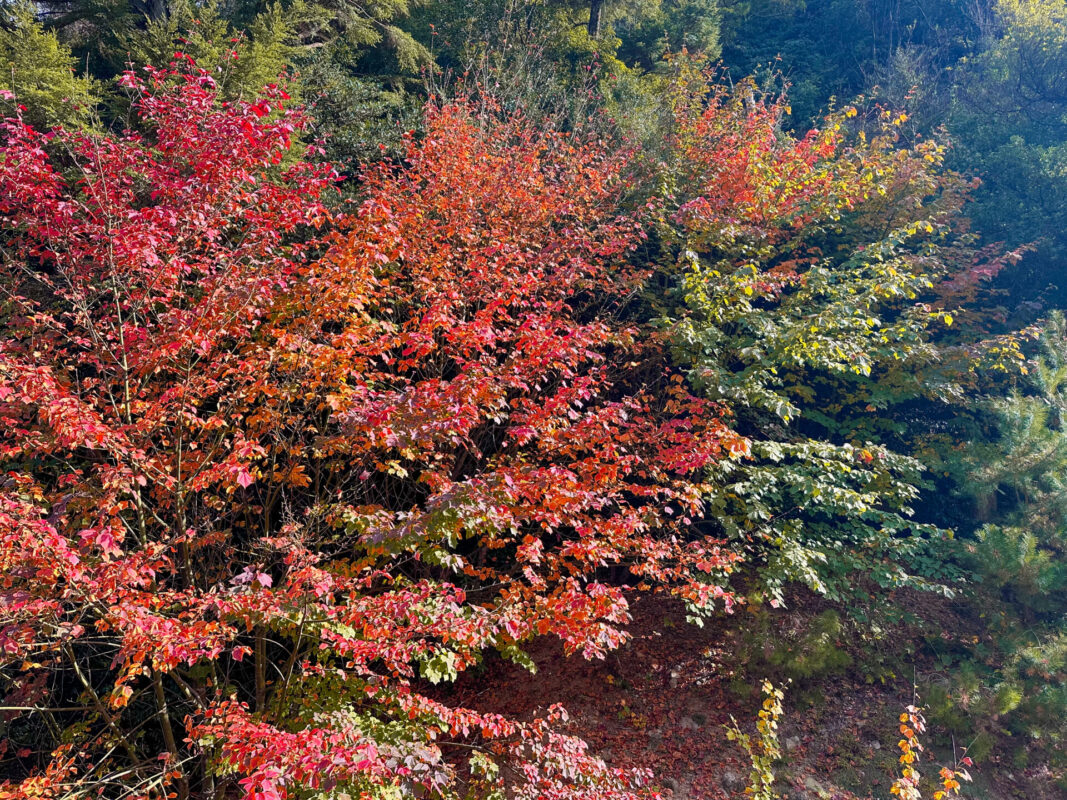
What to wear in Japan in November
Packing for Japan in November isn’t the easiest of tasks. The weather is changing and it’s hard to predict at what point the mild temperatures end and the cooler begins.
What you pack for your trip to Japan also depends on where you plan to visit. For those heading to Northern Japan ( Hokkaido ), you’ll want warmer clothes . If you’re heading to Okinawa , you’ll likely find clothes for warmer weather sufficient. For visitors to Honshu (Tokyo’s main tourist area), you’ll need both clothes for warmer and colder weather .
Ultimately, layers are the simple solution when it comes to packing for Japan in November.
Here are some essential packing items for those visiting Japan in November and heading to the popular areas of Tokyo, Kyoto and Osaka:
- Long-sleeved shirt or top : make sure to take a couple of warmer base layers such as a long-sleeve top.
- Light jacket : you can use this in cooler weather to layer. Even in early November, you might find the weather is cool in the evening so taking a light or down jacket is a sensible idea.
- Fleece or warmer jumper/sweaters : pack at least two warm and cosy layers such as a fleece or fluffy sweatshirt. This will help to keep you warm and allow you to layer.
- Rain jacket : despite being one of the driest months in Japan, November can still see rain. Pack a waterproof rain jacket in case you get stuck in a storm.
- T-shirts : November can still be a warm month in Japan, especially earlier in the month. Have several t-shirts to wear during the day.
- Skirt or dress : while I was in Tokyo in early November, the daytime temperatures reached 25°C and it was still quite humid. Have a couple of options for those potential warmer days (if you’re visiting in late November, don’t worry about this).
- Comfy shoes : whatever the time of year you visit Japan, it’s essential to pack comfortable shoes you can walk long distances in. I’m not sure I’ve ever walked as much around cities as I did in Japan.
- Swimwear : November is the perfect time to relax in an Onsen (hot springs), remember to pack swimwear.
If you’re visiting Japan at the end of November and into December, you might find a winter coat is necessary. Otherwise, I’d focus on layers to make your packing as easy as possible.
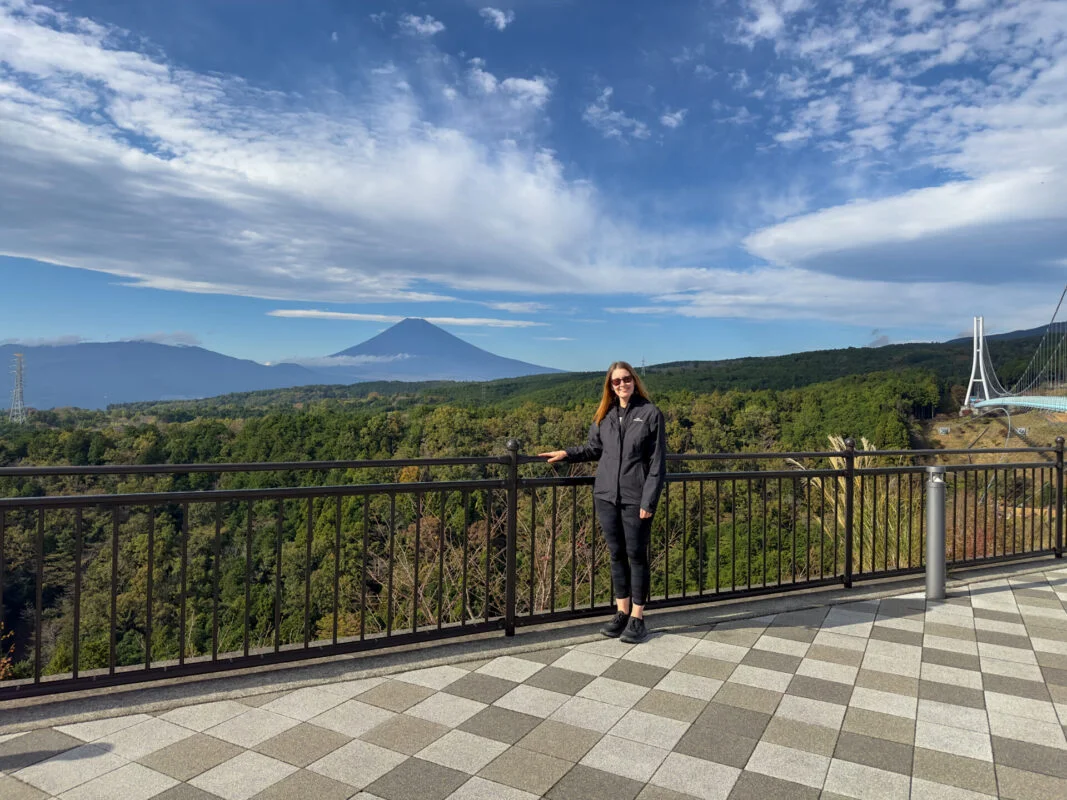
Summary: Is November a good time to visit Japan?
Yes! November is a great time to visit Japan. In fact, I would argue it’s one of the best times of year to visit this incredible country.
I loved my trip to Japan in November. The temperature was perfect for exploring, the autumn colours were incredible and the crowds were bearable (aside from a couple of the very popular spots).
Did you enjoy this guide to visiting Japan in November? Share on social media below.
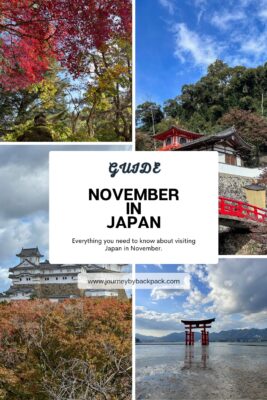
Planning a trip to Japan? Check out some of my other Japan guides.
Minoo Park: A Beautiful Day Trip from Osaka
Harry Potter Studio Tour Tokyo: How to Visit and an Honest Review
Hakone Guide: Best Things to Do and Helpful Itinerary Ideas
6 Easy Day Trips from Osaka
Related Posts
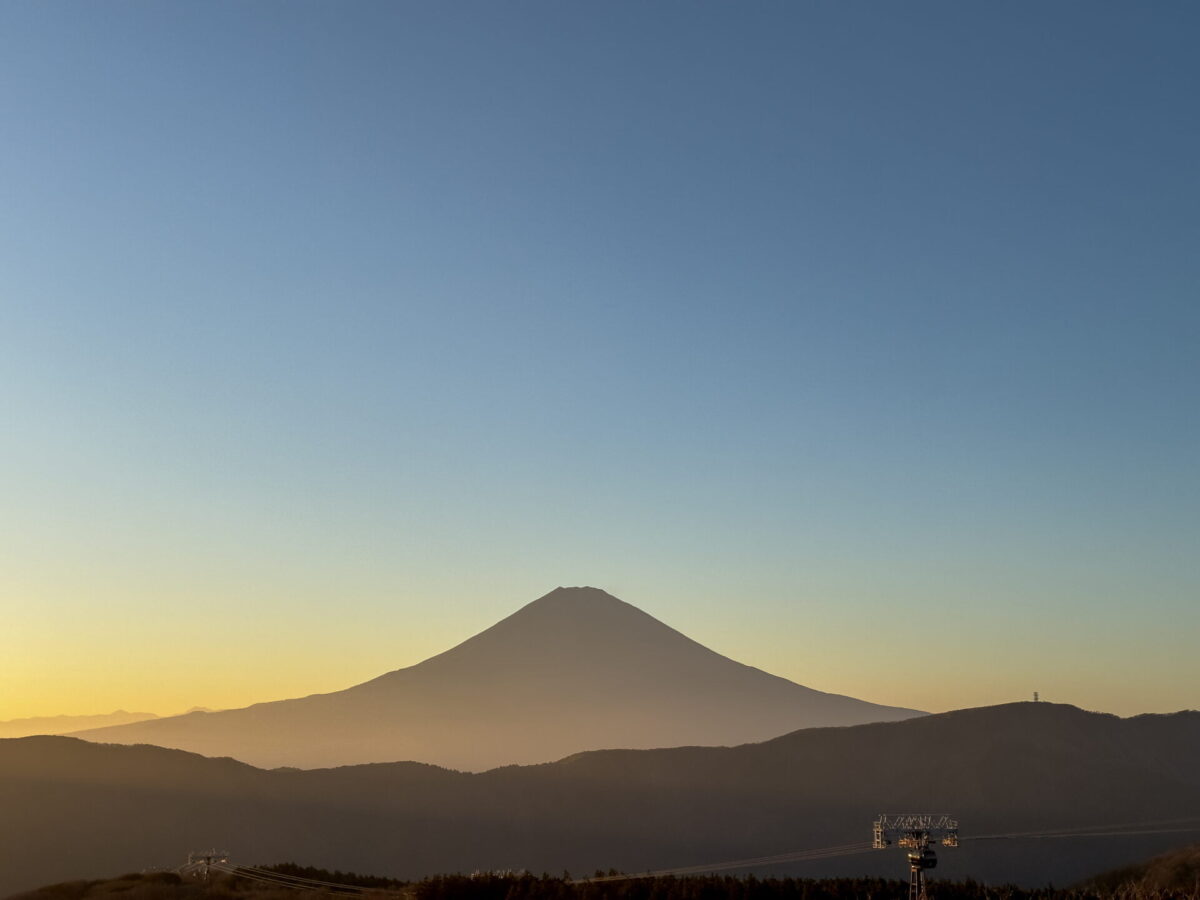
The 5 BEST Places to See Mount Fuji from Hakone

A Guide to Visiting Hakone’s Mishima Skywalk (For Epic Views of Mount Fuji)

Solo Travel in Japan: 16 Helpful Things to Know
You will be redirected to your dashboard shortly. We will also call you back in 24 hrs .
- Kyoto In November 2024: A Detailed Guide For A Trip To The Land Of Cherry Blossoms
11 Nov 2022
Of classical wooden houses, sacred shrines, royal palaces and lush green gardens, Kyoto is the personification of sheer bliss. It is a magical land where once you step in, you will never want to go back to your own world! And the sight is even more tranquilizing in the autumn season. So, visiting Kyoto in November will give you an experience like that of a paradise. There are many places to visit which are the epitome of beauty. If you are planning a trip to Kyoto during November, here is a guide you can keep handy for the perfect vacation.
Quick Links for Navigations
Weather in kyoto in november, best places to visit in kyoto, best experiences in kyoto.
- Tips For Kyoto In November
- Frequently Asked Questions
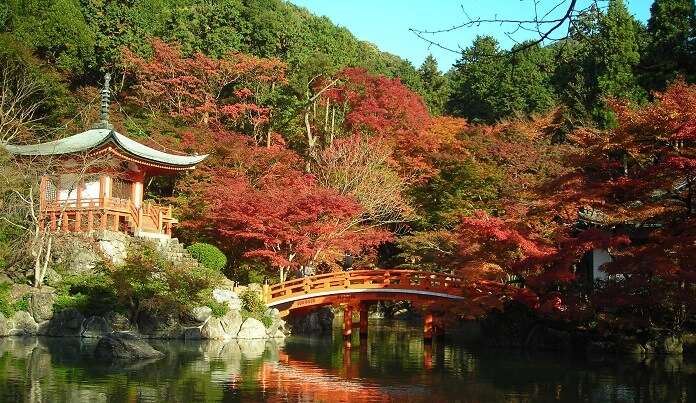
Image Source
Although you can visit Kyoto at any time of the year, November is the best time to visit Kyoto. The average temperature in Kyoto in November ranges between 17-degree Celsius and 8-degree celsius. It is a good time to explore the city without any hassle. Kyoto in November weather is cool and pleasant so you can expand your horizons. The city experiences autumn season which makes everything look extra beautiful. So, if you are planning a trip to Kyoto, do consider November for it.
Here is a list of Kyoto attractions in November 2022 for an experience that you will cherish forever. Read along and add them to your itinerary!
1. Nijo Castle
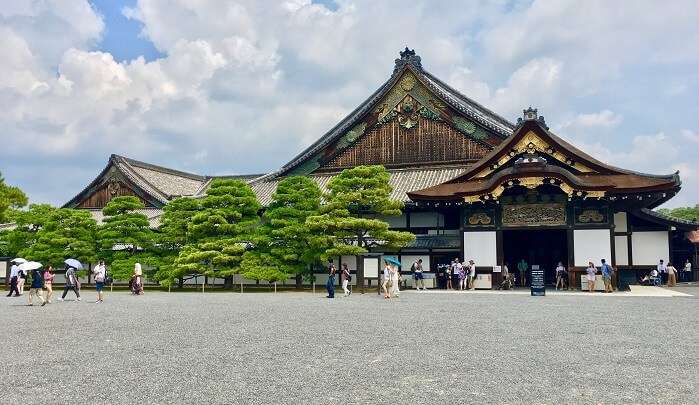
Nijo castle is just like any old world castle surrounded by a moat that defends its walls and towers that define its structure. The castles showcases the beautiful Japanese carvings and unique metal work that will impress you to the core. The whole castle is the personification of unbounding beauty and charm!
Location: 541 Nijojocho, Nakagyo Ward, Kyoto, Kyoto Prefecture 604-8301
25 Unbeatably Fun Things To Do In Japan That All Travelers Must Try
Looking To Book An International Holiday?
Book memorable holidays on TravelTriangle with 650+ verified travel agents for 65+ domestic and international destinations.

Trip to Sri Lanka at Rs 13,500/-
Plan Your Vacation Today!

Trip to Singapore at Rs 20,499/-
Get Quotes From Local Experts

Mauritius Holiday Starting at Rs 65,000/-
Talk to Our Experts Today

Maldives Honeymoon Trip at Rs 39,800/-
Pay with easy EMI Option

Europe Trip at Rs 89,999/-
All Inclusive Deals

Vacation in Dubai at Rs 27,499/-

Hong Kong Holiday at Rs 24,999/-
Money Safe Guarantee

Thailand Holiday at Rs 7,999/-
Flights Excluded

See more at TRAVELTRIANGLE.COM
2. Kinkaku- Ji
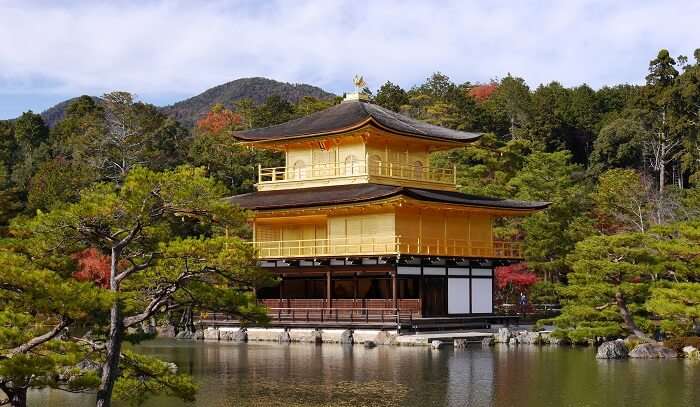
One of the most famous places to visit in Kyoto is Kinkaku-Ji which oozes with magnificence! It is a golden pavilion that was built for the purpose of stay and recreation for the emperors. The pavilion offers picturesque views and is known for its structure and a tea house in it. You can enjoy delightful beverages as well. During November, it looks even more beautiful!
Location: 1 Kinkakujicho, Kita Ward, Kyoto, Kyoto Prefecture 603-836
14 Places For Shopping In Japan That Will Make Your Shopping Experience Worth It!
3. Kiyomizu-Dera Temple
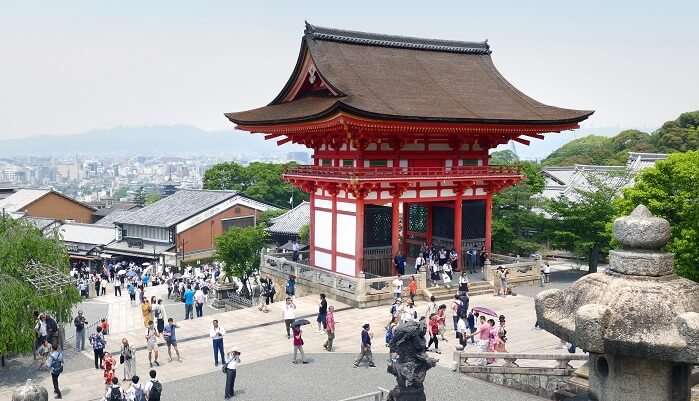
A UNESCO World Heritage Site, this temple is a place worth visiting on your Kyoto holiday. In order to reach the temple premises, you will have to walk through a TeaPot lane that features small shops on each side making it a refreshing experience. Once you reach the top, you will be left mesmerized by the very sight of the temple. Seek your blessings and absorb its beauty!
Location: 294 Kiyomizu, Higashiyama Ward, Kyoto, 605-0862, Japan
35 Best Places To Visit In Japan That Make It Look Right Out Of A Storybook In 2022!
Here are the best experiences you can have in Kyoto for having a heartwarming vacation. Take a look!
1. Engage In A Tea Ceremony
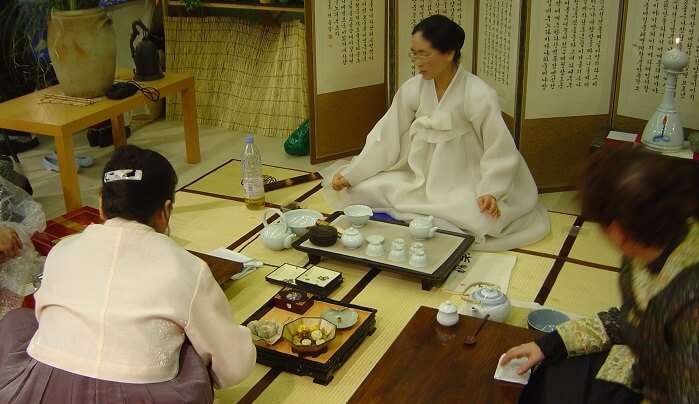
Participating in a tea ceremony in Kyoto is one of the most interesting and unique things to do. The ceremony will definitely leave you mesmerized. In the ceremony, the cups of tea are decorated and then tea is served. You can enjoy the beverage and make new friends during the ceremony.
Best places for tea ceremony: Gion, Kyoto En, traditional district of Kyoto
Best Restaurants In Japanese Garden, Singapore For Extra Savoury Meals
Planning your holiday but confused about where to go? These travel stories help you find your best trip ever!
Real travel stories. Real stays. Handy tips to help you make the right choice.

Ramya Narrates The Story Of 6 Girls On An Extraordinary Trip To Thailand
Bangkok. Phi Phi. Krabi. Why should guys have all the fun?

Sandeep Illustrates On The Best Activities For A Family Trip To Mauritius
Water sports. Cocktail parties. And unlimited fun at Casela.

Nisarg Can't Stop Praising His Honeymoon Trip To Maldives
There was snorkeling, sightseeing, luxury, comfort, & much more!

Sabyacsachi's Romantic Trip Proves Europe To Be The Mother Of All Vacations
For Art, Culture, Luxury, & more...

Srishti Talks Of Her Amazing Trip To Singapore With Her Mother & Niece
A fun-filled destination for ages indeed!

67-Year Old Sridhar Tells How He Beat The Odds & Took A Solo Trip To Dubai
Desert safari. Burj Khalifa. Welcoming locals. Tell me more!

Not Adventure Lovers? Saurabh's Family Trip Proves Hong Kong To Still Be Full Of Fun
Your kids will love Disney Land & Ocean Park!

Ravi's Tale Of A Sri Lanka Family Tour Is All You Need To Know About Ramayana Tour
For the love of Ramayana & Travel!
2. Savour The Best Cuisine At Pontocho
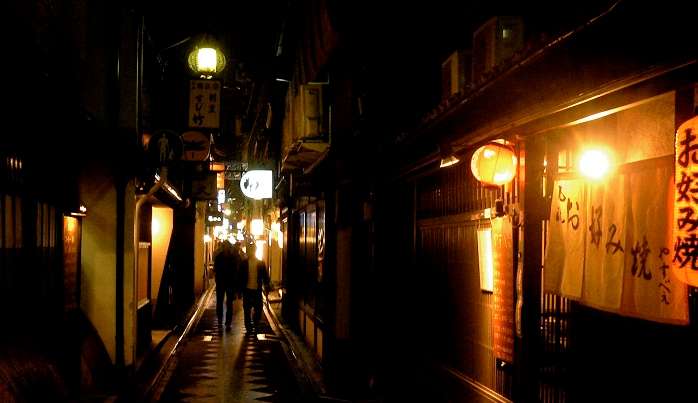
Pontocho is a famous street in Kyoto dotted with bars and restaurants that attract lots of tourists as well as locals. If you want to savour the best cuisine that the city offers then dine at a restaurant in Kyoto. From lavish to budget restaurants, you will find a lot of options. You can also enjoy the scenic views of Kamogawa river while having your food. The place becomes even more picturesque at night.
Famous restaurants in Pontocho: Botejyu Kyoto, Masayoshi Kyoto dining, Chao Chao Sanjo Kiyamachi
Japan In May: Explore The 10 Most Exciting Activities Japan Offers In May 2022
3. Take A Walk Down The Philosopher’s Path
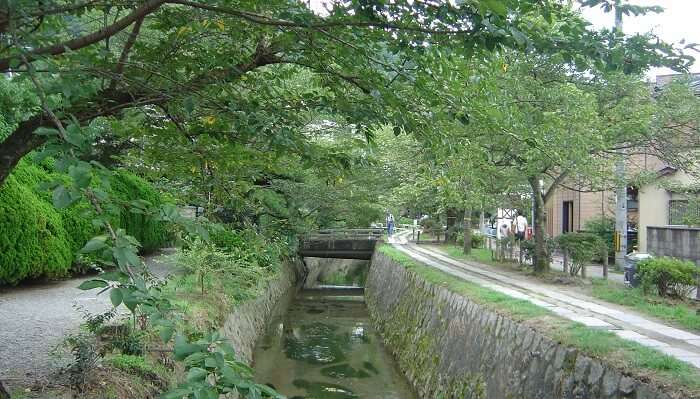
A walk for peace, a walk for refreshment, a walk for solace. A walk down the philosopher’s path will give you all this in one go! The place is known among locals as well as tourists for its soothing effects. The trail begins from Ginkakuji and ends at Nanzenji. On each side of the trail, you will find shrines, temples and restaurants. It is definitely one of the best things to do. If you have planned a vacation in Kyoto, travel in November to have an amazing time.
Location: Shishigatani Honenin Nishimachi, Sakyo Ward, Kyoto, 606-8427, Japan
Monsoon In Japan: Enjoy The Rains In Japan Alongside Sushi And Ramen!
14 Exciting Things To Do In Summer In Japan On Your Holiday In 2022!
While Japan is known for its technology and modernity, the city of Kyoto is in clear juxtaposition to it. It rather offers a glimpse into the culture of the country in a beautiful manner that will make you fall in love with it. And if you thought there is not much to see, you must be knowing by now that you were wrong! So, what are you thinking about? Plan a trip to Japan , head to Kyoto and have a surreal experience.
Disclaimer: TravelTriangle claims no credit for images featured on our blog site unless otherwise noted. All visual content is copyrighted to its respectful owners. We try to link back to original sources whenever possible. If you own the rights to any of the images, and do not wish them to appear on TravelTriangle, please contact us and they will be promptly removed. We believe in providing proper attribution to the original author, artist or photographer.
Please Note: Any information published by TravelTriangle in any form of content is not intended to be a substitute for any kind of medical advice, and one must not take any action before consulting a professional medical expert of their own choice.
Frequently Asked Questions About Kyoto In November
Does it snow in Kyoto in November?
It doesn’t really snow in Kyoto in November. Kyoto is among those few places in Japan that do not receive harsh winters and snowfall. Though it does snow at different times in winter in Kyoto, it begins from early December and lasts till March.
What is Kyoto famous for?
Kyoto is famous for its Buddhist temples, shrines, gardens and palaces which makes it a cultural capital of Japan. It is also famous for Buddhist vegetarian cuisine and tofu. Kyoto nightlife is another thing you should not miss checking out.
Is Kyoto colder than Tokyo?
Yes, Kyoto gets colder than Tokyo in winters. Where in 2018, the average temperature in Kyoto was 3.9 degree Celsius, the average temperature in Tokyo was 4.7 degree Celsius.
What clothes to wear in Kyoto in November?
October is the autumn season in Kyoto. so, pack long-sleeved shirts for the day and jackets for the night. Kyoto in early November gets colder. So, you need more warm clothes. It is advised you wear a sweatshirt or jacket in the day.
What is the best time to visit Kyoto?
Fall (October-November) and Spring (March-May) are the two best seasons to take a trip to Kyoto, Japan. These are the two times when nature is in full bloom, the sky is clear, and the weather is temperate.
Is Kyoto worth visiting in winter?
If you love snow, nobody can stop you from enjoying your holiday in Kyoto. Everything is covered in a sheen of white and many festivals are celebrated in winter that you can take part to experience the culture of this place.
Looking To Book A Holiday Package?

Spellbinding Cochin Family Tour 2D/1N Package @ Rs 2,750
Plan your trip today!

Himachal Family Tour Package 4D/3N @ Rs 8,750
Get quotes from multiple travel experts.

Exciting Andaman Family Trip 5D/4N @ Rs 10,250
Compare & customize quotes before booking.

Gangtok & Darjeeling Tour Package 5D/4N @ Rs 13,000
Have Questions? Talk to our travel experts today.

Wonderful Goa Family Package 3D/2N @ Rs 6,500
Best prices guaranteed.

Riveting Rajasthan Vacation 3D/2N Package @ Rs 6,499
EMI option available.

Enchanting Uttarakhand Tour 4D/3N Package @ Rs 7,199
Explore best destinations with our experts.

Delightful South Weekend Tour 3D/2N Package @ Rs 4,999
Thrilling weekend full of fun.

Marvelous Gujarat Tour 3D/2N Package @ Rs 4,999
Talk to our experts today.
People Also Read
Tokyo In November Asia In November Russia In November
Recent Posts
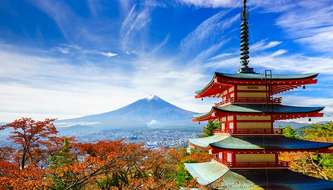
8 Magical Hidden Gems In Japan That Leave The Visitors In Awe
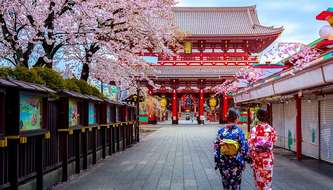
Hidden Gems In Tokyo That Are Beyond Tourist Trails
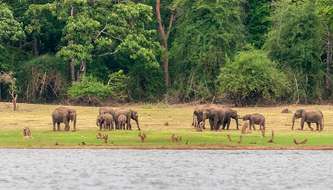
Kabini Wildlife Safari: A Comprehensive Guide For Your Next Adventure
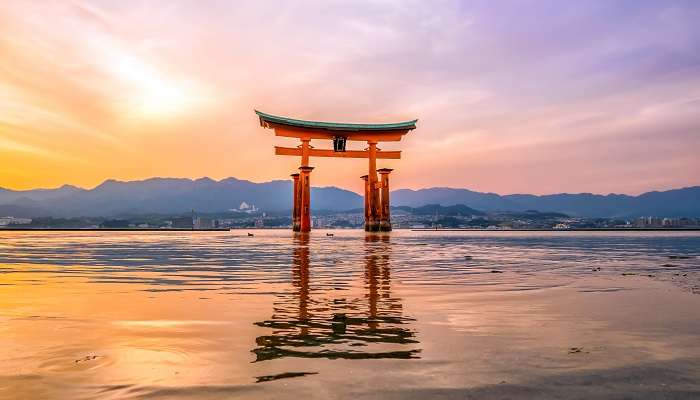
35 meilleurs endroits à visiter au Japon qui donnent l’impression d’être tout droit sorti d’un livre d’histoires en 2023

Sikkim In June: A Complete Guide On How To Experience It Best In 2024
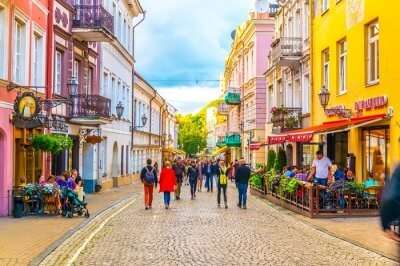
Summer In Lithuania 2023: A Traveler’s Guide To Enjoy A Vibrant Summer Vacation!
Trending Blogs

20 Mysterious Places In India To Visit In 2024 More Bizarre Than The Bermuda Triangle

10 Scariest Roads In India That Are A Driver’s Nightmare

101 Places To Visit In India Before You Turn 30 in 2024

35 Exotic Places To Visit In December In India 2024 To Enjoy A Surreal Vacation

60 Best Honeymoon Destinations In India In 2024

95 Best Honeymoon Destinations In The World In 2023 For A Romantic Escape!
Best Places To Visit In India By Month
Best places to visit outside india by month.
- TravelTriangle
- Destinations » Japan »
- Tour Packages
- Honeymoon Packages
- Family Packages
- Budget Tour Packages
- Luxury Tour Packages
- Adventure Tour Packages
- Group Tour Packages
- Kerala Tour Packages
- Goa Tour Packages
- Andaman Tour Packages
- Sikkim Tour Packages
- Himachal Tour Packages
- Uttarakhand Tour Packages
- Rajasthan Tour Packages
- Tour Packages From Delhi
- Tour Packages From Mumbai
- Tour Packages From Bangalore
- Tour Packages From Chennai
- Tour Packages From Kolkata
- Tour Packages From Hyderabad
- Tour Packages From Ahmedabad
- Kerala Tourism
- Goa Tourism
- Sikkim Tourism
- Andaman Tourism
- Himachal Tourism
- Uttarakhand Tourism
- Rajasthan Tourism
- Hotels in Kerala
- Hotels in Goa
- Hotels in Sikkim
- Hotels in Andaman
- Hotels in Himachal
- Hotels in Uttarakhand
- Hotels in Rajasthan

- Thailand Lantern Festival
- Indonesia(Bali)
- South Korea
- China (HK, Taiwan)
- Itinerary Ideas
- Asia Highlights Travel Reviews
- Thailand Travel Reviews
- Vietnam Travel Reviews
- Cambodia Travel Reviews
- Japan Travel Reviews
- Myanmar Travel Reviews
- China Travel Reviews

Best (and Worst) Times to Visit Kyoto: Weather and Travel Tips
Kyoto, the ancient capital with a long history, is the top city you should visit when you travel to Japan. Kyoto is an ideal city to travel to year-round with four distinct seasons.
The best times to visit Kyoto with the most pleasant weather are in spring (March to May) to enjoy the exquisite scenery of pink cherry blossoms and in autumn (September to November) to admire the multicolored autumn foliage. Typhoons often occur around September and bring heavy rain.
Summer (June to August) is hot and humid, with August being the hottest time, when the average daily high reaches up to 34°C (93°F). Winter (December to February) is cold and dry, with January being the coldest time, having an average daily high of 9°C (48°F).
The rainy season extends from June to July with persistent moderate rain, but it does not rain every day and you can travel without disruption.
- Spring in Kyoto
- Summer in Kyoto
- Autumn in Kyoto
- Winter in Kyoto
- Travel Guide by Month
Weather in Kyoto Every Month
Discover real reviews of Highlights Travel Family 's best-rated service across trusted platforms.
Spring in Kyoto (March to May): The Best Time to Visit
- Pleasant weather; the popular cherry blossom season
Spring (March to May) is one of the most popular times to travel to Kyoto (and all of Japan), when the weather is pleasant and the iconic cherry blossom views are enjoyed. The average temperature range is 14–25°C (57–77°F) and the average rainfall is a moderate 124 mm (5 in).
Cherry blossoms usually reach full bloom in late March to early April , making the spring/Easter holidays a great time to visit Japan. You could take a classic Japan family photo in kimonos under a cherry tree as the breeze blows cherry blossom petals on your head.
To capture the essence of spring in Kyoto , you could meander around the lush bamboo groves in Arashiyama, feed the lovely deer in Nara, and participate in a traditional tea ceremony to savor a cup of matcha.
Clothing tips: As the weather gets warmer in Kyoto, sweaters and lighter coats are sufficient to cope with the changing temperatures, but you may only need a shirt for the days when it becomes even hotter.
It's ideal to take about 7–10 days to explore the major highlights and experience some hands-on activities in Tokyo, Kyoto, and Osaka during the cherry blossom season. Check out our 10-Day Japan Cherry Blossom Spring 2024 Mini-Group Tour for a great-value hassle-free trip.
Suggested reading: Plan a Trip to Kyoto >>>
Summer in Kyoto (June to August): Hot and Humid
- Experience lively festival celebrations
Summer (June to August) is the hottest and rainiest time in Kyoto , with temperatures ranging from 28 to 34°C (82–93°F) on average. The rainfall is high from June to July, reaching up to 224 mm (9 in), but it becomes drier in August, with an average rainfall of 154 mm (6 in).
The heat and rain are not big worries when you travel to Kyoto — it does not rain every day and you could still enjoy your trip. Many indoor activities, such as a ninja experience, afternoon tea with geishas, and a tea ceremony, are held in air-conditioned buildings. Traveling to the attractions in a private air-conditioned car would also minimize any inconvenience caused by rainfall.
Festivals: Various festival celebrations are the most fascinating events held in summer in Kyoto. The Gion Festival in July is the biggest in Kyoto and attracts travelers from Japan and abroad to immerse themselves in the strong cultural atmosphere.
Clothing tips: Pack shirts, sunglasses, and hats for summer in Kyoto. Don't forget to take an umbrella in case of sudden rain.
Insider tip: Compared with July and August (the summer vacation in Japan), June is cooler and less crowded, which makes June a better time for foreign family groups to visit Japan.
Autumn in Kyoto (September to November): Best Time to Visit
- Mild temperatures and colorful autumn foliage
Autumn dispels the summer heat and brings cooler temperatures. Comfortable fall temperatures range from 17–29°C (63–84°F) in Kyoto. The average rainfall in September in Kyoto is 180 mm (7 in), but this is due to occasional typhoons, while November is drier with a low average rainfall of 74 mm (3 in).
Colorful autumn foliage is the best scenery in fall and you can appreciate it everywhere in Kyoto. It is especially abundant in November when the typhoon season is gone and there are more clear days.
Kiyomizu-dera is one of the best places to see the red maples in autumn in Kyoto. You could climb the observation deck to enjoy the impressive view of red-leafed maples across the mountains and valleys.
Clothing tips: The weather changes frequently in Kyoto, but a shirt, a coat, and a jacket should be adequate to cope with it. If you travel during the typhoon season, don't forget to take an umbrella.
Winter in Kyoto (December to February): Cold and Dry
- A good time to enjoy an onsen in a traditional ryokan
Winter is the coldest time in Kyoto, but it's not too cold to travel. With daily highs of 9–12°C (48–54°F), it's the driest time of year with a low average rainfall of about 57 mm (2 in). It occasionally snows.
Soaking in a warm hot spring (an onsen) at a traditional Japanese-styled ryokan (inn) is one of the top things to do in winter in Kyoto. Sleeping on a tatami, sampling a high-class kaiseki (multi-course feast), and wearing a yukata (bathing robe) would truly immerse you in the Japanese culture.
Kyoto has more excellent ryokans than other cities because Kyoto is Japans top ancient capital with a well-preserved traditional atmosphere. This allows you to have an immersive experience of medieval Japanese accommodation.
Festivals: Kyoto is an ideal destination to celebrate Christmas and New Year, and it is one of the best times to experience local Japanese culture. You could enjoy a first-rate feast of kaiseki for your Christmas / New Year dinner. Bell-ringing ceremonies in Kyoto's shrines are a traditional way to welcome the New Year. People line up to ring the giant bells and pray for good luck in the coming year.
Clothing tips: Thick clothes, such as a down jacket and gloves, should be worn in Kyoto in winter to keep warm.
Kyoto Travel Guide by Month
Click the sign of each month to check the travel guide information.
Kyoto Weather in January
- Average high: 9°C (48°F)
- Average low: 2°C (36°F)
January is the coldest and driest time to travel to Kyoto, but it isn't too cold to travel. After the busy New Year period (maybe after January 15th), you would enjoy fewer crowds and lower costs.
Kyoto festivals and events in January: You could participate in a bell-ringing ceremony in a shrine to celebrate New Year and pray for good luck in Kyoto.
Kyoto Weather in February
- Average high: 10°C (50°F)
February is still a cold and dry month in Kyoto. It may snow occasionally, adding more charm and mystery to Kyoto's ancient buildings.
Kyoto Weather in March
- Average high: 14°C (57°F)
- Average low: 4°C (39°F)
March is the beginning of spring and the cherry blossom season, making it a great time to travel to Kyoto. Late March attracts thousands of travelers going to Japan as the cherry blossoms are in full bloom.
Kyoto Weather in April
- Average high: 20°C (68°F)
- Average low: 9°C (48°F)
April is one of the best times to travel to Kyoto as the temperature is comfortable and, in early April, the cherry blossoms being in full bloom attract many travelers.
Kyoto festivals and events in April: Hanami (flower viewing) is the most attractive and busiest event in Kyoto in early April. It's recommended to make a reservation at least 3–6 months in advance.
Kyoto Weather in May
- Average high: 25°C (77°F)
- Average low: 15°C (59°F)
It gets warmer in May and, most of the time, the skies are clear. The Golden Week, usually observed from April 29th to May 5th, is a public holiday in Japan, and many Japanese choose to travel during this time. The crowds and costs tend to decrease towards the end of May, making it an excellent time to visit Japan.
Kyoto Weather in June
- Average high: 28°C (82°F)
- Average low: 19°C (66°F)
June is the start of summer and the rainy season in Kyoto. It doesn't rain every day — sometimes there may be steady light rain but it won't affect your journey.
June is recommended for spending the summer vacation with your kids as it is cooler and less crowded compared to July and August.
Kyoto Weather in July
- Average high: 32°C (90°F)
- Average low: 24°C (75°F)
The heat and humidity continue in July. It does not rain every day and, even if there is steady moderate rainfall, it would not affect your planned trip.
Kyoto festivals and events in July: The Gion Festival is the largest and most important festival in Kyoto in July. It lasts for a month and offers an opportunity to immerse yourself in the strong cultural atmosphere.
Kyoto Weather in August
- Average high: 34°C (93°F)
- Average low: 25°C (77°F)
The heat in August in Kyoto is not a big problem because you could enjoy plenty of indoor activities inside air-conditioned buildings and travel to the attractions in a private air-conditioned car.
Kyoto Weather in September
- Average high: 29°C (84°F)
- Average low: 21°C (70°F)
Typhoons hit Kyoto in September and you might experience heavy rainfall for a day or two. If you are traveling in September, you should keep your itinerary flexible in case of flight delays or cancellations.
Kyoto Weather in October
- Average high: 23°C (73°F)
- Average low: 14°C (57°F)
The weather in October is more comfortable in Kyoto and rainy days decrease. Late October becomes drier and the leaves turn colorful, creating amazing autumn scenery.
Kyoto Weather in November
- Average high: 8°C (46°F)
- Average low: 17°C (63°F)
November is one of the best times to travel to Kyoto. You could enjoy pleasant weather and the best scenery of colorful autumn foliage almost everywhere in Kyoto.
Kyoto Weather in December
- Average high: 12°C (54°F)
December is cold and dry in Kyoto. It is a great option to celebrate Christmas and New Year with your family in Japan. A fancy Japanese feast for Christmas or New Year, along with enjoying bell-ringing ceremonies to celebrate the New Year, are the best ways to immerse yourself in the local culture.
Why Asia Highlights (10,000+ reviews & 98.8% 5-star rating)
- Save Your Time:
- Less research, more enjoyment!
- Real-time 1V1 expert planning
- Maximize Your Flexibility:
- Personal local guide and ride
- Explore at your own pace
- Celebrate Your Journeys:
- Specially-crafted family adventures
- Celebrate milestones with style!
- 10-Day Japan Cherry Blossom Spring 2025 Mini-Group Tour
- 2-Week Japan Private Family Vacation
- 12-Day Classic Japan Tour
- 9-Day Japan Highlights Tour
- Plan a Family Trip to Japan 2024/2025: Experiences and Itineraries
- Plan a Japan Cherry Blossom Trip 2025, Dates and Avoid Crowds
- 12 Days in Japan: Top 4 Itineraries for First Visit 2024/2025
- 1 Week in Japan: Top 5 Itineraries for First Visit 2024/2025
- Japan Weather in January: Travel Tips for First-Timers
- Japan Weather in February 2024: Travel Tips for First-Timers
- Japan Weather in March 2024: Travel Tips for First-Timers
- Japan Weather in April 2024, Travel Tips (for First-Timers)
- Japan Weather in May 2024: Travel Tips for a First Visit
- Japan Weather in June 2024: Coolest Summer Month, Travel Tips for First Visit
- Japan Weather in July 2024: Full of Festivals, Travel Tips for First Visit
- Japan Weather in August 2024: Travel Tips for First Visit
- Japan Weather in September 2024, Travel Tips (for First-Timers)
- Japan Weather in October 2024: Travel Tips for First-Timers
- Japan Weather in November 2024: Best Autumn Month, Travel Tips
- Japan Weather in December 2024: Travel Tips for First-Timers
Get Inspired with Some Popular Itineraries
At Asia Highlights, we create your kind of journey — your dates, your destinations, at your pace. You can have any trip tailor made for your travel.
More Travel Ideas and Inspiration
Sign up to our newsletter.
Be the first to receive exciting updates, exclusive promotions, and valuable travel tips from our team of experts.
Why Asia Highlights
Where can we take you today.
- Middle East
- African Safari
- Travel Agents
- Loyalty Program
- Privacy Policy
Address: Building 6, Chuangyi Business Park, 70 Qilidian Road, Guilin, Guangxi, 541004, China

- What to do in Kyoto in November 2024
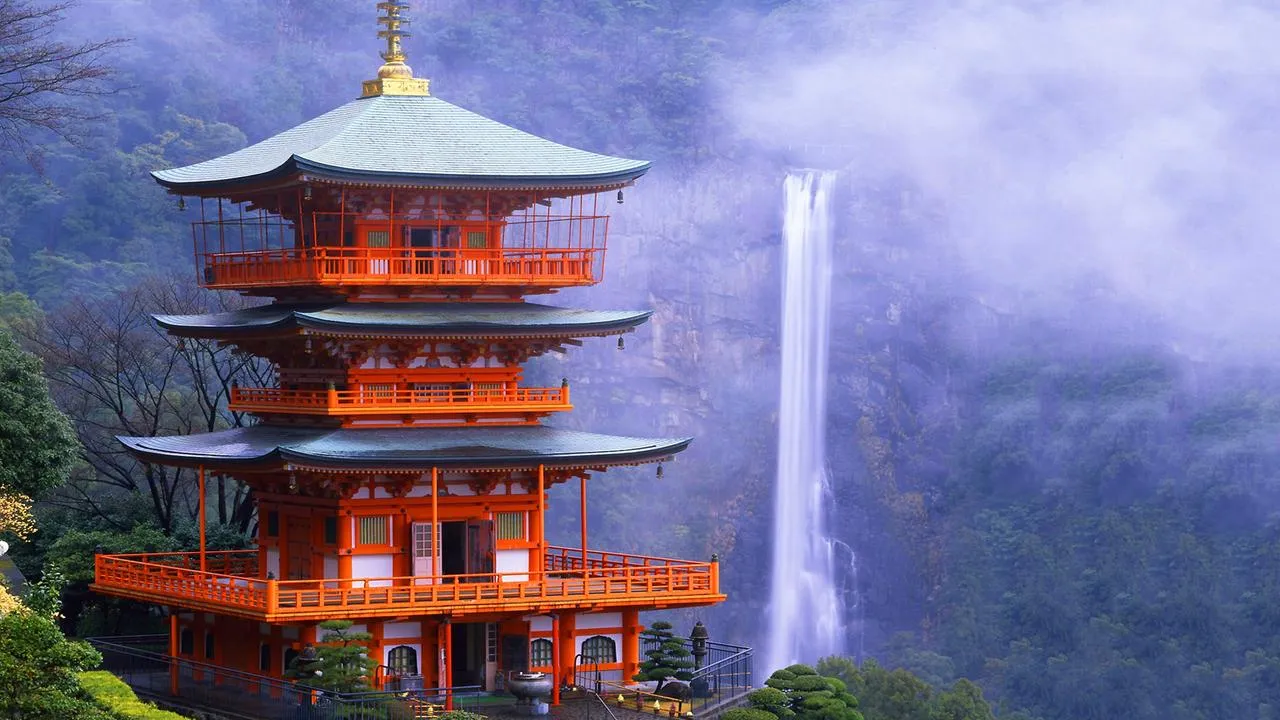
Why you should visit Kyoto in November
Kyoto weather in november, kyoto events in november.
- Kyoto's top places to visit in November
Flights, tours, and hotels in Kyoto
Video guide.
With its colorful foliage and pleasant weather, Kyoto in November offers a delightful experience for travelers. The stunning autumn leaves, known as koyo, paint the city in vibrant shades of gold, red, and orange, creating a magical atmosphere that is perfect for exploration and photography. This is also the time when the city is less crowded compared to the peak tourist season, allowing visitors to immerse themselves in the peaceful beauty of Kyoto .
In November, Kyoto experiences mild temperatures, with average highs around 16°C (61°F) and lows around 8°C (46°F). The city enjoys relatively low rainfall during this time, making it an ideal period for outdoor activities and sightseeing. The crisp, cool air complements the stunning autumn scenery, offering a comfortable environment for exploring Kyoto ‘s historical sites and natural wonders.
Arashiyama Maple Viewing
The Arashiyama district is renowned for its breathtaking maple trees, and November presents the ideal time for visitors to witness the peak of their autumn beauty. Walking through the famous bamboo groves and strolling along the Hozu River while being surrounded by the fiery red and golden leaves is an unforgettable experience.
Tofukuji Temple Autumn Light-Up
During November, Tofukuji Temple offers a mesmerizing light-up event, illuminating its picturesque gardens and iconic Zen architecture. The vibrant colors of the autumn foliage are magnificently showcased through the evening illumination, creating a captivating and serene atmosphere for visitors to admire and capture stunning photographs.
Kyoto International Film and Art Festival
For art and film enthusiasts, the annual Kyoto International Film and Art Festival takes place in November, featuring a diverse array of international and domestic works. Visitors can engage with innovative exhibits and screenings, immersing themselves in the creative and cultural essence of Kyoto ‘s art scene.
Kyoto’s top places to visit in November
Kiyomizu-dera temple.
Nestled in the Higashiyama district, Kiyomizu-dera Temple showcases panoramic views of the city and is renowned for its stunning architecture and autumn foliage. Visitors can savor the serene atmosphere and vibrant colors while admiring the cityscape from the temple’s elevated vantage point.
Gion District
Exploring the historic Gion district during November allows travelers to appreciate the traditional machiya houses and experience the enchanting beauty of the geisha culture amidst the backdrop of autumn leaves. The picturesque streets and preserved heritage offer an immersive journey into Kyoto ‘s rich cultural heritage.
Philosopher’s Path
The Philosopher’s Path, lined with cherry and maple trees, transforms into a mesmerizing kaleidoscope of colors during November. Walking along this scenic trail, visitors can revel in the tranquility of nature and contemplate the profound beauty of the changing seasons, making it an ideal location for leisurely strolls and peaceful contemplation.
Nijo Castle
Known for its historic significance and exquisite gardens, Nijo Castle presents a captivating sight amidst the autumn foliage, offering visitors a chance to appreciate the fusion of natural beauty and architectural grandeur. The castle’s expansive grounds and meticulously designed landscape provide a captivating backdrop for autumn-themed sightseeing.
Enko-ji Temple
Enko-ji Temple, a hidden gem nestled in the northern hills of Kyoto , is a serene retreat where visitors can witness the captivating beauty of its moss-covered gardens and tranquil pond, complemented by the vibrant hues of the surrounding maple trees. It offers a peaceful escape from the bustling urban environment, allowing travelers to immerse themselves in the serene ambiance of nature’s autumn palette.
It’s recommended to carry a camera to capture the stunning autumn colors and picturesque landscapes throughout Kyoto in November.
Tours in Kyoto
On our website you can compare prices at 120 of the most popular travel agencies
Hotels in Kyoto
On our website you can find and book hotels with a discount of up to 60% off
Flights in Kyoto
On our website you can compare prices on 728 airlines to find the most suitable tickets
More articles on this topic
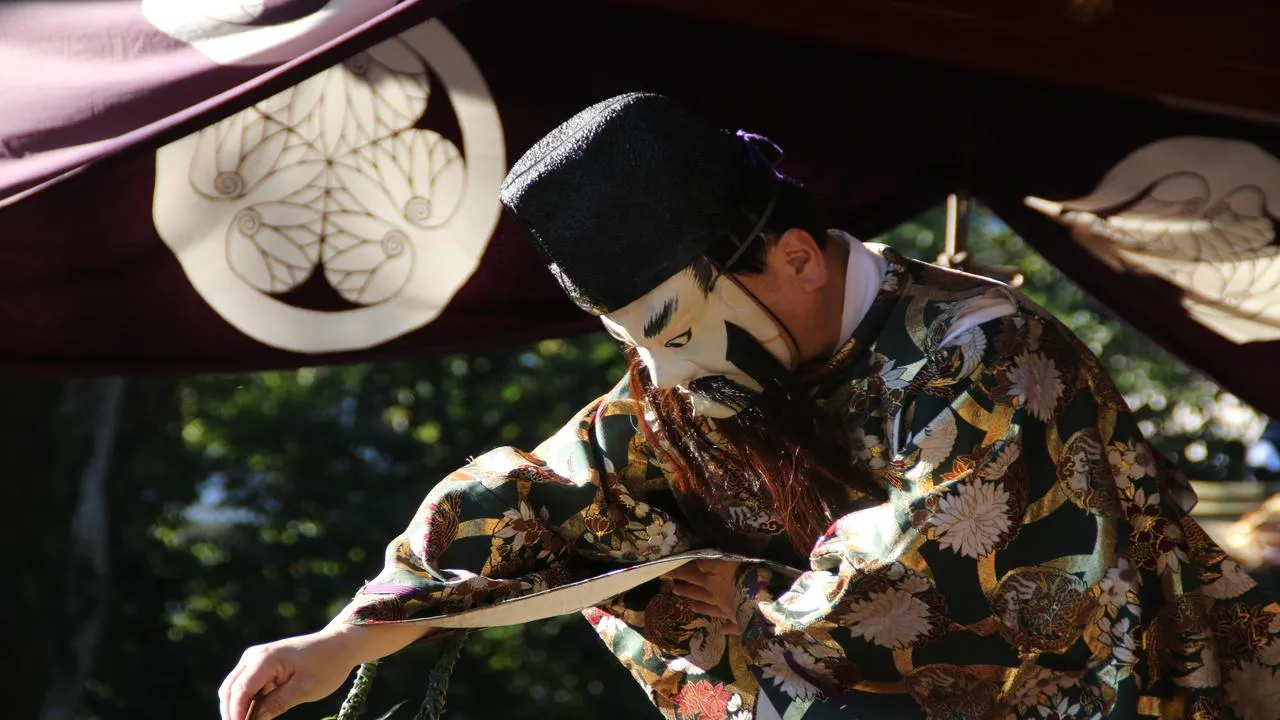
What to do in Fukuoka in May 2024
Why you should visit Fukuoka in May Fukuoka in May offers a delightful blend of warm weather, blooming landscapes, and vibrant cultural experiences. The city comes alive with festivals, making...

What to do in Shimla in October 2024
Why you should visit Shimla in October If you're planning a trip to India, October is the perfect time to visit Shimla. The weather is pleasant, the skies are clear,...

What to do in Sapporo in August 2024
Why you should visit Sapporo in August Sapporo is a vibrant city in August, offering a perfect blend of nature, culture, and fun-filled events. The city is renowned for its...
Inside Kyoto
A Kyoto Travel Guide
Kyoto Festivals and Events
The Kyoto year is packed with interesting festivals and events. Here is a summary of Kyoto’s biggest and most interesting annual festivals and events.

The festivals and events listed here are the big ones. Be sure to check our monthly events pages for smaller and one-off events that might be of interest. Just search for the month in question using the search box on this page.
In addition to the annual events listed here, don’t forget the two monthly flea markets held in Kyoto: the Kobo-san Market held on the 21st of every month at To-ji Temple and the Tenjin-san Market held on the 25th of every month at Kitano-Tenmangu Shrine .
Check Hotel Availability
Destination, check-in date, check-out date.

For information on what the weather is like each month in Kyoto, check out our Best Time to Go to Kyoto page.

1, 2, 3 January: Hatsumode (First Shrine Visit of the New Year) On New Year’s Eve, and on the first three days of the New Year (1, 2 and 3 January), Kyotoites visit either their local neighborhood shrine or one of Kyoto’s major shrines to pay for luck, success and health in the New Year. Visitors to Kyoto are more than welcome to join. Just be ready for crowds! For more on Hatsumode see our New Year’s in Kyoto page.
8~12 January: Toka Ebisu This is one of our favorite Kyoto festivals. It’s held at Ebisu-jinja Shrine, which is a short walk from either Gion-Shijo or Kiyomizu-Gojo Stations on the Keihan Line. It happens all day from the 8th to the 12th, but it’s best to go in the evenings, when the place gets packed and raucous. Ebisu-san is one of the Shichifukujin, the Seven Lucky Gods of Japanese mythology. Ebisu-san is the god of prosperity and so anyone looking to get rich shows up to ask for Ebisu-san’s blessings in the New Year. The main part of the ritual is throwing some cash into the donation box in front of the main hall, then ringing the bell and saying a prayer to Ebisu-san. After praying to Ebisu, people make their way around to the right side of the main hall and bang their fists on a board there and repeat their prayers. Ebisu-san is said to be hard of hearing – hence the need to make a racket. For full details, see our Toka Ebisu page.

2 and 3 February: Setsubun Setsubun marks the beginning of spring according to the old lunar calendar in Japan. Because it marks a new beginning, it’s the time to caste off old bad things and invite in good new things. At homes, people throw roasted soybeans out the door of their houses while shouting “Oni wa soto! Fuku wa uchi!” (Devils out! Good luck in!). People also commonly eat one roasted soybean for each year of their life, plus another for good luck in the coming year. Various temples and shrines around Kyoto hold Setsubun events, including Yasaka-jinja Shrine , Hiean-jingu Shrine , Yoshida-jinja Shrine, and Tenryu-ji Temple . Check the Kyoto February Events page for full details.
3~12 March: Higashiyama Hanatoro Higashiyama’s Hanatoro is one of the cooler events of the Kyoto year. It’s held in the Southern Higashiyama sightseeing district. Lanterns are placed along the lanes and roads of the area, all converging on Maruyama-koen Park, where various light sculptures and installations are on display (provided by Kyoto art school students). The effect is utterly magical. There is no better time for a stroll in this area. Don’t miss it if you’re in town.
Mid-March to the End of March: Southern Higashiyama Temple Illuminations For most of March, one or more of the major temples in the Southern Higashiyama District hold special evening temple illuminations, in which the buildings and gardens are illuminated. The effect is magical. Temples holding illuminations include Shoren-in , Kodai-ji , and Kiyomizu-dera . Check the March Events page for full details.
25 March~31 March (until 7 April): Kitano Odori Geisha Dance Each of Kyoto’s five geisha districts holds a major series of dance performances once a year. Four of these happen in the spring. This one, held by the geisha houses of the northern Kamishichiken Geisha District, is very special. The scale is rather intimate and the dance is always superb. It doesn’t necessarily feel like stepping back in time, it feels more like stepping out of time. Check out our Kyoto Geisha page for more details on Kyoto’s geisha.

1~7 April: Kitano Odori Geisha Dance See the March entry above for details on this geisha dance.
2~17 April: Kyo Odori Geisha Dance The second largest and grandest geisha dance in Kyoto, this one is put on by the Miyagawa-cho Geisha District. It’s a first-rate performance in every way and you should do everything in your power to catch a performance – it will be unforgettable. Some private tour operators and concierges can help you get tickets to the performances. Check out our Kyoto Geisha page for more details on Kyoto’s geisha.
Most of April: Southern Higashiyama Temple Illuminations For most of April, to coincide with the cherry blossoms, one or more of the major temples in the Southern Higashiyama District hold special evening temple illuminations, in which the buildings and gardens are illuminated. The effect is magical. Temples holding light ups include Shoren-in , Kodai-ji , and Kiyomizu-dera . Check the Kyoto April Events page for full details.
All of April: Miyako Odori Geisha Dance This is the mother of all geisha dances. Put on by the girls of the main Gion geisha district in a huge hall, this is a sumptuous feast for the senses. The number of geisha, the constantly changing sets, the outright bizarre sounds from the musicians and singers, it will be like nothing you’ve ever experienced before. If you can go, by all means, GO! You will not regret it. Private tour operators and concierges may be able to source you tickets. Check out our Kyoto Geisha page for more details on Kyoto’s geisha.

1~24 May: Kamogawa Odori Geisha Dance During most of the month of May, the girls of the Pontocho geisha district perform the lovely and quaint Kamogawa Odori dance in the Pontocho Kaburenjo hall, overlooking the eponymous Kamo-gawa River. While not as grand as the famed Miyako Odori, this dance is superb and you should make every effort to see it. Private tour companies and hotel concierges can help you secure tickets. Check out our Kyoto Geisha page for more details on Kyoto’s geisha.
3 May: Yabusame Shinji Yabusame, or horseback archery, is Japan’s most thrilling sport and this is your best chance to see it. Held in the long arcade that runs through the middle of the beautiful Tadasu-no-mori forest at Shimogamo-jinja Shrine , this event allows you to get really close to the horses and riders as they thunder past the targets, unleashing arrows as they go. I cannot stress this enough: If you can possibly get yourself to Kyoto on 3 May, do NOT miss it!
15 May: Aoi Matsuri The Aoi Matsuri is one of Kyoto’s three most important festivals (the other two are the Gion Matsuri and the Jidai Matsuri, held in July and November, respectively). The festival commemorates the time when a sixth-century emperor sent a retinue from the Imperial Palace to Shimogamo-jinja and Kamigamo-jinja shrines in hopes of appeasing the deities and ending a series of disastrous crop failures and epidemics. These days, the festival includes a procession from the Gosho (Imperial Palace) starting at 10.30am and continuing to Shimogamo-jinja Shrine and finishing at Kamigamo-jinja Shrine (arriving there around 3.30pm). The best places to watch the procession are in the Kyoto Gyoen (Imperial Palace Park) and the Tadasu-no-mori at Shimogamo-jinja Shrine.

Early June: Kyoten Okay, it’s not a festival, but this exhibition of Kyoto’s most skilled artists is always well worth seeing. It’s held at the Kyoto City KYOCERA Museum of Art (formerly Kyoto Municipal Museum of Art) for about a week in early June. Check the Kyoto June Events page for details.

7~10 August: Gojo-zaka Pottery Festival Gojo-zaka, which leads up to Kiyomizu-dera Temple , has always been known for its pottery. And, this three-day event celebrates that fact. If you’re a fan of pottery, get yourself there, but don’t expect to buy any treasures from unsuspecting merchants – these folks have been at it for decades.
16 August: Gozan no Okuribi (Daimonji Fire Festival) This is the highlight of the month of August. More commonly known as the “Daimonji Fire Festival,” this is when they set those massive Chinese characters on the hills around town ablaze. The main mountain is the eponymous Daimonji , which towers over Ginkaku-ji Temple and the rest of northern Higashiyama. It’s set alight promptly at 8pm, and the other four mountains are set alight in counterclockwise fashion every 15 minutes. The best places to view the scene include from the east side of Yoshida-yama, parts of the Kyoto Gyoen (Imperial Palace Park) , parts of the Kamo-gawa Riverbank , and, if you can afford it, a hotel rooftop beergarden.

Mid-September: Autumn Moon Viewing The harvest moon of September is usually spectacularly bright and clear. In the evening on the night of the full moon in September, moon viewing events are held at various shrines and temples around Kyoto, including Shimogamo-jinja Shrine , Kamigamo-jinja Shrine and Daikaku-ji Temple. Check the Kyoto September Events page for details.

22 October: Jidai Matsuri October 22nd is one of the biggest days of the year for Kyoto festivals: In the daytime, you can catch this event, and then head north in the evening to check out the Kurama-no-himatsuri (see following). The Jidai Matsuri, which means “Festival of the Ages”, involves a parade of people dressed in outfits from all the major Japanese historical periods. The parade route goes from the Kyoto Gosho (Imperial Palace) to Heian-jingu Shrine . It was first held in 1895, as a response to the relocation of the capital from Kyoto to Tokyo (the Kyoto government feared a loss of prestige and tourism). The best place to watch the parade is just after it departs the Gosho and makes its way through the Kyoto Gyoen (Imperial Palace Park) . The parade starts at noon and reaches Heian-jingu around 2.30pm.
22 October: Kurama Fire Festival This is arguably the most exciting festival of the year in Kyoto. It’s held in the village of Kurama , about 30 minutes by train from Kyoto. Teams of shouting men carry huge flaming torches through the narrow streets of this tiny mountain village. The atmosphere is positively primeval. After the parade, people gather round outdoor fires to drink. Just be warned that the trains to/from Kurama will be packed. Go early and stay late. And don’t get on that train before relieving yourself, especially if you’ve had a few beers.

1~10 November: Gion Odori The Gion Higashi geisha district puts on their annual geisha dance in the Gion Kaikan hall on Higashioji-dori in early November. This is the smallest of the city’s five geisha districts and their dance is both intimate and somewhat quaint – a stark contrast to the grand Miyako Odori held by the main Gion geisha district. This is part of the charm of the event. Also, this is the only major geisha dance to be held in the fall. Thus, we highly recommend this dance if you happen to be in town. Hotel concierges and high-end ryokan can usually help with tickets. Check out our Kyoto Geisha page for more details on Kyoto’s geisha.
All of November: Higashiyama Temple Illuminations For all of November, to coincide with the fall foliage, one or more of the major temples in the Southern Higashiyama District hold special evening temple illuminations, in which the buildings and gardens are illuminated. Other illuminations are held in Northern Higashiyama. The effect is magical. Temples holding light ups include Eikan-do , Shoren-in , Kodai-ji , Chion-in and Kiyomizu-dera . Check the Kyoto November Events page for full details.

Mid-December: Arashiyama Hanatoro This is a magical event: thousands of lanterns are placed along the lanes of Arashiyama , including the walkway through the famed Arashiyama Bamboo Grove . The effect is otherworldly. And you’ll find beautiful ikebana (flower arrangement) installations scattered about. If you’re in town, don’t miss it! Check the Kyoto December Events page for details.
31 December: Joya-no-Kane After feasting on New Year’s Eve, many Kyotoites head to their local temple to perform joya-no-kane, a sacred bell ringing ceremony. Here, people line up to ring the giant temple bells and wish for good fortune in the New Year (and to get rid of bad karma from the old). Technically, the bells are supposed to be rung 108 times, a number symbolizing the sins to which the flesh is heir, but many temples will allow everyone a chance to ring the bell even if it exceeds this number. For more on Joya-no-kane see our New Year’s in Kyoto page.
31 December: Hatsumode (First Shrine Visit of the New Year) On New Year’s Eve, and on the first three days of the New Year (1, 2 and 3 January), Kyotoites visit either their local neighborhood shrine or one of Kyoto’s major shrines to pay for luck, success and health in the New Year. Visitors to Kyoto are more than welcome to join. Just be ready for crowds! For more on Hatsumode see our New Year’s in Kyoto page.
Kyoto Vacation Checklist
- For all the essentials in a brief overview, see my First Time In Kyoto guide
- Check Kyoto accommodation availability on Booking.com and Agoda.com - often you can book with no upfront payment and free cancellation
- You can buy shinkansen (bullet train) tickets online from Klook - popular routes include Tokyo to Kyoto , Kyoto to Osaka and Kyoto to Tokyo
- Need tips on where to stay? See my one page guide Where To Stay In Kyoto
- See my comprehensive Packing List For Japan
- Buy a data-only SIM card online for collection when you arrive at Kansai International Airport (for Osaka and Kyoto) or Tokyo's Narita Airport . Or rent an unlimited data pocket wifi router
- Compare Japan flight prices and timings to find the best deals
- If you're making frequent train journeys during your visit, you might save money with Japan Rail Pass – see if it's worth it for you
- A prepaid Welcome Suica card makes travelling around Kyoto easy – here's how
- World Nomads offers simple and flexible travel insurance. Buy at home or while traveling and claim online from anywhere in the world
Kyoto District Map

- Central Kyoto
- Northwest Kyoto
- Northern Higashiyama
- Southern Higashiyama
- Downtown Kyoto
- Kyoto Station Area
- South East Kyoto
Disclosure: InsideKyoto.com is a participant in the Amazon Services LLC Associates Program, an affiliate advertising program designed to provide a means for sites to earn advertising fees by advertising and linking to amazon.com and amazon.co.uk. World Nomads provides travel insurance for travellers in over 100 countries. As an affiliate, we receive a fee when you get a quote from World Nomads using this link. We do not represent World Nomads. This is information only and not a recommendation to buy travel insurance.

10 Japanese Cities To Visit That Aren't Tokyo But Are Just As Scenic
- Otaru, Hokkaido: A charming harbor city with canals, brick buildings, sake distilleries, and stunning Mount Tenguyama.
- Yokohama, Kanagawa: Japan's second-most populated city with fancy department stores, a bustling Chinatown, and beautiful parks.
- Nagasaki, Kyushu: A renowned international hub with stunning night views, attractions like the Atomic Bomb Museum, and historic sites.
Tokyo may have once been a modest fishing village, but now it’s Japan’s capital and largest metropolis, boasting about nine million inhabitants, an exciting nightlife, elaborate vending machines, Michelin-starred restaurants, metro stations with anti-suicide lights, innovative cafés that use robots to serve orders, and even a taller copy of the Eiffel Tower.
Still, Japan has so much more to offer, from traditional villages stuck in time, like Shirakawa-Go , to peaceful temple complexes and beautiful islands in Japan with snow-capped mountains and sandy beaches. There are also many bustling cities to explore that may not be as large or inclusive as Tokyo but are just as scenic; here is a curated selection of the best Japanese cities to visit other than Tokyo for scenery and other amazing attractions and experiences.
Related: 10 Things To Buy In Kyoto If You're Visiting For The First Time
Otaru, Hokkaido: Discover One Of The Most Scenic Cities In Hokkaido In Japan's North
A small harbor city with dreamy canals in the center of hokkaido.
The Hokkaido region in northern Japan is famed for its seafood, dairy farming, and stunning national parks.
Out of all the cities in Hokkaido to visit, Otaru, with its well-preserved canal district , brick buildings, sake distilleries, and languid river is among the favorites; it makes for a relaxing and charming stop in the vicinity of the more touristic Sapporo.
- Most Scenic Spots: Otaru Canal (10-minute walk from JR Otaru Station); Old Aoyama Villa ($10/adult); Mount Tenguyama (by cable car southwest of the main station)
- Top Attractions: Herring Mansion ($3/adult; closed mid-November to early April); Historical Sakaimachi and Nichigin-dori streets for shopping and dining; Music Box Museum (free)
- Best Time To Visit: June and September for pleasant weather; Otaru Snow Light Festival in February (free)
- Getting There By Train: JR Hakodate line to Otaru Station from Sapporo Station (from $6.5/way)
Buying a JR Pass is recommended for extensive train travel across Japan.
Yokohama, Kanagawa: The Second Most Populated City That's One Of The Great Alternatives To Tokyo
Home to japan’s largest chinatown and a popular christmas market during the holiday season.
Yokohama is Japan’s second most populated city , with 3.7 million inhabitants.
Its famous port is an international trading hub, but the area also offers a lot of tourist attractions, such as fancy department stores, a bustling Chinese town, and international gardens, parks, and districts that can easily rival Tokyo.
- Most Scenic Spots: Yamashita Park in Kannai (free), Motomachi residential area, Yokohama Sankeien Garden (from $6/adult)
- Most Touristic Area: Minato Mirai 21 (Landmark Tower and Red Brick Warehouse for shopping and dining); Chinatown
- Best Time To Visit: September to November and March to May for less humidity
Nagasaki, Northwest Coast Of The Island Of Kyushu: Offers Some Of The Best Night Views In The World
The iconic japanese city hosts the world’s longest relay race in november and was certified for its night views.
Nagasaki is the largest city of the Nagasaki Prefecture on the island of Kyushu, spanning an area of 156.70 square miles.
Despite its tragic history in World War II, it has become a renowned international hub and was certified in 2012 as one of the World’s Top Night Views, along with Hong Kong and Monaco.
- Most Scenic Spots: Mount Inasa and Nagasaki Ropeway ($8/roundtrip); Dejima Wharf bayside for dining and night views
- Top Attractions: Atomic Bomb Museum ($1.3/adult; 8:30 a.m. and 5:30 p.m.); Oura Cathedral; Peace Park; Sanno Shrine; Sofukuji Temple
- Best Time to Visit: Nagasaki Lantern Festival (first 15 days of the Chinese New Year); Nomozaki Daffodil Festival in Suisen-no-Sato Park (early January); cherry blossom season (early spring)
Related: Shop Till You Drop: The Most Iconic Vintage Shops In Tokyo
Kyoto, Island Of Honshu: One Of The Most Historic Cities In Japan And The Country's Ancient Capital
The city of imperial palaces, buddhist temples, and shinto shrines.
Kyoto, the former capital , beautifully embodies the values of tradition and culture. It is highly recommended to explore the rural side of Kyoto on the scenic, 25-minute Sagano Romantic Train ride .
It regularly departs from Saga Torokko Station and treats guests with panoramic views of the Hozugawa River.
- Most Scenic Spots and Activities: Sagano Romantic Train ($6/one way); Ginkaku-Ji Zen temple ($3.56); Arashiyama Bamboo Grove (free; open 24 hours); Fushimi Inari Shrine hike (free; 24 hours)
- Top Attractions: Nijo Imperial Castle and gardens ($9.27/adult; $16.5 for English guided tour ); Kyoto Imperial Palace (free); Yasaka Pagoda near Gio District (free)
- Best Activities: Kabuki performance at Minamiza Theater (from $13); Fufu No Yu Onsen public bath (from $7.13/adult); Nishiki Market for shopping (stalls open from 9 a.m. to 6 p.m.)
- Best Time to Visit: March, April, and October
Kyoto Imperial Palace visitors will be asked to provide a form of identification, and those who are under 18 need to be accompanied by adults. Also, tattoos should be covered in a public bath.
Naha, Okinawa: This Far Southern Tropical Island Feels Like A World Away From Tokyo
The vibrant capital city of japan's premier tropical island.
There are so many things to do on the tropical island of Okinawa , from chilling on its white-sand beaches to exploring its lush jungles.
Naha, its capital city , is located in the south and offers numerous picturesque and fun attractions, from Shurijo Castle Park and Naminoue Beach to ferry rides, island hopping, and shrine tours.
- Top Scenic Activity: Ferry or high-speed boat to Kerama Islands (departure from Naha’s Tomari Wharf; from $11)
- Top Attraction: Shurijo Castle Park (from $2/adult)
- Best Activities: Kokusai Street for shopping and dining; Naminoue Public Beach and Shinto Shrine (Buses 2, 5, 15, 45)
- Best Time to Visit: March and April and October to December
Takayama, Gifu:
Home to the biannual takayama festival.
Europe boasts many breathtaking alpine landscapes to explore , but Takayama is Japan’s indisputable base for alpine adventure and was selected as one of the top ten travel destinations in Asia by Lonely Planet Magazine in 2017.
Takayama is easily one of the most beautiful cities in Japan to visit and is perfect for outdoor adventurists, thanks to its alpine and historic appeal. Travelers shouldn't miss out on the Takayama Street Festival, either.
- Most Scenic Activities: Mount Norikura for hiking; Shinhotaka Ropeway (from $12 one way)
- Best Activities: Sanmachi District for historic buildings, sake breweries, and craft shops; morning artisanal and produce market on Miyagawa River; Hida Folk Village (Edo open-air museum; 8:30 a.m. to 5 p.m.; $4.6/adult)
- Best Time to Visit: April and October for the Takayama Street Festival (float parades and marionette shows; Tourist Information Office: +81-577-32-5328); October for fall foliage
Hotels in Takayama get booked out many months ahead of the festival dates.
Himeji, Kansai Region: The Official Sister City Of Phoenix, Arizona
Home to a majestic white feudal castle.
Nestled in the central-western part of the Harima Plain, Himeji is the second-largest city in the Hyogo prefecture and the sister city of Phoenix, Arizona’s capital and sizzling adventure hub .
Featuring Koko-en Traditional Garden, Harima Kokubun-ji Buddhist temple, Okioshio Castle ruins on Mount Ojioyama, and the iconic Himeji Castle all nearby, Himeji is easily one of the best cities to visit in Japan other than Tokyo when it comes to scenic, historic spots.
- Most Scenic Spot: Koko-en Traditional Garden ($2/adult)
- Top Attractions: Himeji Castle (from $6.6/adult; 9:00 a.m. to 5:00 p.m.); Okioshio Castle ruins on Mount Ojioyama; Harima Kokubun-ji Buddhist temple; Tegarayama Botanical Garden; Shoshazan Engyo-ji temple complex (from $3.3/adult)
- Challenging Activity: Mount Seppiko for rock climbing
- Best Time to Visit: Cherry blossom season (late March through early April)
Scenes from the movie The Last Samurai were filmed in Engyo-ji.
Related: Three Days In Japan: 10 Cities You Can Explore In Only 72 Hours
Nara, South-Central Honshu: A Scenic And Historic Japanese City Home To Free Roaming Deer
The city where tame sika deer roam free in the famous nara park.
Nara , sitting on the border of the Kyoto Prefecture, is one of the most beautiful cities to visit in Japan other than Tokyo. Also, Nara is one of Japan’s best places to visit for animal lovers .
Not only is it surrounded by majestic temples, but it also protects over 1000 sika deer, which roam the streets freely and are pet and fed by locals and tourists alike.
- Most Scenic Spots: Isui-en Traditional Garden ($8/adult); Kasuga Taisha Shrine; Mount Wakakusa hike
- Top Attractions: Nara National Museum ($4.6/adult); Todaiji Temple ($4/adult); Kofukuji Temple complex ($4.6/adult); Naramachi traditional neighborhood
- Unique Activity: Nara Park for deer feeding and photos
- Best Time to Visit: Cherry blossom season (end of March/beginning April); November for peak fall foliage; Nara Tokae Lantern Festival in August
Sapporo, Island Of Hokkaido: The Ultimate Foodie City In Japan
Famed for its beer, king melon, seafood, chocolate cookies, and also ski resorts.
Some Asian cities are every food lover’s dream , and Sapporo, Hokkaido’s largest metropolis , is the place to be to chug its titular, world-famous beer or bite into a Shiroi Koibito, its signature chocolate, finger-shaped cookie.
What's more, Sapporo offers a gateway to some of the best skiing in Japan; Hokkaido has the longest winter of all prefectures in Japan, and Sapporo is the perfect base for some of the country's top ski resorts.
- Most Scenic Spot: Mount Moiwa ropeway ($14/roundtrip), forest, and The Jewels glass-walled restaurant
- Top Activities: Nijo Fish Market; Shiroi Koibito Park and cookie factory tour (from $5.3/adult)
- Best Time to Visit: Sapporo Chrysanthemum Festival (beginning November; from $5.3/adult for special areas); June and July
Kobe, Osaka Bay: Home To The Most Expensive Beef In The World
A vibrant port city famed for its marbled beef, which costs over $200 for a single portion.
Kobe is Japan’s third-largest port city after Tokyo and Yokohama and the birthplace of the world’s most expensive beef, with single portions selling for more than $200.
Kobe is also one of the best cities in Japan other than Tokyo for its scenery, thanks to Mount Rokko nearby, which offers incredible views of both Osaka and Kobe.
- Most Scenic Spots: Mount Rokko for panoramic views of Kobe and Osaka; Nunobiki Falls; Kitano-Cho for Victorian and Gothic residences
- Top Attractions and Activities: Arima Onsen hot springs (from $4.3); Great Hanshin-Awaji Earthquake Memorial ($4/adult); Nada District for sake breweries; Akashi Kaikyo suspension bridge ($2 for exhibition area); Port Tower in Meriken Park; Kobe Hankyu department store
- Best Time to Visit: Late September to November and March to May


IMAGES
VIDEO
COMMENTS
Yes, November can be a great time to visit Kyoto if you are looking for fall colors! Since it's nature, the exact time of the month that is best for the changing colors of the leaves can vary from year to year depending on when it starts to get cold. But in general, there's a good chance you will see vibrant fall colors if you visit Kyoto ...
Temperatures in November start to drop in Kyoto as the season moves closer to winter. Fall in Kyoto typically sees daytime temperatures range from lows of 8c-17c (46f-63f) and drier weather as it's further from typhoon season than October. Daylight is approximately 10-11 hours in Kyoto in November.
November sees Kyoto blaze with fall colors. November rivals October and late spring as the best time to visit Kyoto. Skies are clear, and temperatures are pleasantly cool. Fall foliage usually peaks late in the month, and the city gets crowded. Key events: Fall foliage ( kōyō) viewing.
Key Takeaways. Kyoto's November is filled with enchanting events such as the Gion Odori and Kyokusui no Utage, showcasing the skill and elegance of maiko and geiko, as well as traditional dances and poetry recitations. The Hitaki-sai Fire Festival in various shrines in Kyoto, particularly Fushimi Inari Shrine, is a spectacular display of fire ...
Autumn in Kyoto: What to expect. The weather in Kyoto in autumn is much milder than the summer and just before the chilling sting of winter arrives. But most importantly, with the arrival of autumn comes those gorgeous colored leaves known as koyo. Look forward to temperatures between 23ºC and 28ºC.
November is a great time to visit Kyoto. The weather is usually moderately chilly with a gentle breeze, with temperatures ranging from 44—59°F (6—15°C). There are plenty of events to check out and activities to try in Kyoto during this time. Some of our top recommendations: visit the Eikando Temple for the autumn light-up event, explore ...
7°C (44.6°F) - 29° (84°F) Pleasant weather, stunning foliage display, decent prices. Best time to visit Kyoto. The best times to visit Kyoto are October/November (Autumn) and April (Spring). October and November come with very pleasant weather and the leaves start to turn into a beautiful foliage display. It's called koyo, and it's ...
November. The autumn foliage peaking in Kyoto during November brings scores of tourists from around the world to take in the famous sights, with shrines, temples, and businesses all over the city displaying their seasonal charm. The chill of autumn hangs in the air as Kyoto's flora is engulfed with rich shades of red, orange, and yellow.
The best times to visit Kyoto are from March to May and from September to November when the weather is the mildest. However, the blooming cherry blossoms in spring and the vibrant fall foliage are ...
Mid-November. For 2023, reservations must be made before your visit. Please make reservations via website. Special Admission: Nov.1(Wed) - Dec. 3 (Sun), 2023: Renge-ji Temple Mid-November. Kurama-dera Temple Early November. Kifune-jinja Shrine ... Visit Kyoto; Kyoto City Tourism Association
The best time to visit Kyoto, Japan, is either in the mid- to late spring (April to May) or mid- to late autumn (October to November). These spring and fall months fall within the tourism shoulder season. Visiting at this time, you'll (mostly) avoid the big tourist crowds and hot & humid weather of the summer months while still enjoying mild ...
Kyoto's rainy season is in spring, and winter does have its share of snowy days. For first-time visitors finding one of the cities, many food stalls are a real treat. The average temperature in Kyoto during the winter ranges from the low 30s to mid-50s. In late winter and early spring, cherry blossom season will begin.
The best time to visit Kyoto might be in late spring when the cherry blossom bloom or during fall foliage in mid-November. But honestly, every season in Kyoto has something beautiful to offer. The rainy season brings fresh and vibrant greenery; sunny days are perfect for exploring the city's historic sites.
Kyoto Weather in November. November temperatures in Kyoto: Average high (C/F): 17/62 Average low (C/F): 8/546. November rivals May as the best time to travel in Kyoto. The weather is usually warm or cool and sunny skies predominate. Kyoto's famous fall foliage is lovely during mid- to late November. Kyoto Festivals and Events In November
Best & Worst Times to Visit Kyoto in 2024. The most popular times to visit Kyoto are for cherry blossom season in early April and fall colors season in mid to late November. From a beauty perspective, these are the "best" times of year in Kyoto. It's world-renowned during both seasons, and these are the peak travel seasons for good reason.
Kyoto is especially beautiful in November. There's no place quite like Kyoto. Walking through Kyoto's Southern Higashiyama Ward offers an incredible insight into Japan's history and ancient traditions. It's an absolute must-do on any visit to Japan whenever you visit. For autumn colours near Kyoto, consider visiting the nearby Nara ...
November Temperatures In Kyoto: Average high (C/F): 17/62. Average low (C/F): 8/546. Kyoto Weather In November. November rivals May as the best time to travel in Kyoto. The weather is usually warm or cool and sunny skies predominate. Kyoto's famous fall foliage is lovely during mid- to late November. :: Check availability and pricing for ...
November 2024 is Kyoto's peak fall color dates, great weather, special events & night illuminations, and festivals at temples & shrines. Despite heavy crowds, it's an excellent month to visit Japan, and you'll have too many choices for seasonal things to do during a November trip to Kyoto. Note that exact dates listed below are tentative ...
The average temperature in Kyoto in November ranges between 17-degree Celsius and 8-degree celsius. It is a good time to explore the city without any hassle. Kyoto in November weather is cool and pleasant so you can expand your horizons. The city experiences autumn season which makes everything look extra beautiful.
The best times to visit Kyoto with the most pleasant weather are in spring (March to May) to enjoy the exquisite scenery of pink cherry blossoms and in autumn (September to November) to admire the multicolored autumn foliage. Typhoons often occur around September and bring heavy rain. Summer (June to August) is hot and humid, with August being ...
Kyoto Weather in November. In November, Kyoto experiences mild temperatures, with average highs around 16°C (61°F) and lows around 8°C (46°F). The city enjoys relatively low rainfall during this time, making it an ideal period for outdoor activities and sightseeing. The crisp, cool air complements the stunning autumn scenery, offering a ...
The Aoi Matsuri is one of Kyoto's three most important festivals (the other two are the Gion Matsuri and the Jidai Matsuri, held in July and November, respectively). The festival commemorates the time when a sixth-century emperor sent a retinue from the Imperial Palace to Shimogamo-jinja and Kamigamo-jinja shrines in hopes of appeasing the ...
Central Kyoto is home to two of the city's most popular sights: Nijo-jo (Nijo Castle) and the Imperial Palace—book a private tour to gain a deeper historical perspective. After visiting each, you can escape the crowds and enjoy a stroll in the leafy Kyoto Gyoen (Kyoto Imperial Palace Park), the Kyoto Botanical Gardens, or around the beautiful Shinto shrine, Shimogamo-jinja.
Nara, sitting on the border of the Kyoto Prefecture, is one of the most beautiful cities to visit in Japan other than Tokyo. ... Best Time to Visit: Late September to November and March to May